- ~ Home
- ~ Caminos Teresianos (The Way of St. Teresa)
- Day Five, Camino Teresiano, Part II
Jump to Camino Teresiano Stages
Garcihernández to Alba de Tormes, Day Five on the Camino Teresiano, Part II, 9.83 Kilometers (6.1 Miles)
Disclosure: the PilgrimageTraveler.com is an associate of Booking.com, Roamless, and Amazon. As associates of these merchants, we earn from qualifying purchases from our links.
Alba de Tormes, where the tomb of St. Teresa of Jesus lies, is the final destination of the Camino Teresiano. Our Part II of day five guides you on the final 10 kilometers of this special route of Santa Teresa, from cradle to grave, "de la cuna al sepulcro," and takes you on a brief picture tour of the special sights of Alba.
“It is foolish to think that we will enter heaven without entering into ourselves.” ~ St. Teresa of Jesus
There is no better place to examine yourself and your life than walking on the high plateaus of the Camino Teresiano. I highly recommend that you read any of St. Teresa's complete works, prior to walking this Camino and I challenge you to not only complete one, but meditate on its meaning for you and your life. It is no easy task!
🙋♀️ Why Trust Us at the Pilgrimage Traveler?
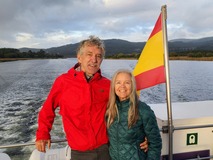
We’re not a travel agency ~ we’re fellow pilgrims! (See About Us)
We've trekked Pilgrimage Routes Across Europe since 2014!
💬 We’ve:
- Gotten lost so you don’t have to. 😉
- Followed waymarks in the glowing sunlight, the pouring rain and by moonlight. ☀️🌧️🌙
- Slept in albergues, hostels & casa rurals. Ate and drank in cafés along the way. 🛌 😴
- Created comprehensive and downloadable GPS maps and eBook Guides, full of must-have information based on real pilgrimage travels. 🧭 🗺️
- Shared our complete journeys, step by step to help YOU plan your ultimate pilgrimage and walk with your own Heart and Soul. 💙✨
Every detail is from our own experiences. Just fellow pilgrims sharing the Way. We have added a touch of spirituality, heartfelt insights and practical guidance from the road ~ offering a genuine connection to the spirit of pilgrimage. Tap into the wisdom of seasoned pilgrims!
Ultreia and Safe Pilgrimage Travels, Caminante! 💫 💚 🤍
Maps and Stats of Day Five on the Camino Teresiano, Part II
Here is our interactive Google map created from our GPS tracks. There are no services and no water available in this 10 kilometer stretch between towns, so if you are doing this part as a long day, Garcihernández is the place to fuel up.
There are no accommodations in Garcihernández which is a shame. If you are looking for a place to stay in Alba de Tormes, click this link here. There is no municipal albergue in Alba, but you can inquire in advance at the Casa de Oración Teresa de Jesús (+34 923 30 02 11) on the Plaza Santa Teresa, about staying here at the convent. We stayed right on the Plaza in the Hostal Residencia El Trébol (+34 923 300 089), an adequate and economical place. You can only reserve the hostal by phone, despite my link to their Facebook page.
Walking on after our completion of part I of our day five, I must say that part II was tough. The afternoon had become quite hot and because of it the 60 meter (200 feet) climb felt strenuous. It felt even more strenuous with the addition of the 27 kilometers prior to the climb!
There is a total elevation gain for the stage of 150 meters (about 500 feet) and a bit less elevation loss on the long descent into Alba de Tormes.
👣 Caminos Teresianos EBook
Walk smarter with our ad-free, beautifully formatted and downloadable Caminos Teresianos Guide in PDF Format ~ perfect for offline use in the remote areas along the Way. Includes daily stage details, alternative routes and stunning photos! Our eBook Guide is unique because we also entertain and immerse you with our story!
Don't carry a heavy guide book to increase your pack weight. Use our digital guides on your next Camino instead! Now you can walk with clarity and confidence through the high plains of central Spain!
📲 Instant download. 💸 Money-back guarantee. 🔄 Free updates for 1 year.
👉 Click here for more info or BUY NOW!
Jump to Camino Teresiano Stages
Photo-Rich Travelogue for Day Five on the Camino Teresiano, Part II to Alba de Tormes
As I stated in part one, it was at about 15 kilometers, prior to arriving in Garcihernández that I felt a pain behind my left kneecap. Despite a rest break, the pain continued. I was less concerned by the pain because it was not constant, and I could still move my leg without difficulty. So I carried on.
We passed the St. John the Baptist church, shown below, after our break at the Bar de Cuatro, and turned southwest, to the left, proceeding on the Calle Larga, shown in the next photo.
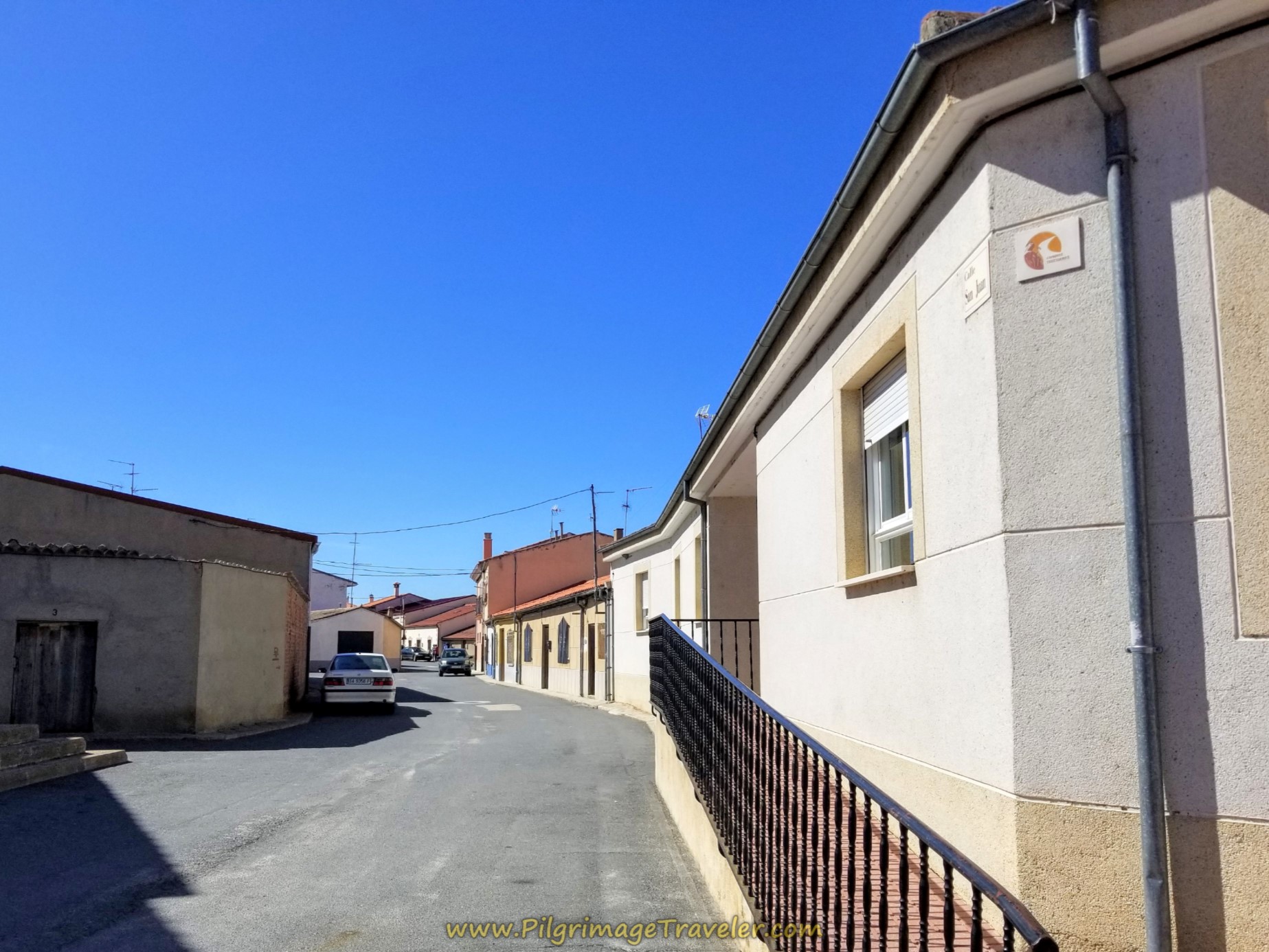 Teresiano Waymark Along the Calle Larga
Teresiano Waymark Along the Calle LargaIn approximately 300 meters you see the grocery store, the "Udaco" on your left. Another appropriate place to get a beverage and food.
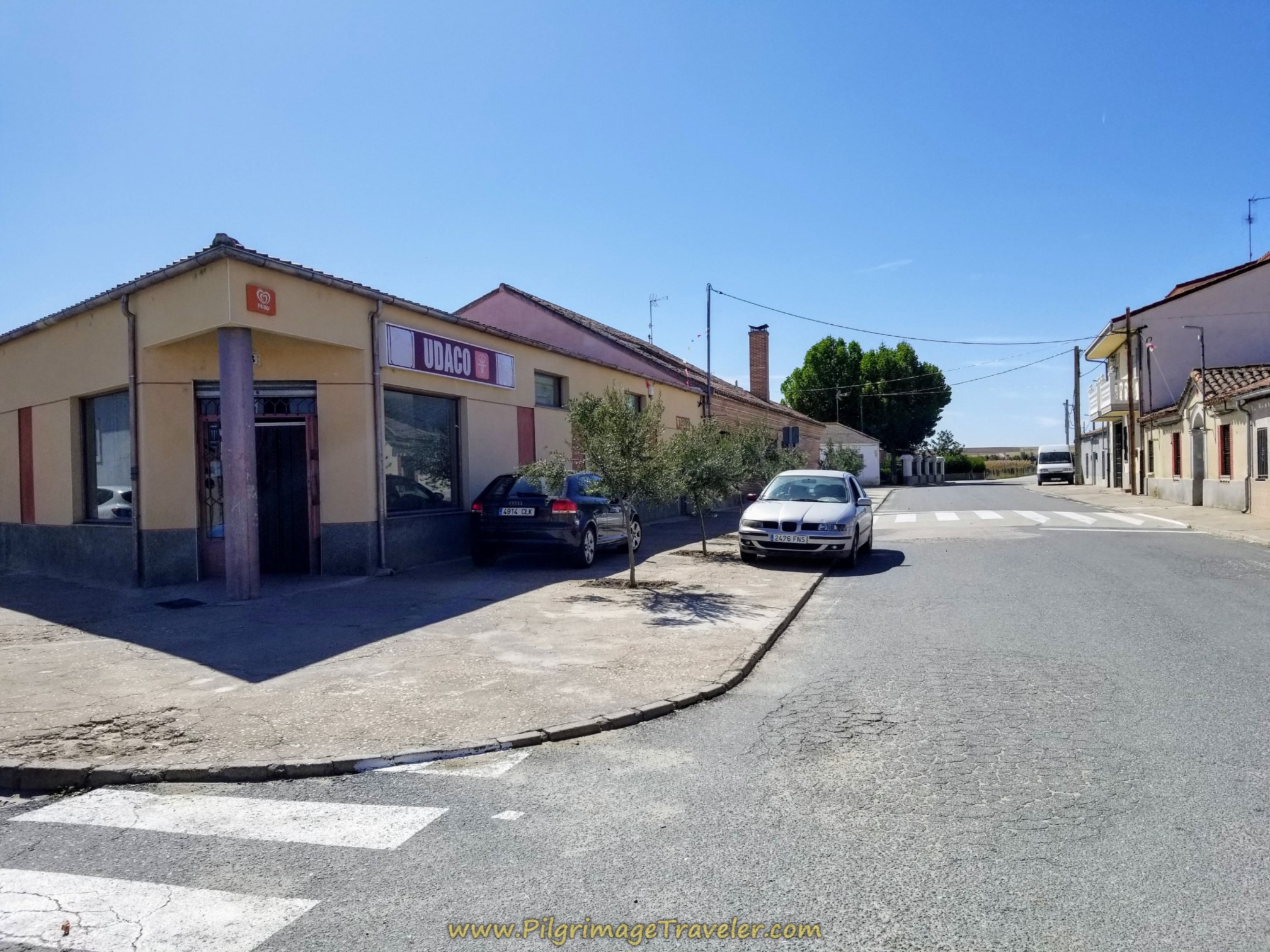 Pass the Supermercado San Juan
Pass the Supermercado San JuanThe Calle Larga becomes the Calle Iryda after the grocery store, and soon you are on the open, paved road as you walk out of town.
After approximately 600 meters more, the Calle Iryda comes to a T-intersection with the main road from Garcihernández to Alba de Tormes, the SA-114. We had logged a total of 22.8 kilometers at this juncture (from Mancera de Abajo).
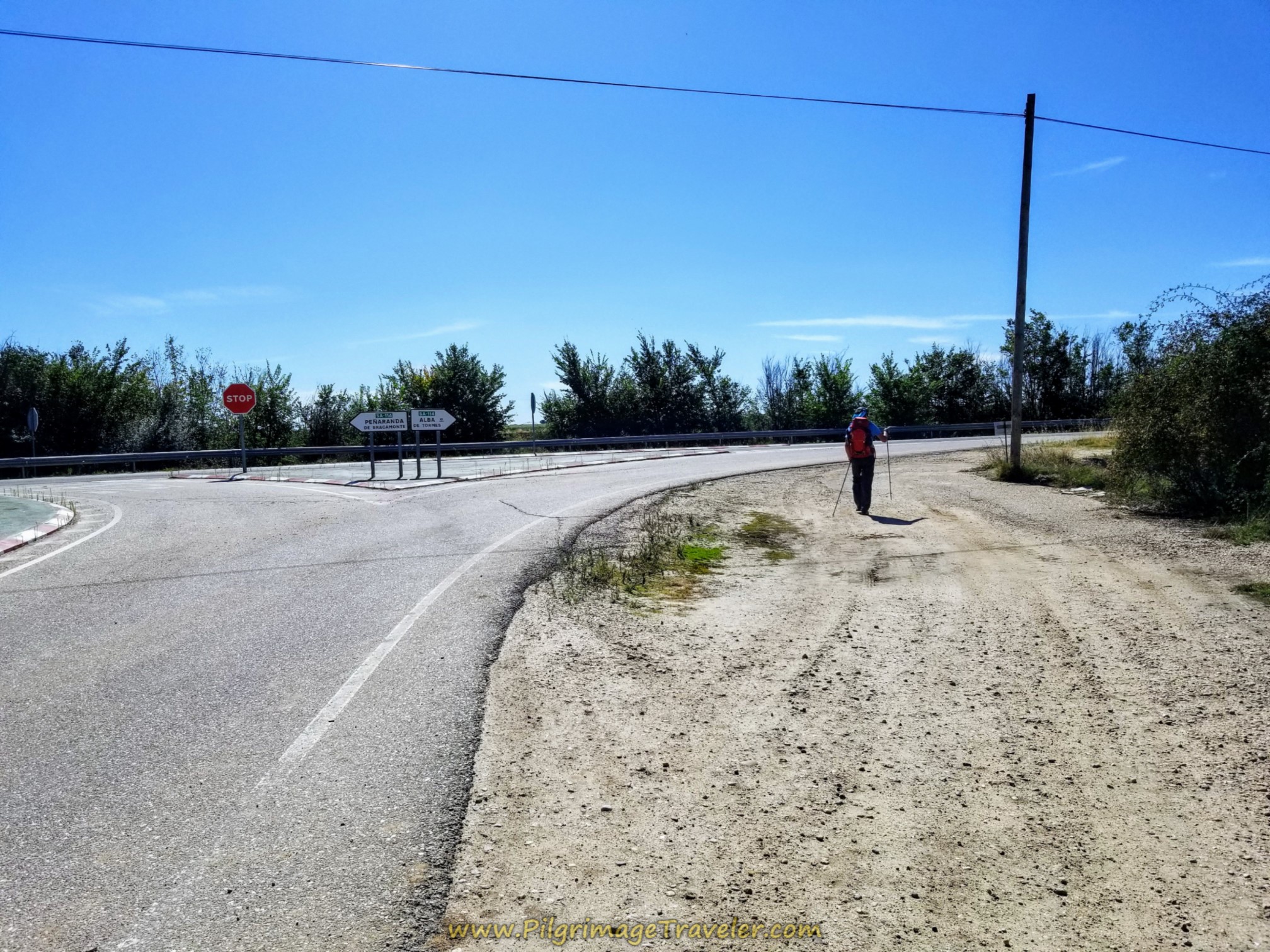 Right Turn Onto SA-114 Frontage Road
Right Turn Onto SA-114 Frontage RoadAs you come to the intersection, on your right you can see a nice tractor lane, along the frontage of the SA-114. This is your path. The large white sacks on the right side of this photo below, are filled with newly-harvested potatoes.
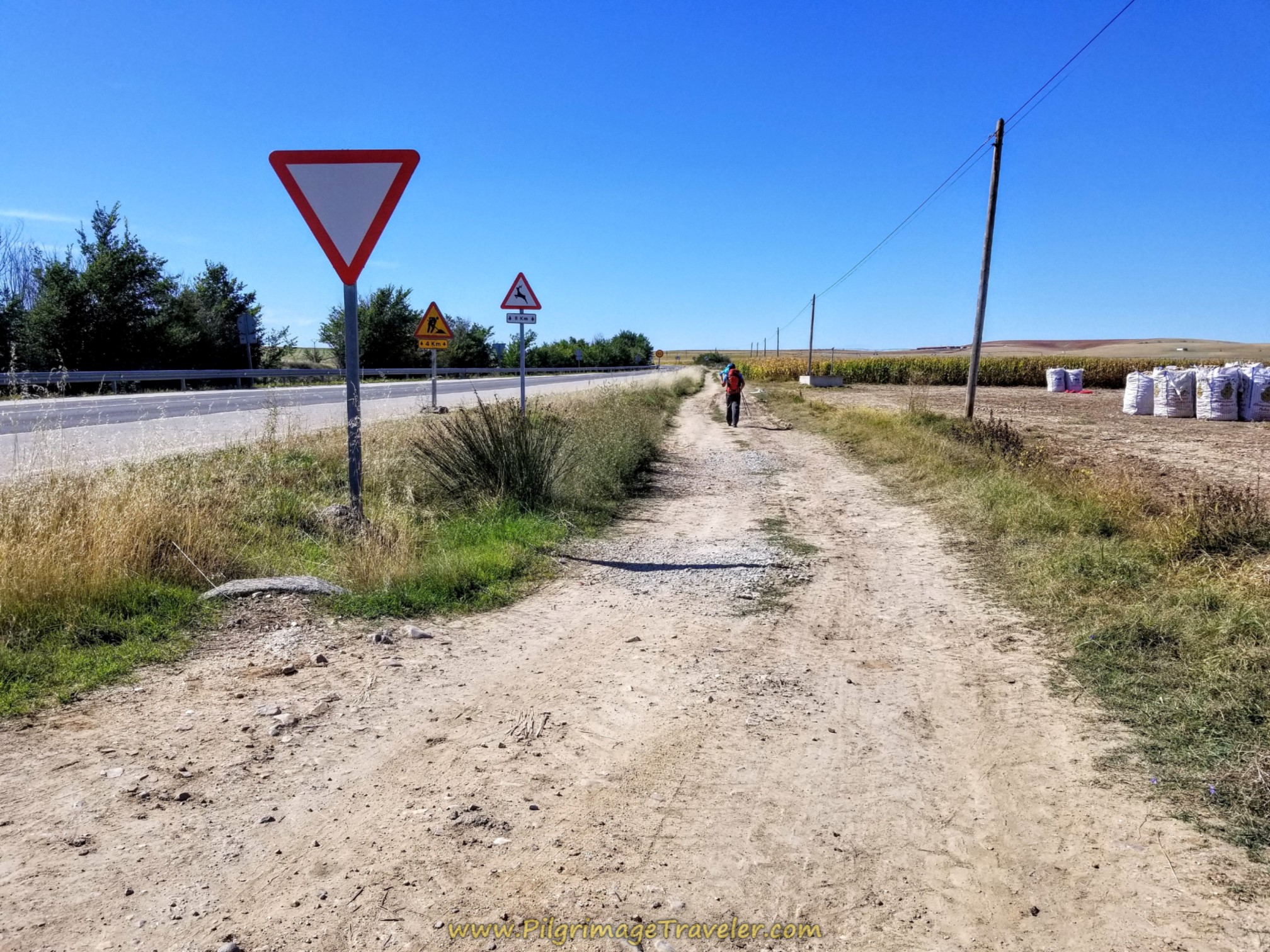 Follow the SA-114 on Frontage Lane
Follow the SA-114 on Frontage LaneThe frontage lane becomes more obscure in places, and is more of a nice double footpath, albeit close to the road. We found this stretch to be not all that pleasant because the AS-114 is a busy road. However, it was definitely better than walking on the shoulder of the road itself. You can also see that the walk here is on a gradual incline.
And then, you see a clump of trees stretching out in front of you ahead.
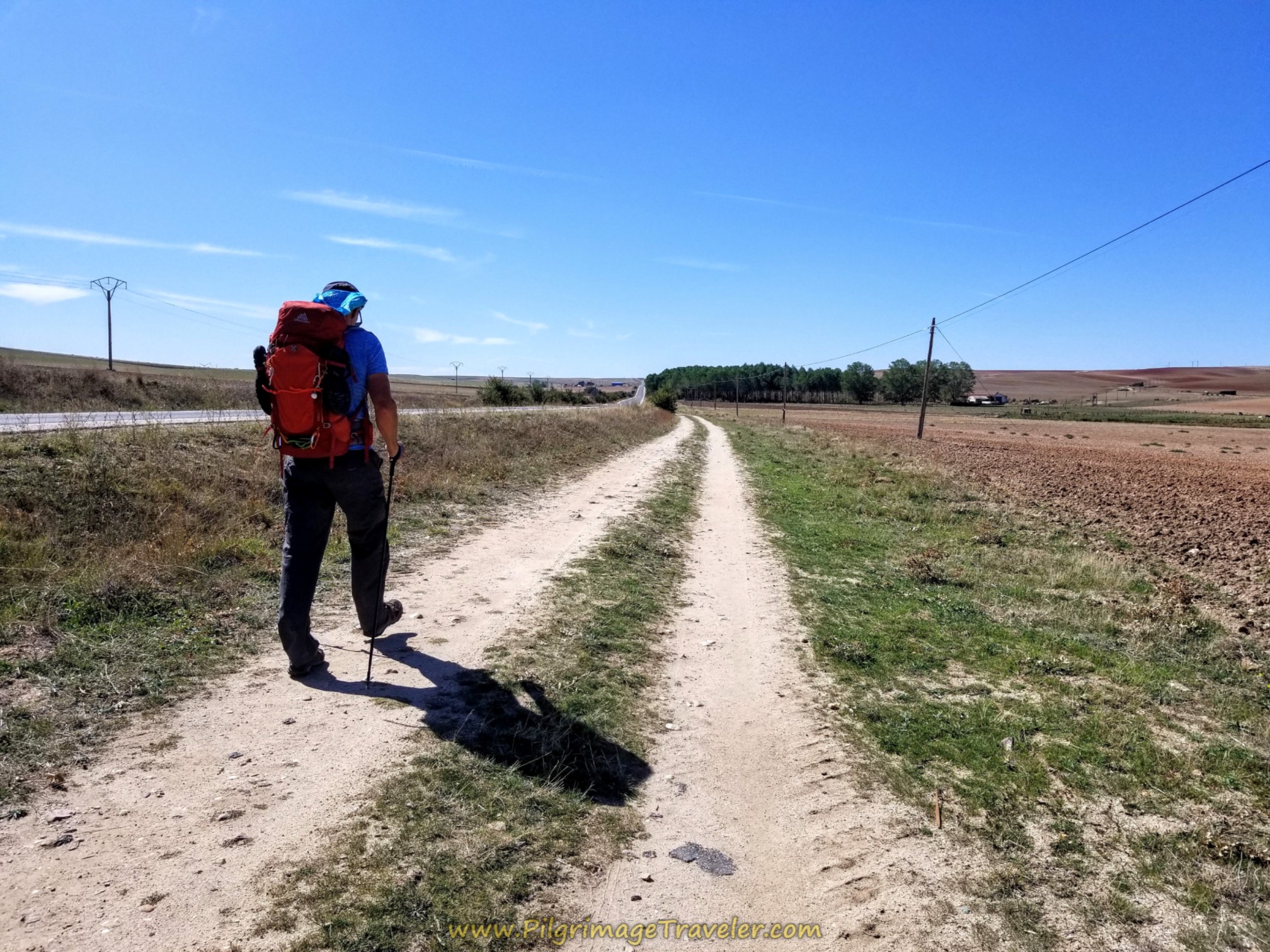 Long Stretch by the SA-114
Long Stretch by the SA-114It is not quite 2.0 kilometers when you arrive at the clump of trees, and see the lane turn to cross the AS-114. We were at 24.8 kilometers total. My knee was complaining, but I carried on in silence. This was no suffering at all compared to what St. Teresa had to take on in her life.
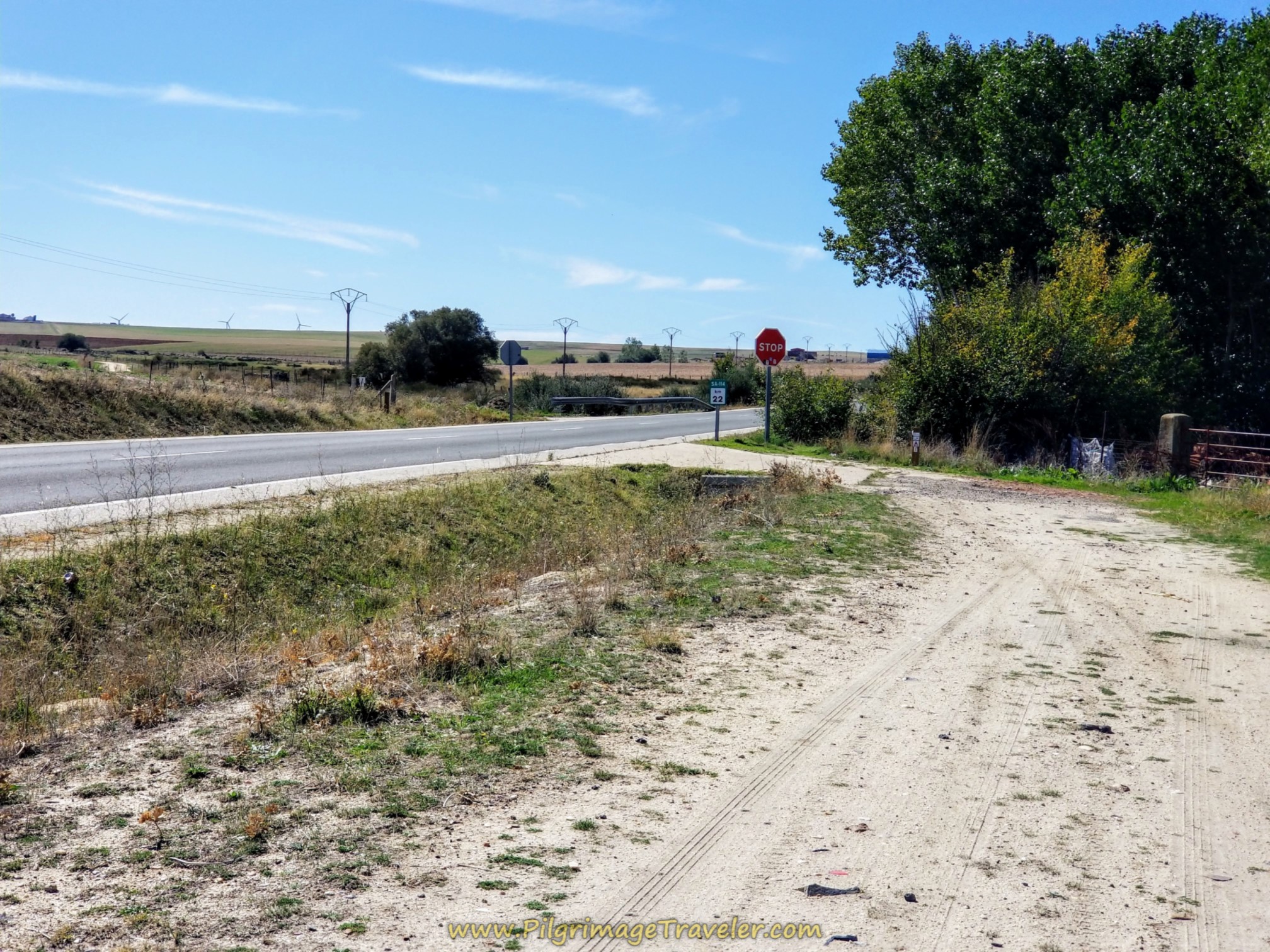 Cross the SA-114 at the Cluster of Trees
Cross the SA-114 at the Cluster of TreesThe way to Alba de Tormes is clearly marked as forward, and up this farmer's lane. I knew that I was going in a direction that was more out of the way of the more direct route on the road, but I think I couldn't believe that the Camino planners would make it as far out of the way as it was going to be.
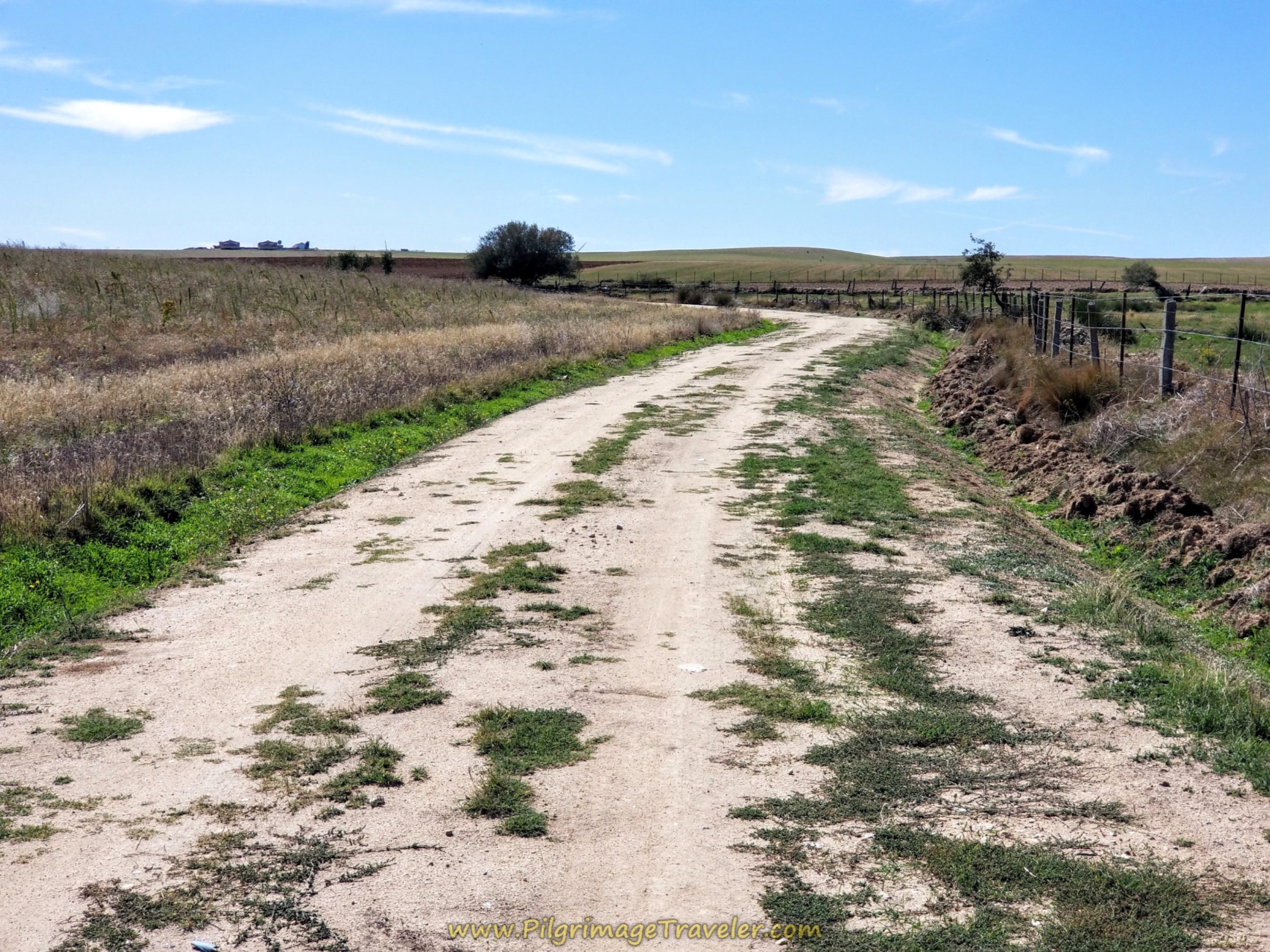 Head Up on this Lane
Head Up on this LaneThe road continued its short steep climb, southwest, then east for a full 900 meters. Argh! It was a grunt, on the hot open terrain. This climb is the little solitary hump you see in the elevation profile above.
Fortunately, the climb in the photo above ends before the top of the hill, and turns right after 900 meters, onto this rough tractor lane shown below.
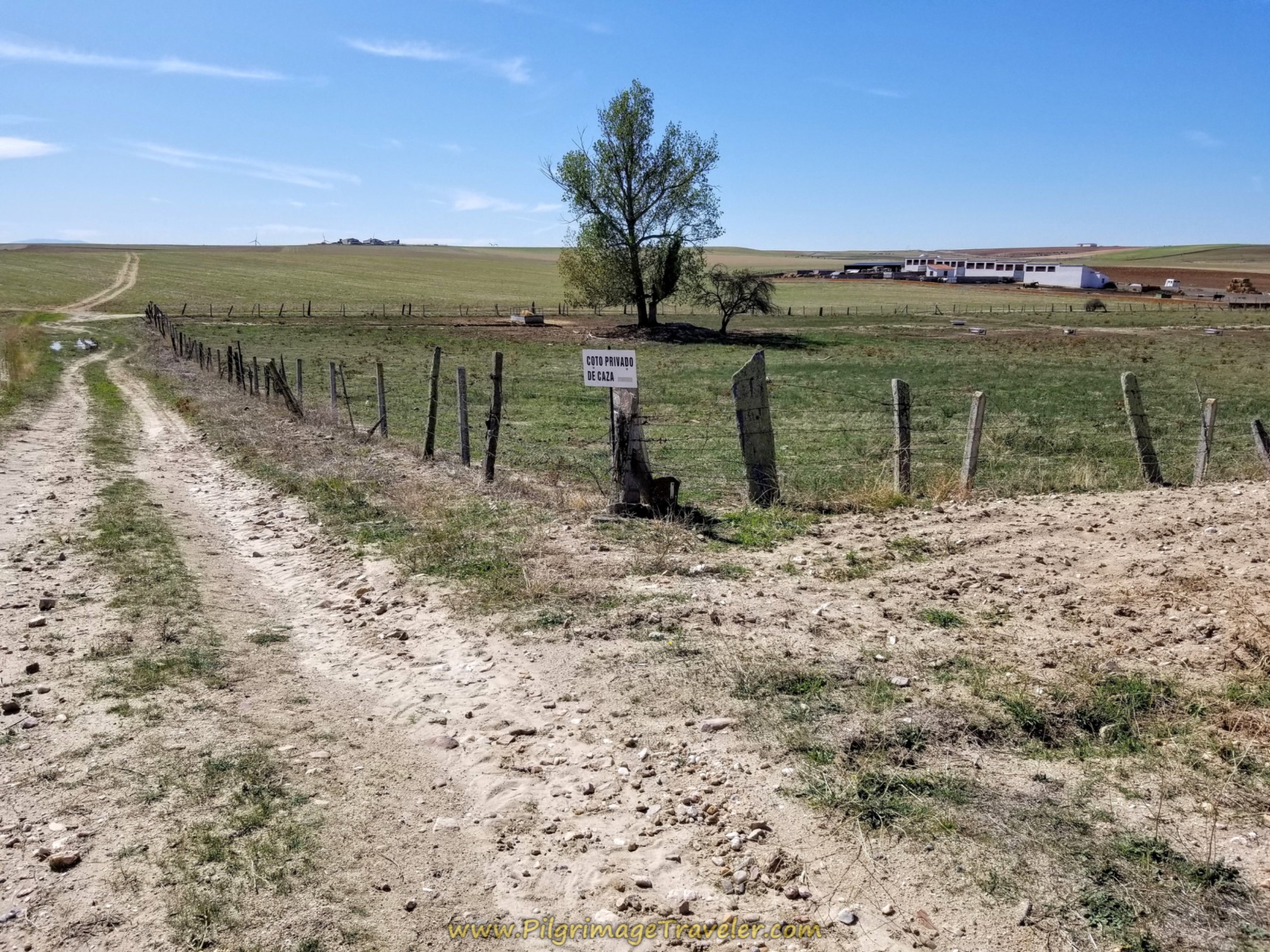 Right Turn Here onto this Tractor Lane
Right Turn Here onto this Tractor LaneAbout 200 meters later, another right hand turn picks up this lane, shown below, heading towards the large farm in the photo. It is plain to see the AS-114 ahead once again, and the Way's return to it. This loop road is called the Travesía Gabriel y Galán.
Jump to Camino Teresiano Stages
700 meters later, we peered down the AS-114 to see what we could have taken instead of the far around loop. There is no shoulder to walk upon on the AS-114. I could see why the planners take the pilgrimage travelers on the loop.
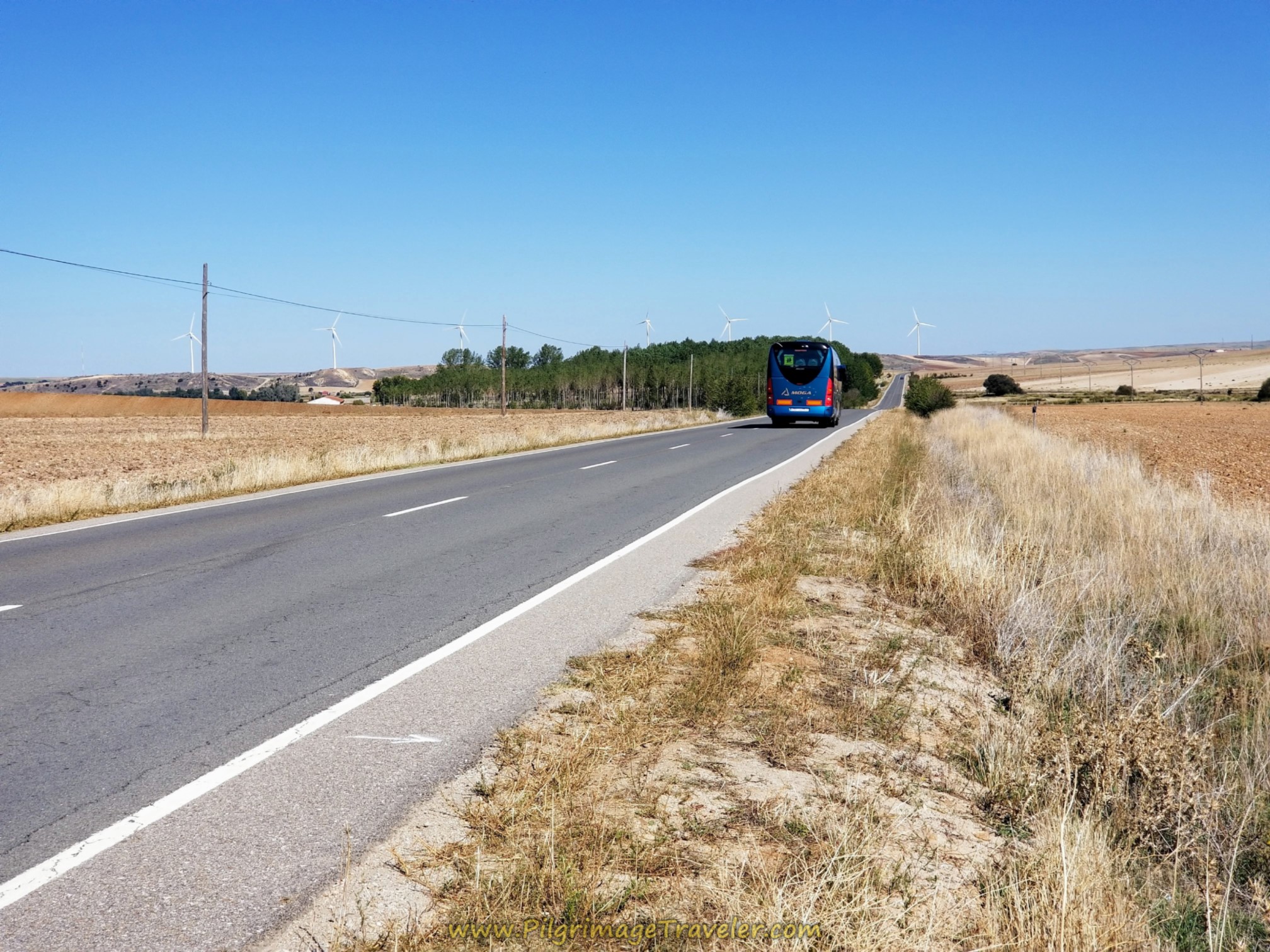 A Look Back at the AS-114
A Look Back at the AS-114It is approximately 1.1 kilometers longer on the Travesía Gabriel y Galán. The loop is 1.87 km and the direct approach on the AS-114 is 780 meters.
If I had to do it over again, I would take the road, being prepared to jump off into the ditch if needed. Assess your own fortitude when you make your own choice. It may be worth the extra kilometer's walk for total safety.
After crossing the highway, the real climb of this section begins as you continue on straight, along the Travesía Gabriel y Galán, shown in the photo below.
It is a full kilometer uphill, for a gain of about 50 meters (164 feet) until you come to the top of this incline, at the farm shown below. Sounds easy, doesn't it? Well, after about 28 kilometers on the road and in the heat of the day, it felt hard, at least to us. My left knee was holding up, but it still hurt. But I carried on, knowing myself sufficiently, that one day of pain was not going to ruin my knee forever.
It is here, at this farm that you take a left turn to continue onwards towards Alba de Tormes. If you were to stay straight on instead at the farm, there is a really nice vista, out over the Torme River, that I could see up ahead in the distance. We did not walk out that way, as our energy reserves were rather low.
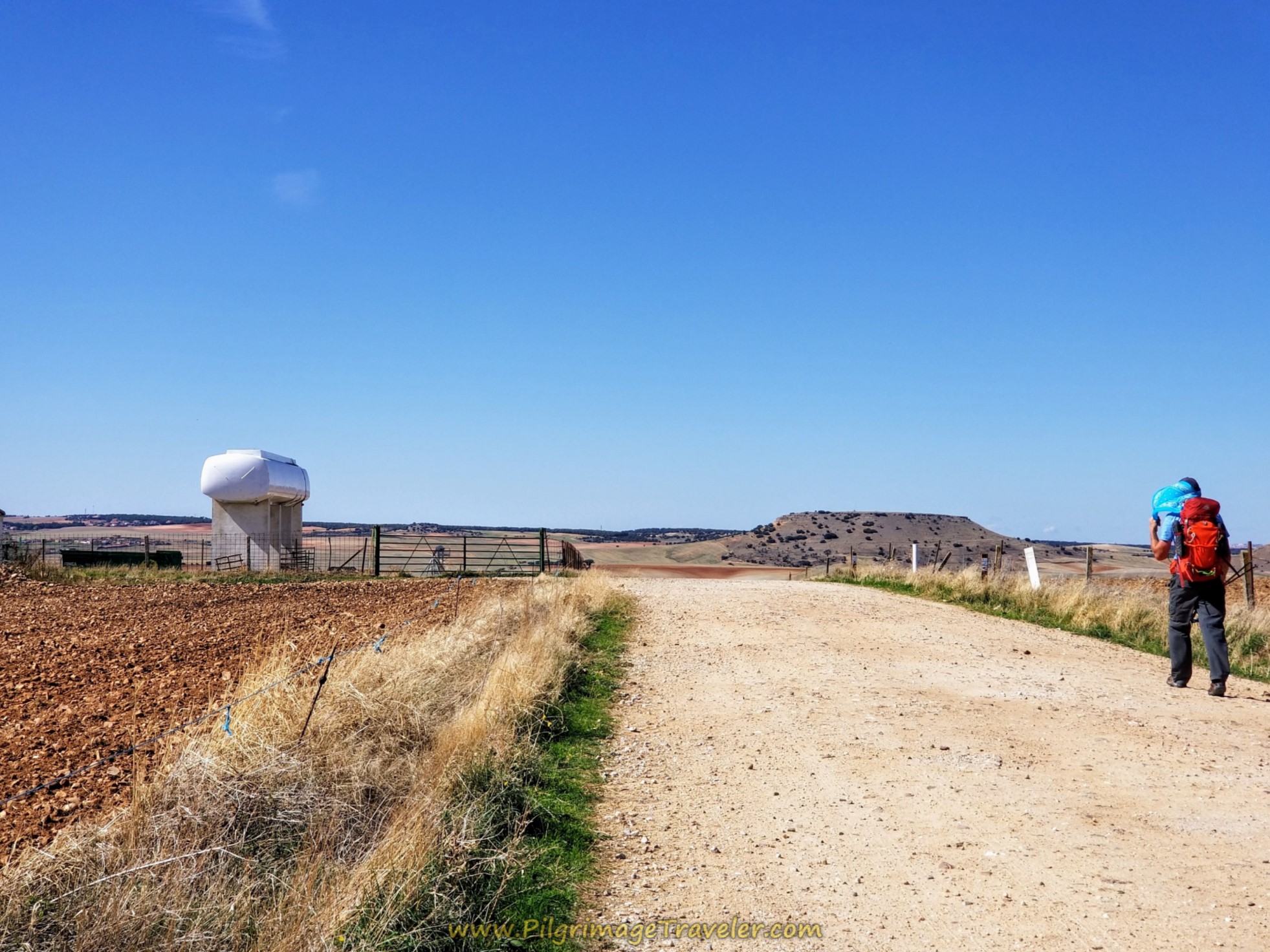 Top of the Climb, Turn Left at Farm
Top of the Climb, Turn Left at FarmMercifully, it literally is all downhill from here! Alba's city limit is about 3.0 kilometers away. It was uplifting for us also, to see the mountains to the West, the first mountains that we had seen. We were going to go onward on the Via de la Plata, after this short Camino, and we loved the idea of a change in terrain.
Jump to Camino Teresiano Stages
Enroute, we passed several more large farms as the Camino Teresiano undulated in little ups and bigger downs. You can also catch more glimpses of the Tormes River and its reservoir to your right along the way.
And eventually, of course, Alba and its large industrial buildings of Cobadu came into sight ahead at about half-way into the final approach to the city. It was a sight for sore eyes and weary legs.
This final stretch, despite being downhill seemed like Chinese water torture to us! I was only encouraged by the fact that a similar track, if not this very one, was trod many times by St. Teresa, and one last time, just before her death in Alba de Tormes.
In another 1/2 kilometer, the city is in full view. What a relief it was! I set my own self up for this lengthy day, and I regretted it. It was all about the heat and my complaining knee!
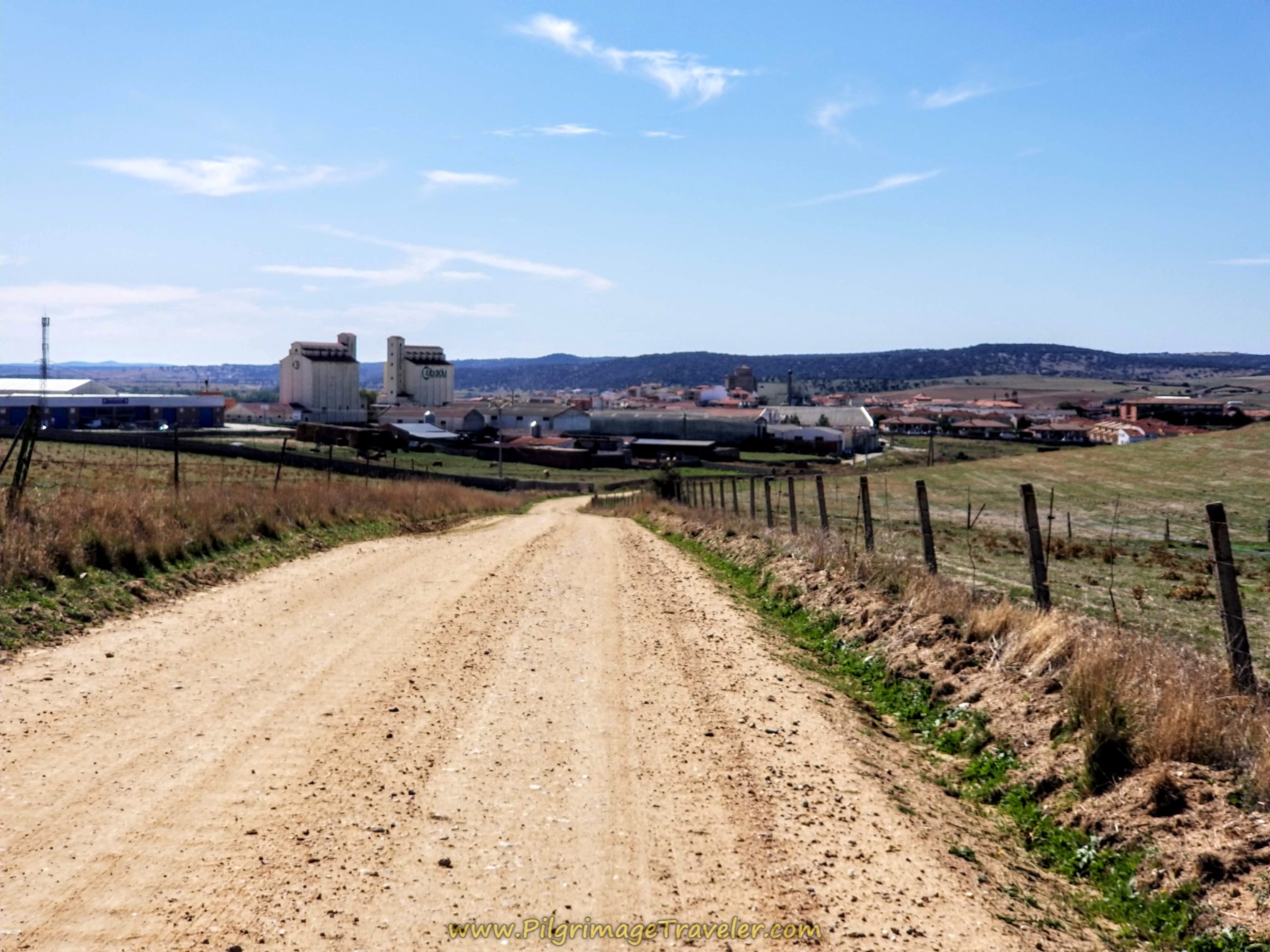 Alba de Tormes Getting Closer
Alba de Tormes Getting CloserI said a prayer of thanks when we arrived at the sign for Alba de Tormes city limit. Only about one kilometer left until the center of town. I was going to make it! It was a total of close to 31 kilometers at this sign, for us. Too much! And longer than the "official" measurements that were given.
We continued straight on along the path by the sign, to join the Calle Peñaranda.
Jump to Camino Teresiano Stages
We followed along the Calle Peñaranda for about 430 meters, until this intersection below, where a right turn onto Calle Salitre is taken.
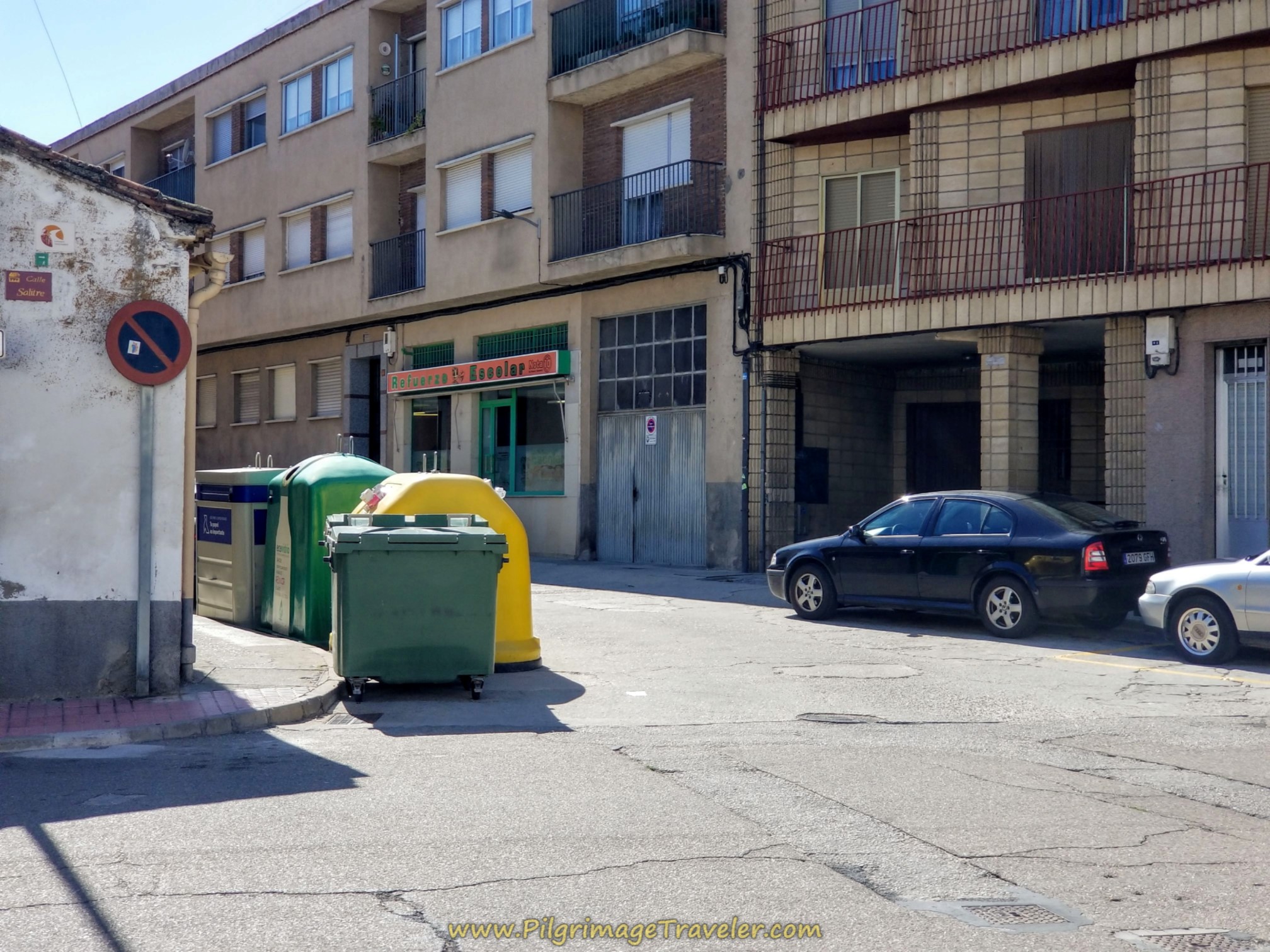 Right Turn Onto Calle Salitre
Right Turn Onto Calle SalitreShortly the Calle Salitre becomes the Calle Benitas. You follow them both for about 340 meters.
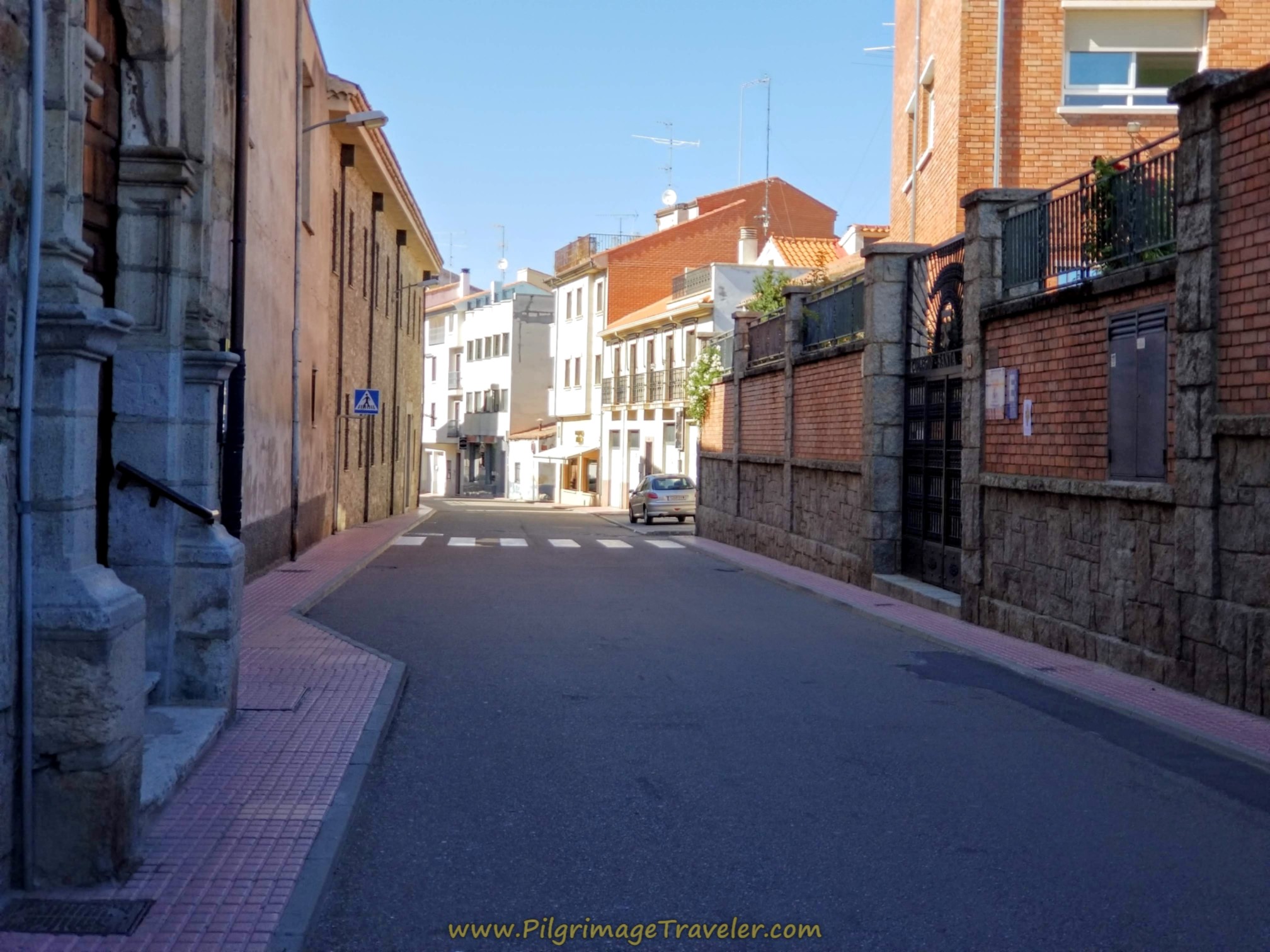 Stay Along Calle Benitas
Stay Along Calle BenitasYou come to this intersection, at the Calle Bulevar, where all the tourist signs guide you to go left, toward the attractions of the city.
After a few meters on the Calle Bulevar, the Camino Teresiano directs you to take an immediate right turn onto a pedestrian way called the Calle Manterola, shown below. It is a lovely little side street and helped distract me for the final steps.
After 100 meters, the street ends and you must turn left at the Calle Lope de Vega, where in a few more meters you are walking into the Plaza Mayor, shown below. This is the main plaza where all the action is in Alba de Tormes.
Getting to the Plaza Santa Teresa from here is a bit tricky, and we had a bit of difficulty finding any waymarks, despite being just steps away! How frustrating!
If you look closely in the photo below, you can see the red folded umbrellas of the café to the left. Just behind those red umbrellas, to the left of the lighter tan building is a passageway with a staircase descending to the Plaza de Santa Teresa!
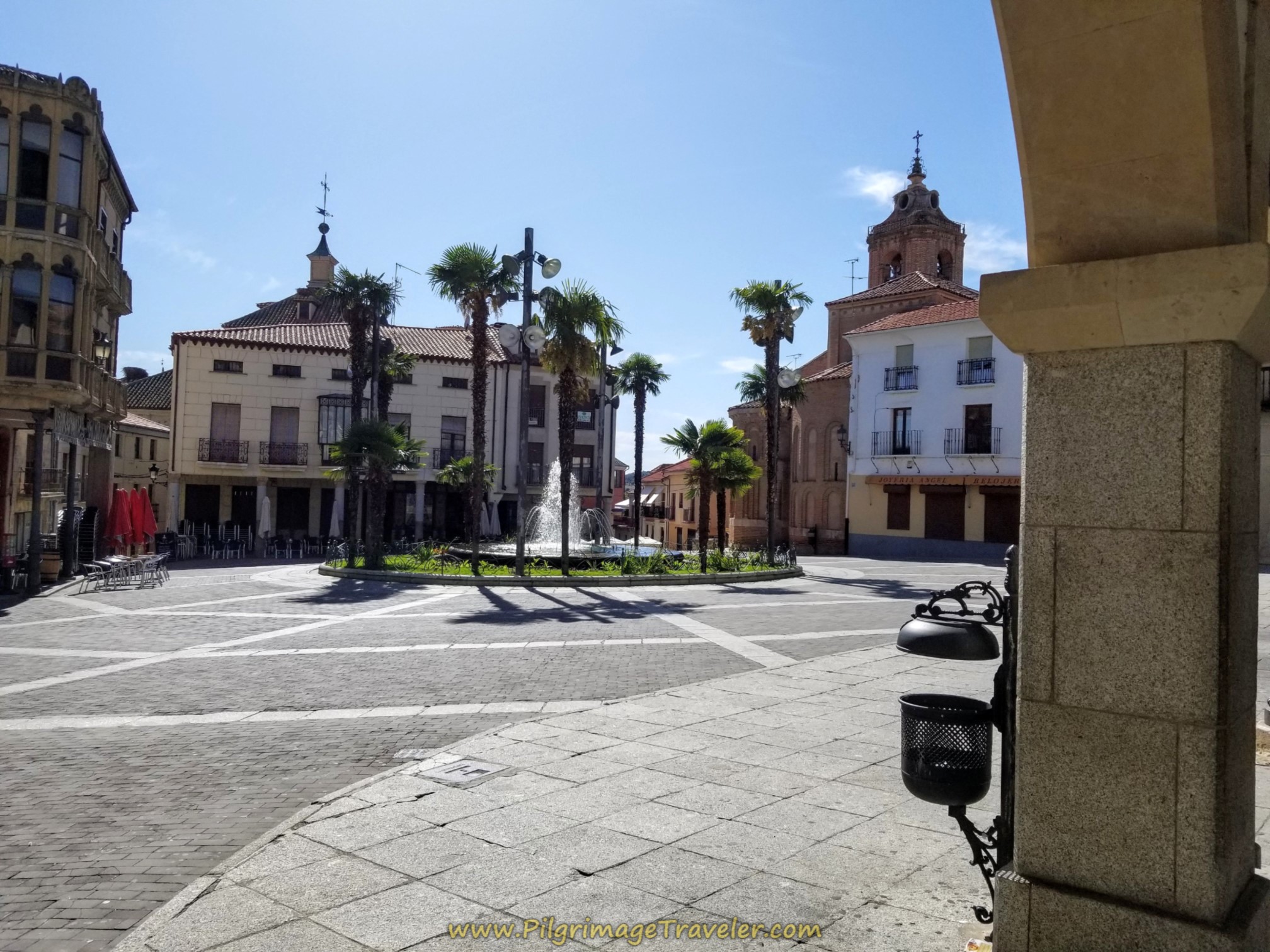 Plaza Mayor, Alba de Tormes
Plaza Mayor, Alba de TormesTo the right in the Plaza Mayor is the distinctive Iglesia de San Juan. This is also an important landmark, where you will return later to find the Museo Carmelitano, where the important relics of St. Teresa lie.
OR, to get to the Santa Teresa Plaza, from the Plaza Mayor, take your first left onto the Calle Sánchez Llevot, to immediately find another set of stairs to your right that lead onto this pedestrian street, the Calle Sánchez Rojas. You can see the poster of Santa Teresa on the Iglesia de San Juan de la Cruz ahead, in the Plaza Santa Teresa.
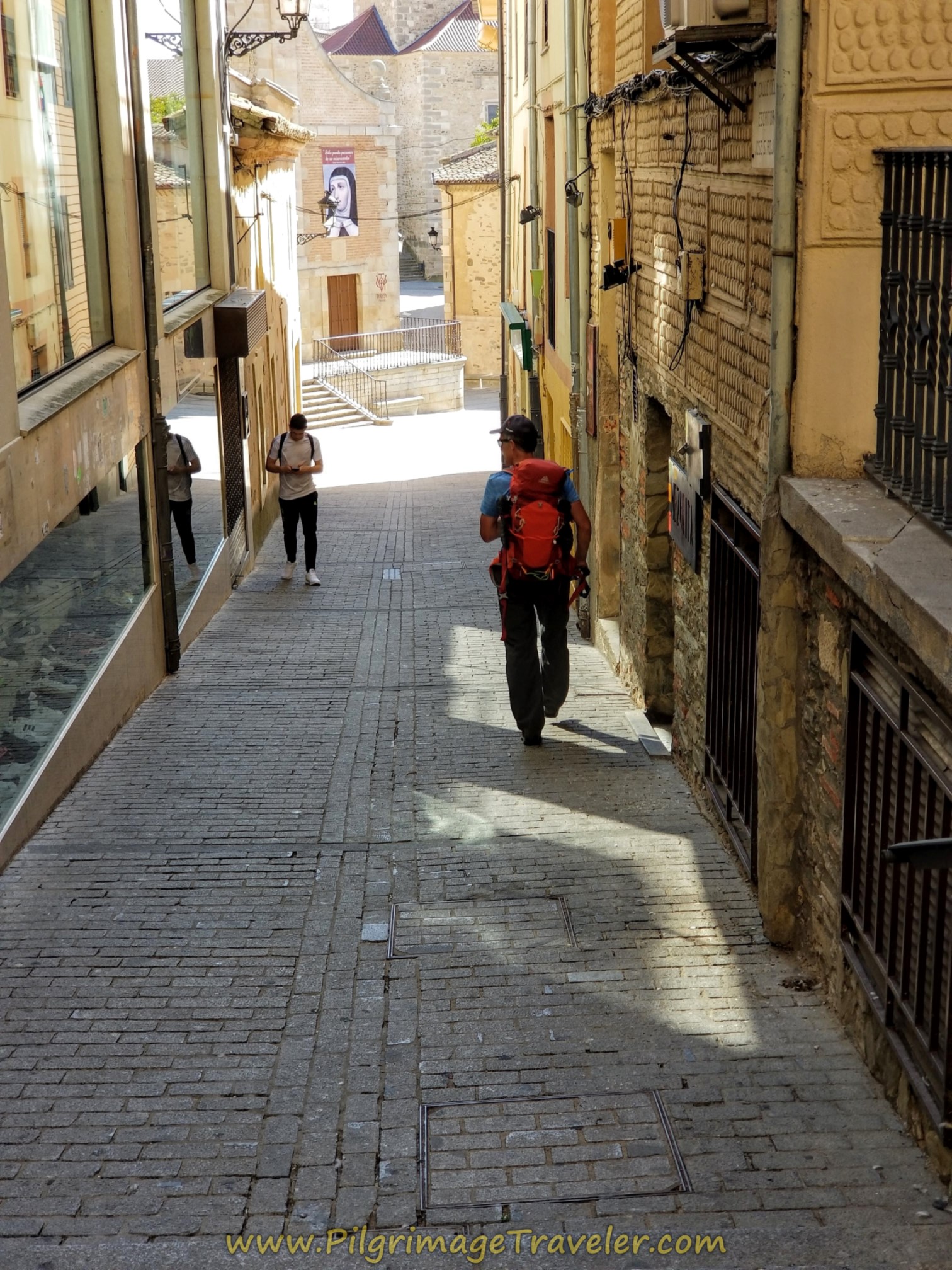 Calle Sanchez Llevot, Alternative Path
Calle Sanchez Llevot, Alternative PathFrom either passageway, you will be greeted by the Iglesia de San Juan de la Cruz in the Plaza Santa Teresa, and you will know that you have finally arrived at the end of your pilgrimage! It is a glorious place indeed!
The albergue that I mentioned at the beginning of the article, is on the north end of the Santa Teresa plaza, in the Casa de Oración, Teresa de Jesús, and it looks like this. You must call or write ahead if you wish to stay in the convent complex.
Jump to Camino Teresiano Stages
First things first, for us, was when we were greeted in front of the Centro Teresiano Sanjuanista, shown below, by a friendly priest who was happy to explain what was here in this holy place, for us to see.
This center contains the entrance to the newly-opened museum and re-modeled grounds of the Convent of Discalced Carmelites in Alba de Tormes (Convento PP. Carmelitas Descalzos). Above the doorway entrance to the Center are the words of St. John of the Cross, "Entremos Más Adentro" or "Let's Go Deeper."
It is here where we inquired about the completion certificate called La Andariega for pilgrims. Instead, we were offered a special diploma. Please see our introductory article at Camino Teresiano for photos of these documents.
After issuing to us our diploma, the kindly priest explained that the church (the Iglesia de la Anunciación) and museum (the Museo Carmelitano) that housed the tomb and the holy relics of St. Teresa, within the convent complex of the Madres MM. Carmelitas Descalzas, all closed early (afternoon hours are 4-5:30 p.m), but that the Centro Teresiano Sanjuanista museum (Convento PP. Carmelitas Descalzos) did not, (afternoon hours 4-7:00 p.m.) so we should see the other first. Great advice!
The most famous of churches, the Iglesia de la Anunciación, containing the Sepulcro (tomb) de Santa Teresa is shown below, and it lies on the western end of the Plaza de Santa Teresa.
We thanked the priest for the information, but then decided to go to the hotel for a quick clean-up and a brief nap, in an attempt to rejuvenate our bodies and our spirits after our long pilgrimage day to Alba de Tormes. We had one-and-a-half hours to do so, before the re-opening of the museums at 4:00.
We found the Hostal Residencia El Trébol (+34 923 300 089), just steps south of the Plaza de Santa Teresa. No one was in the hotel bar, so a friendly tenant above, peering down from the balcony, called the proprietor for us.
After our brief rest period we set off for the Museo Carmelitano at 4:00. In order to find the museum, you must go back to the Plaza Mayor, find the Iglesia de San Juan, pictured farther above and while facing it, look to your left and see this small alleyway called the Calle Sor Mariana de San José. The museum is attached to the Iglesia de la Anunciación, and its entrance is essentially around the back of it.
In my eagerness to get here, I totally forgot to snap a photo, so this one below, is from the Inspirock website.
The museum contains many treasures of the convent. Below is one of many paintings. This one depicts the death scene of St. Teresa.
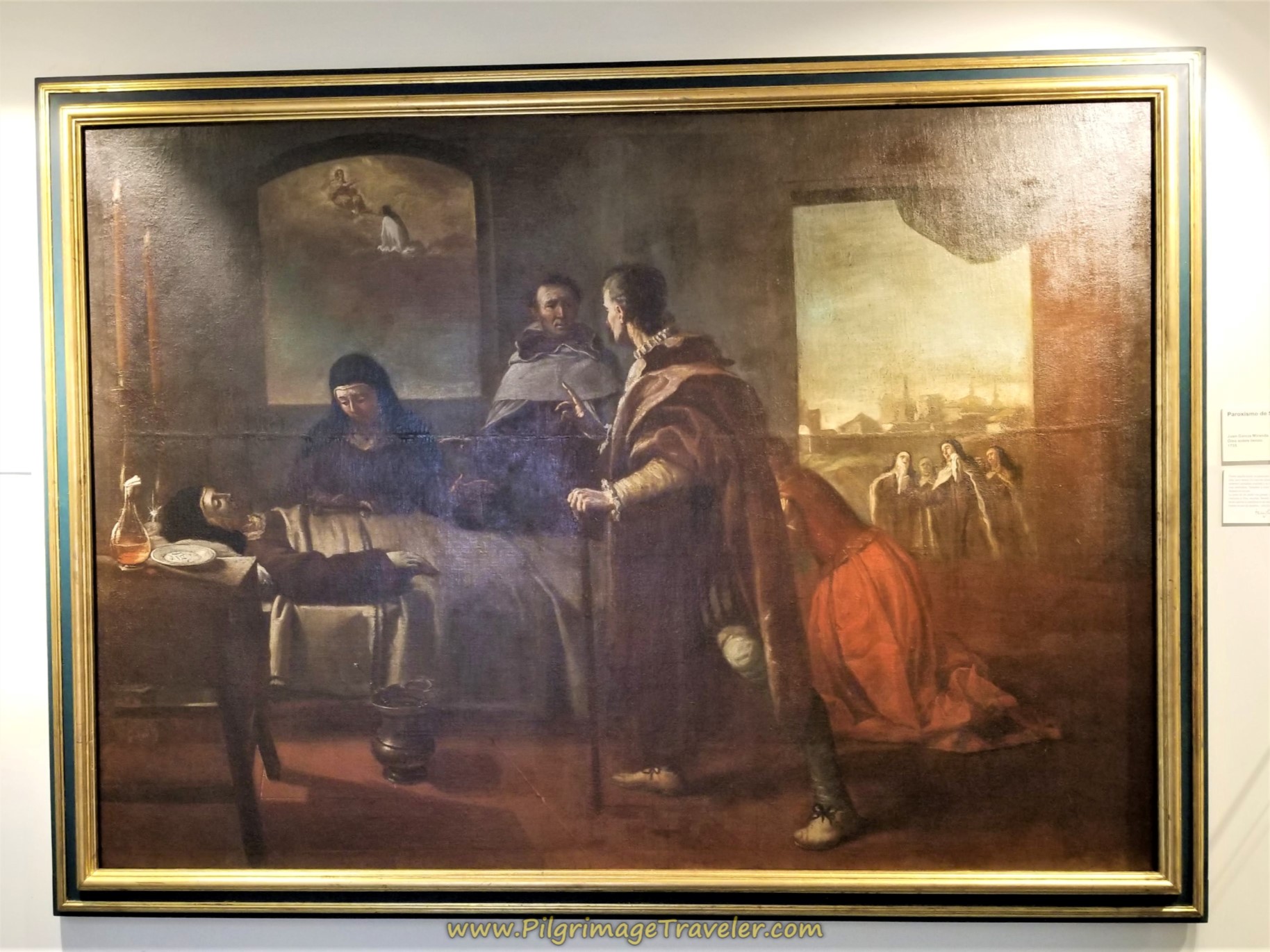 Painting of Funerary Scene of St. Teresa
Painting of Funerary Scene of St. TeresaThere is also a tapestry room, and I photographed this one that commemorates the saint.
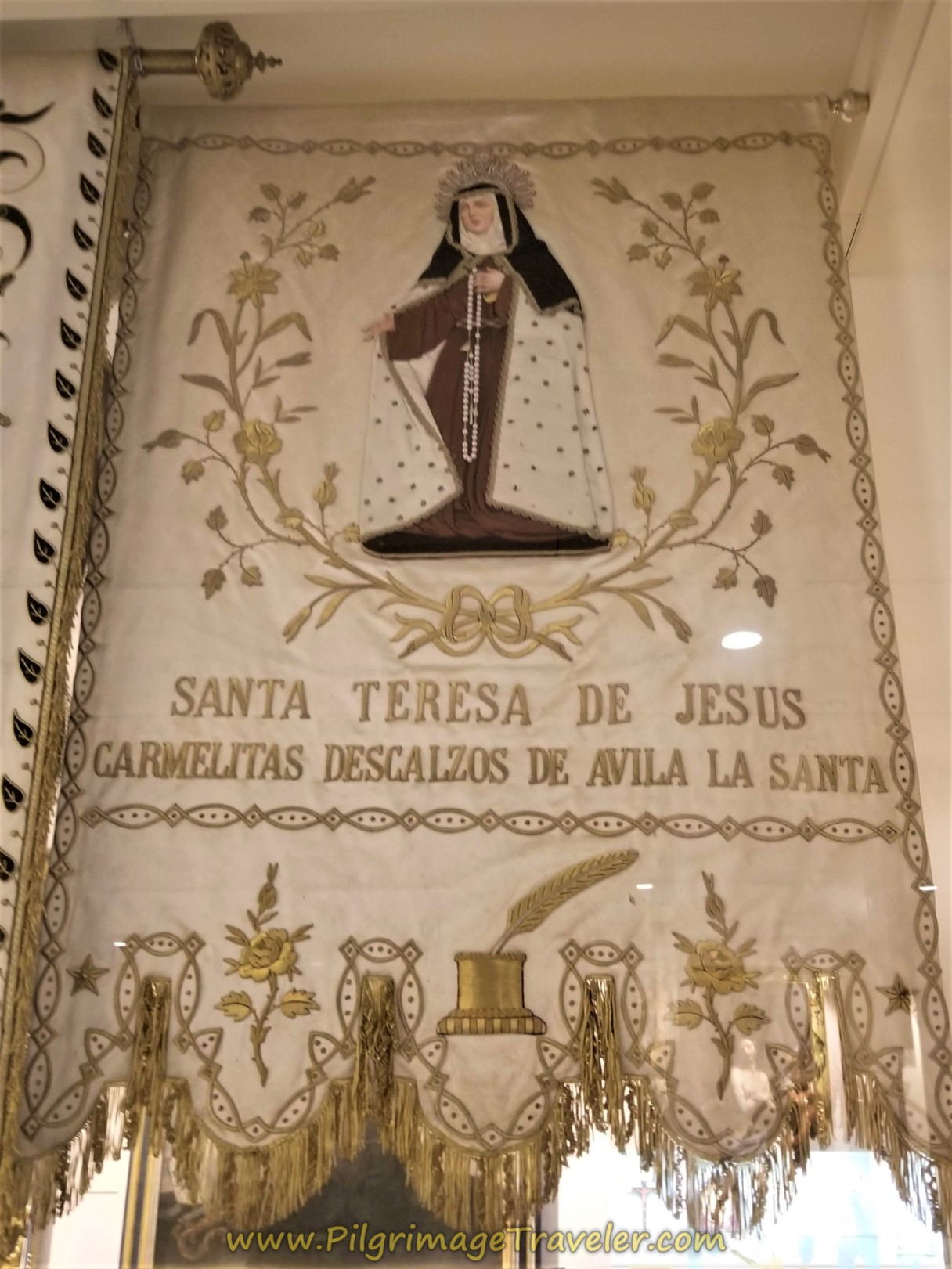 St. Teresa Tapestry, Museo Carmelitano
St. Teresa Tapestry, Museo CarmelitanoThe museum is configured so that the upstairs communicates with the altar of the Iglesia de la Anunciación. On the altar lies the tomb of Santa Teresa. The backside of the tomb can be seen through the grilled window from the museum side, shown below.
The holy relics are behind the tomb, in the glass, ornamental display jars to the right and left of the angels that sit on top of the tomb. This communication allows for an up-close view of the tomb and relics.
I took a close-up of each of the relics, shown below. On the left is her heart, and on the right, her arm bone. This is the most famous attraction of Alba de Tormes.
The viewing room behind the tomb is a holy and hushed place, with red velvet benches to sit upon. We sat there for some time, pondering the meaning of the saint's life and her impact on us, for the present day.
Her words ring true in my own life, as I had learned prior to this trip, that in order to get to know God, one had to get to know oneself. Walking this pilgrimage reinforced this Universal Truth for me and for my own quest to understand my own heart. Why do I do the things I do and say the things I say? How can I better release my self-absorption and find the path of compassion and love?
After viewing the tomb from the backside, we returned to the Church of the Annunciation, to see it from the front. Here it is, within the altar, with the angels gracing the top.
We had stopped at the church prior to the museum, and didn't understand what it was that we were seeing at first. We didn't realize that the actual tomb was within the altar, until we visited the museum. I had never seen anything like this before, so I was very surprised when I realized what I was seeing.
Here is a close-up of the tomb of Santa Teresa de Jesús, on the high altar of the Iglesia de Anunciación. It is a stunning sight from this angle.
We sat again in silence on a church pew for some time, pondering her words of wisdom, regarding the interior work that one must do to find God. Her words ring true for all time.
Then suddenly, our reverence was broken by one of the museum employees rushing into the nave of the church from a side, upper doorway. She told us she was opening the death cell of St. Teresa for only 15 minutes, and we should come if we wanted to see it.
Apparently, there is a camera in the church, where the employees watch, and when they see a paying museum guest, they open the actual cell of St. Teresa's death.
Wonderful! I had forgotten that there was more to see, or didn't truly understand how the process worked, as I got caught up in the Spirit of the Saint and her precious words.
As we followed the museum employee and entered a back part of the church and into the convent cells, we passed a portrait of St. Teresa, writing as she is often portrayed.
As you walk down the darkened corridor, her very death cell is here within this church and it appears before you. Fittingly, a portrait of Jesus is at the head of her bed.
On either side of the cell walls are paintings of her on her deathbed, shown in the next two photos below.
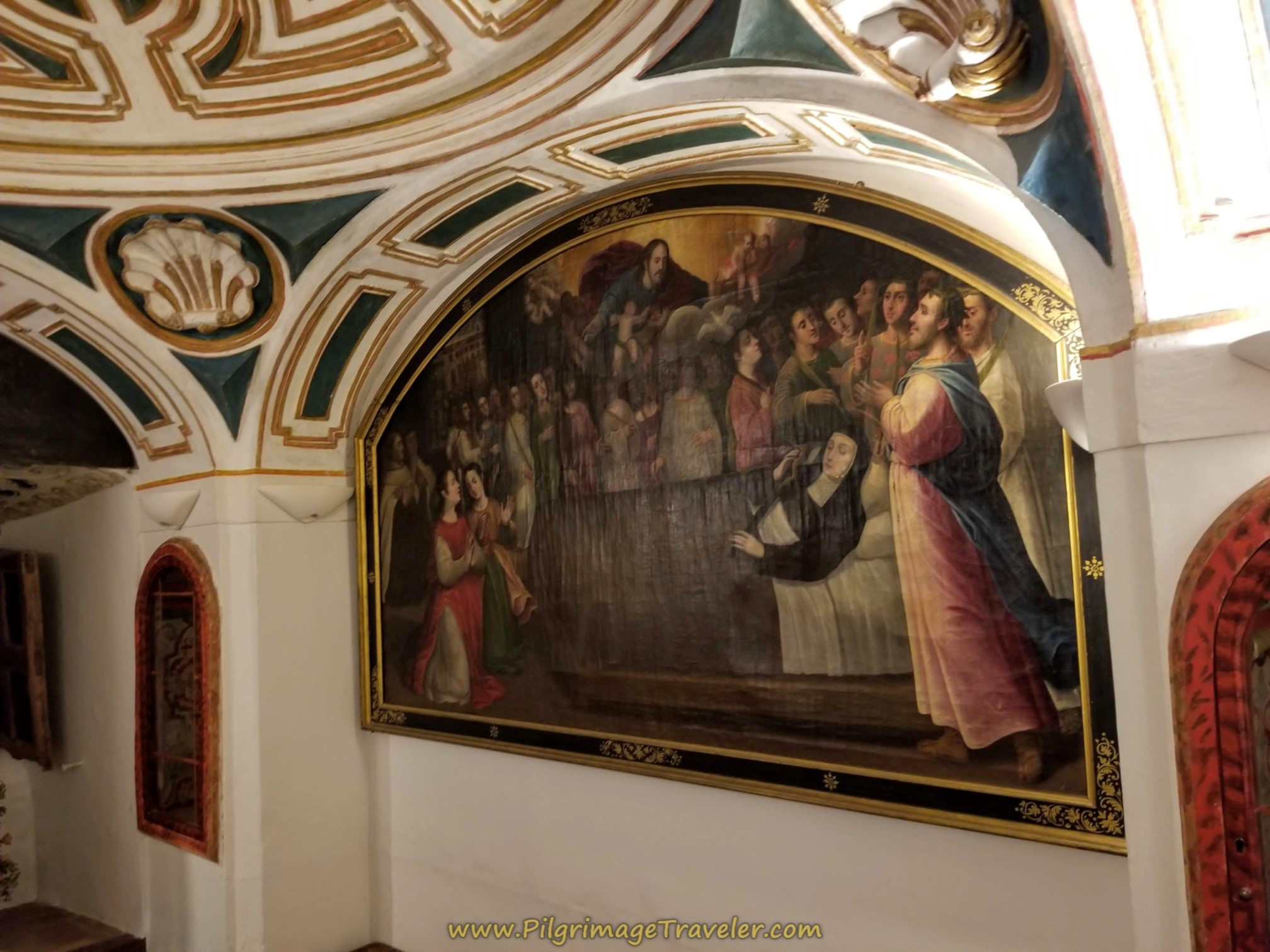 Painting of Scene of St. Teresa's Death
Painting of Scene of St. Teresa's Death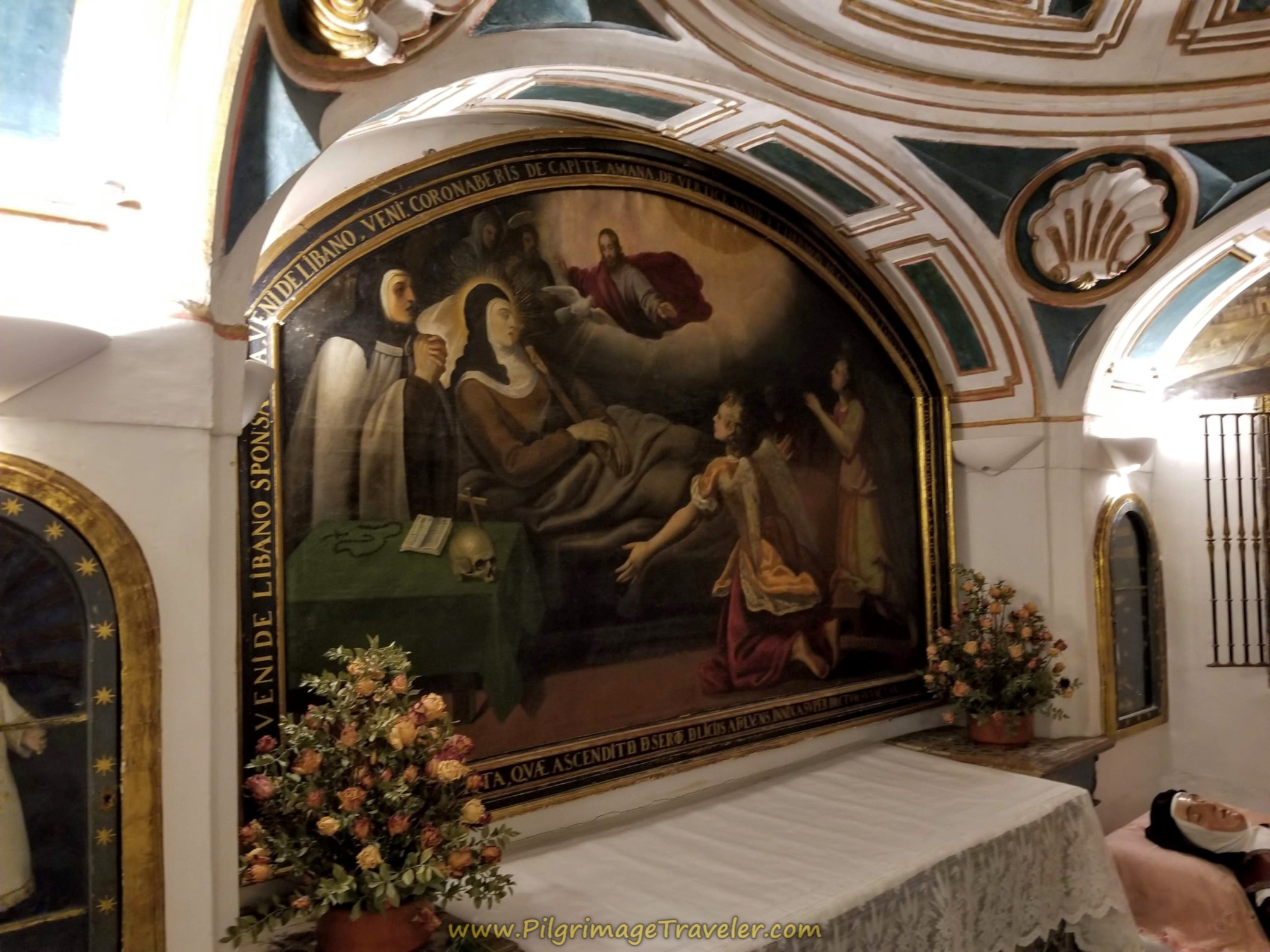 Painting of St. Teresa's Death
Painting of St. Teresa's DeathAfter viewing her death cell, and honoring her Spirit, we returned to the church, where we were told her original tomb was displayed along the left side of the nave. She was interred in this sepulcro, shown below, from 1615 until 1760.
Jump to Camino Teresiano Stages
The story of the aftermath of St. Teresa's death is rather macabre. It is said that her body did not decompose, when exhumed several times. Each time more of her parts were severed and taken to various places. Scientists of the day studied her body for many years before what was left of her was put to rest in this tomb. I couldn't help but wonder how St. Teresa herself would feel about all this.
While living, she felt that she was nothing but a terrible sinner and requested of Jesus to bring her suffering so that she would be exalted from the ways of being human. She was amazingly humble and never wished for her "gifts" to be venerated. She had frequent visions of God and mystical journeys.
When examined, her heart supposedly contains a piercing that occurred in one of her most mystical experiences. Her heart is also said to bleed on occasion and expand sufficiently to break the container in which it is held.
To read more about the Saint's history, especially after her death, you can scroll down in the article called "In the Footsteps of St. Teresa," under the section called "Incorrupt Remains."
Soon, it was time for us to move on and go to the Centro Teresiano Sanjuanista next, where we had first stopped. Admission here is free, so donate generously, as it is a nice collection of artwork venerating both St. Teresa of Jesus and St. John of the Cross.
Here are the first two pieces that come to your attention, below.
Farther along is a reproduction of the cell of St. John of the Cross.
Another of my selections from the museum is the famous portrait you see below left, that is a reproduction. Next are the serene gardens, below right.
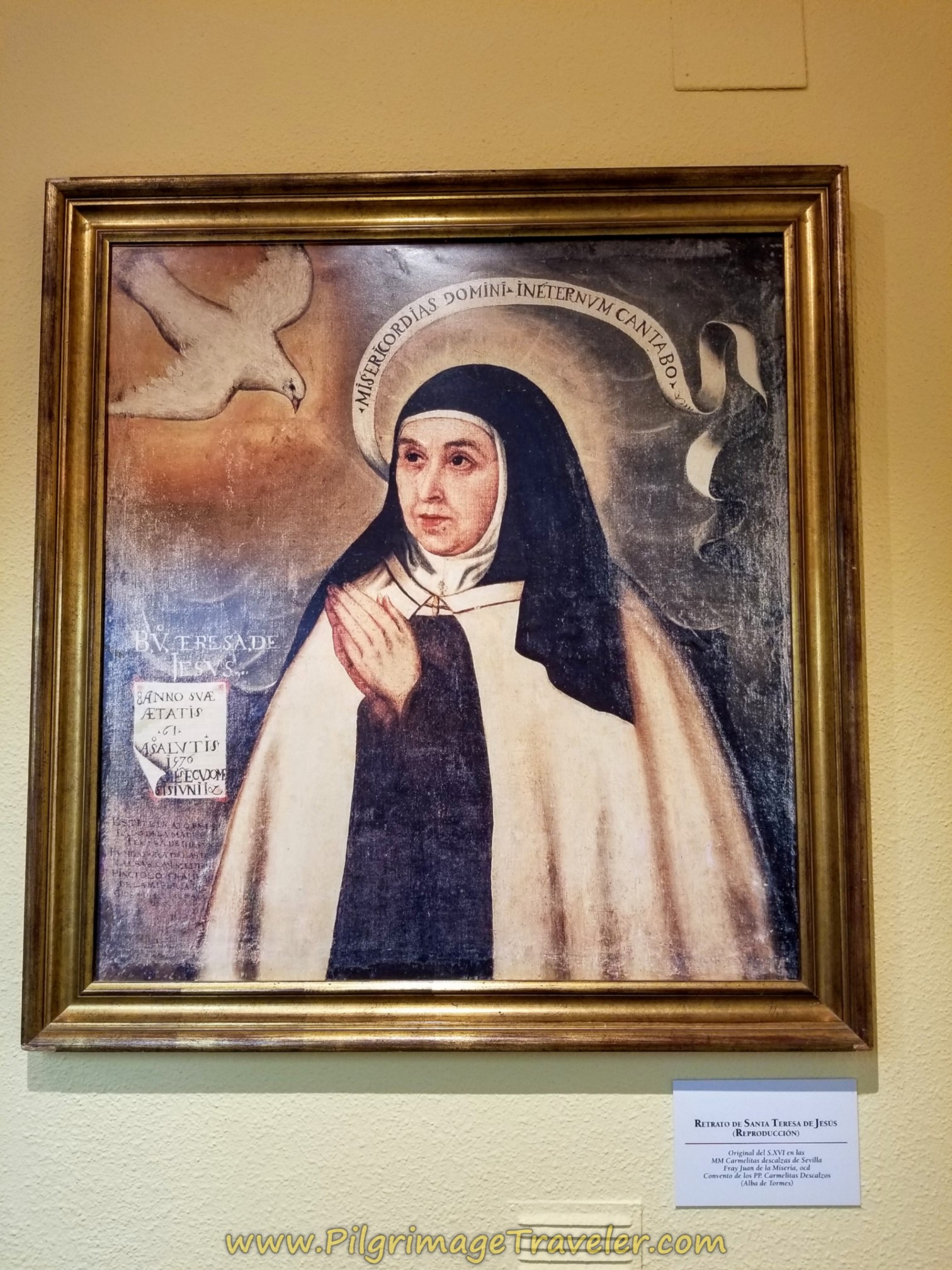 Reproduction of St. Teresa Portrait
Reproduction of St. Teresa Portrait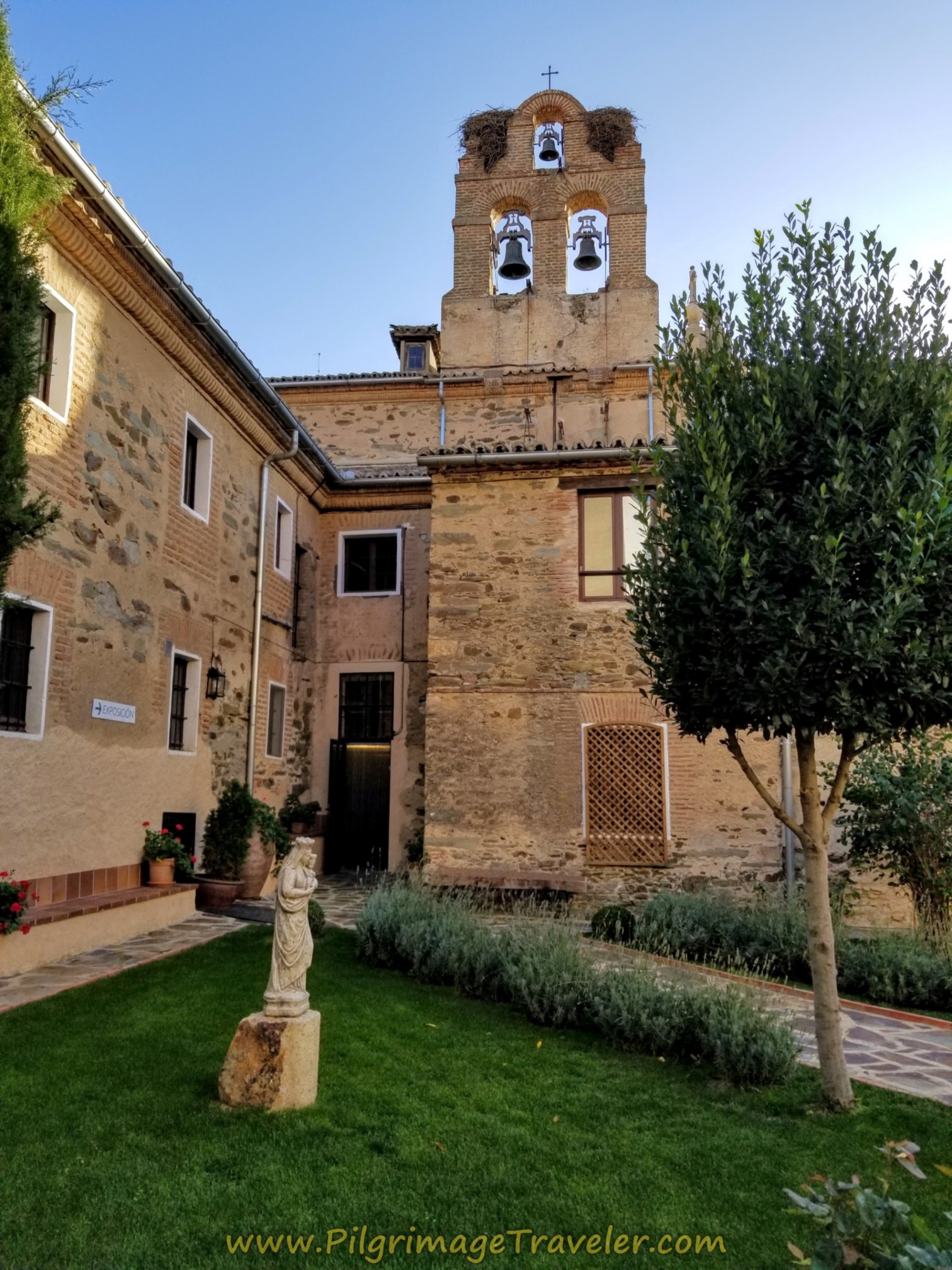 Convento Carmelitas PP. Descalzas Gardens
Convento Carmelitas PP. Descalzas GardensWhile I believe that you can tour deeper into the convent itself, we ended our tour by entering the Church of St. John of the Cross that is connected to the convent through an inner hallway. It is a simple, but beautiful church, as I am sure he would have loved.
We left the Iglesia de San Juan de la Cruz through the main entrance in the Plaza Santa Teresa. We continued on our tour of Alba de Tormes, by heading down the hill toward the River Tormes and the huge and grand 19th century, neo-Gothic Basilica de Santa Teresa. The church was built when it was declared that the church containing St. Teresa's tomb was of insufficient size to house the many pilgrims and worshipers wishing to celebrate her.
The church was closed, so we could not enter, but we paused to admire the sculpture of the Saint at the top of the stairs. I must say, that after visiting the intimate chapel where she lies, I did not want to celebrate her life in a more grand fashion!
Down by the Río Tormes, the highway bridge crosses the river on the west side of town, shown below. This is the route we were going to take the next day, to continue our walking pilgrimage from Alba de Tormes to Salamanca, where it is easy to connect to the Via de la Plata from there. Please click here to see our onward journey and how the two cities are easily connected on the Camino Natural Vía de la Plata!
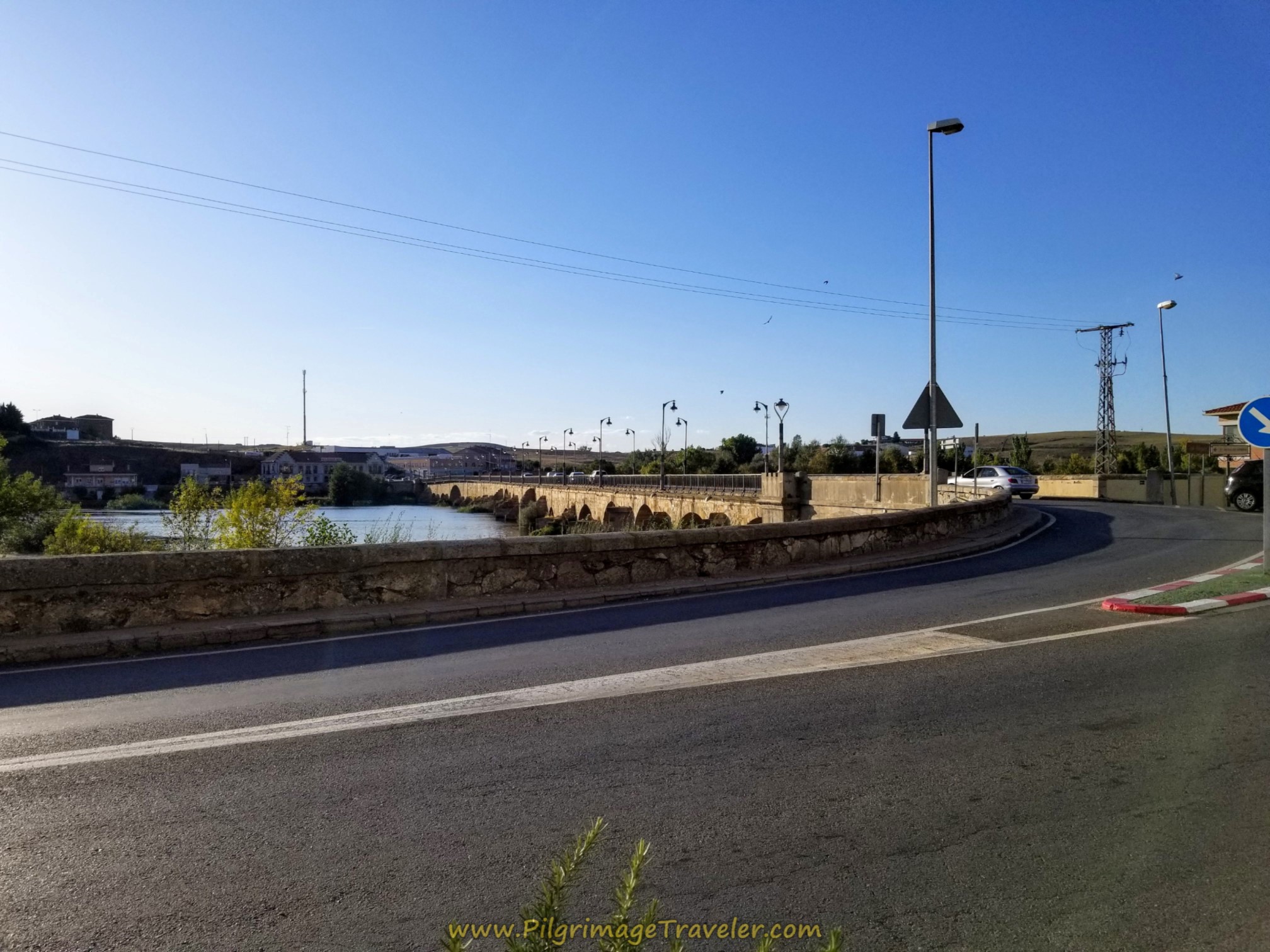 Bridge Across the Tormes River
Bridge Across the Tormes RiverWe had one more sight that we wanted to squeeze into our day, and it required a short, steep climb back up the high hill of Alba de Tormes, to the Castillo-Palacio de los Duques de Alba.
Originally a fortress containing six towers, to protect the dukes and the people of Alba, only one now remains. The complex was excavated in 1991 and contains several museum rooms.
But the best is the view from the top! Here I am in the late afternoon sunlight, enjoying it immensely! It was a lovely way to end the long pilgrimage day and contemplate the day to come.
Reflections on Day Five of the Camino Teresiano, Part II
And thus ends our official and highly successful pilgrimage, on the Camino Teresiano from Ávila to Alba de Tormes. Despite the long day and the pain in my left knee that required me to hobble a bit up/down stairs, I would heartily say that this pilgrimage was worth it!
As we reflect on St. Teresa and her earthly journey, our journey through life pales in comparison. Our pilgrimage in her footsteps, while not earth-shattering nor life-changing, was nonetheless enormously uplifting and soul-validating. We felt happy, content and complete with our own current spiritual journey through life in that moment and for days to come.
Our ongoing challenge is to continue on our personal pilgrimage, where the outward, physical journey can allow for the inward, mystical journey, as St. Theresa directs. And maybe, just maybe, walking in her physical footsteps helped us to go deeper indeed, into our own interior castles. It sure felt that way!
Salutation
May your own pilgrimage from Ávila to Alba de Tormes, from the cradle to the grave of St. Teresa of Jesus, take you ever nearer to your own Interior Castle, and that much closer to heaven, both here on earth and for your future home! Ultreia!
Caminos Teresianos Stages
Please Consider Showing Your Support
Many readers contact me, Elle, to thank me for all the time and care that I have spent creating this informative website. If you have been truly blessed by my efforts, have not purchased an eBook, yet wish to contribute, I am exeedingly grateful. Thank you!
Search This Website:
🙋♀️ Why Trust Us at the Pilgrimage Traveler?

We’re not a travel agency ~ we’re fellow pilgrims! (See About Us)
We've trekked Pilgrimage Routes Across Europe since 2014!
💬 We’ve:
- Gotten lost so you don’t have to. 😉
- Followed waymarks in the glowing sunlight, the pouring rain and by moonlight. ☀️🌧️🌙
- Slept in albergues, hostels & casa rurals. Ate and drank in cafés along the way. 🛌 😴
- Created comprehensive and downloadable GPS maps and eBook Guides, full of must-have information based on real pilgrimage travels. 🧭 🗺️
- Shared our complete journeys, step by step to help YOU plan your ultimate pilgrimage and walk with your own Heart and Soul. 💙✨
Every detail is from our own experiences. Just fellow pilgrims sharing the Way. We have added a touch of spirituality, heartfelt insights and practical guidance from the road ~ offering a genuine connection to the spirit of pilgrimage. Tap into the wisdom of seasoned pilgrims!
Ultreia and Safe Pilgrimage Travels, Caminante! 💫 💚 🤍
Follow Me on Pinterest:
Find the Pilgrimage Traveler on Facebook:
Like / Share this page on Facebook:
***All Banners, Amazon, Roamless and Booking.com links on this website are affiliate links. As an Amazon associate and a Booking.com associate, the Pilgrimage Traveler website will earn from qualifying purchases when you click on these links, at no cost to you. We sincerely thank you as this is a pilgrim-supported website***
PS: Our eBook Guide books are of our own creation and we appreciate your purchase of those too!!
Shroud Yourself in Mystery, along the Via de Francesco!
Walk in the Footsteps of St. Francis, and Connect Deeply with the Saint and to Nature in the Marvelous Italian Countryside!
Need suggestions on what to pack for your next pilgrimage? Click Here or on the photo below!
Find the Best Hotel Deals Using This Tool!
Carbon Trekking Poles ~ My Favorites!
Carbon fiber construction (not aluminum) in a trekking pole makes them ultra lightweight. We like the Z-Pole style from Black Diamond so we can hide our poles in our pack from potential thieves before getting to our albergue! There are many to choose from! (See more of our gear recommendations! )
Gregory BackPack ~ My Favorite Brand
Do not forget your quick-dry microfiber towel!

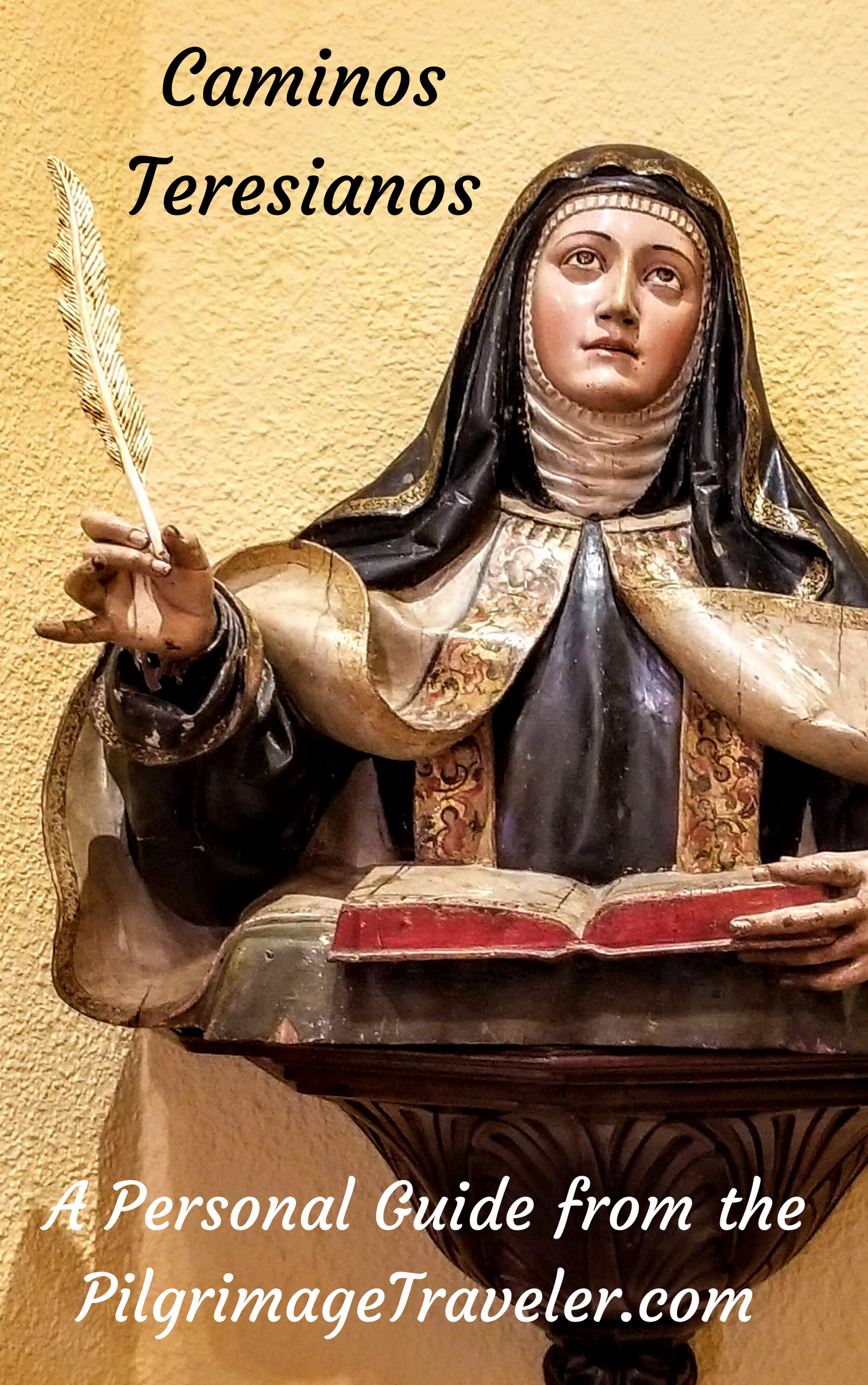

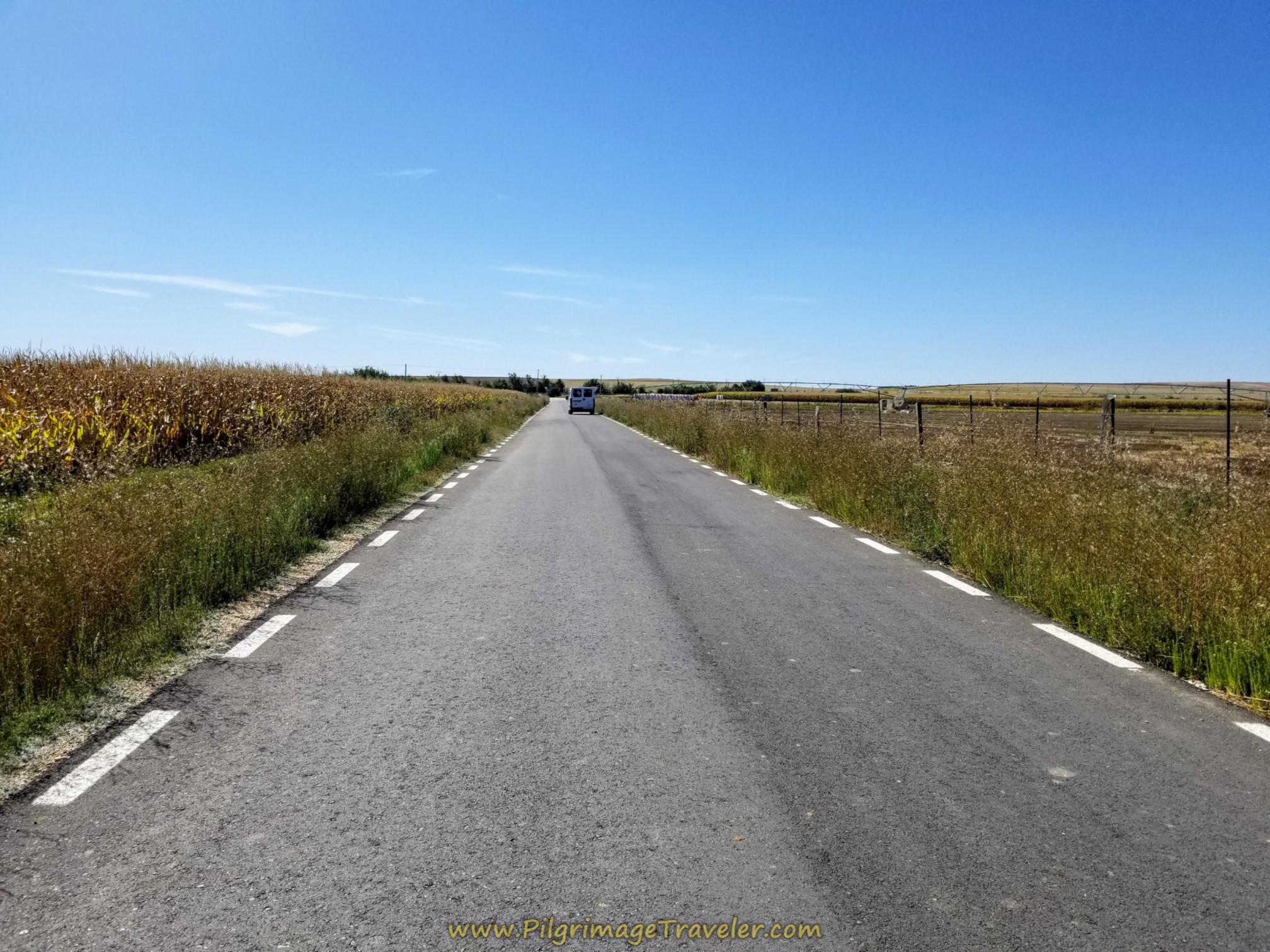
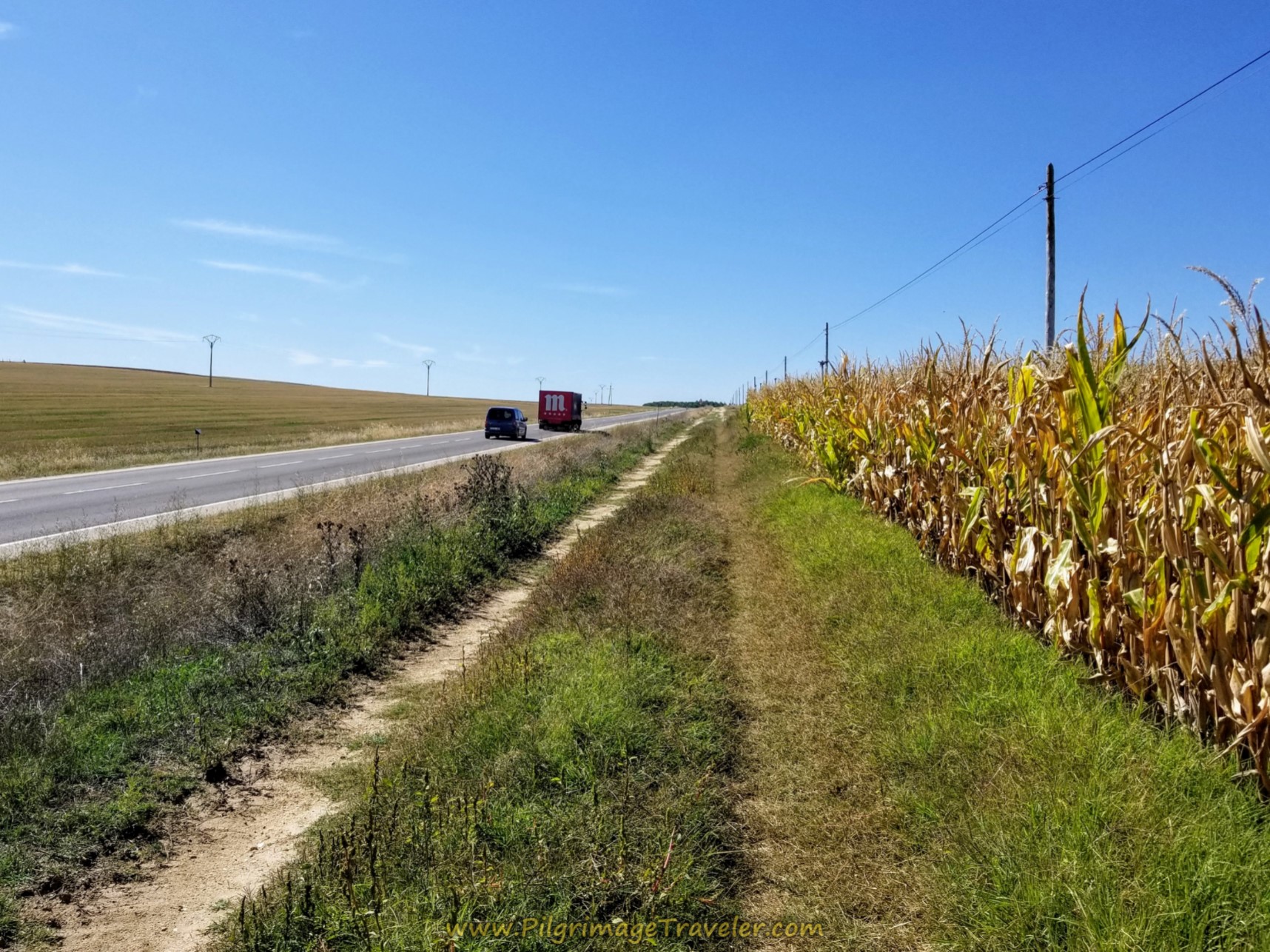

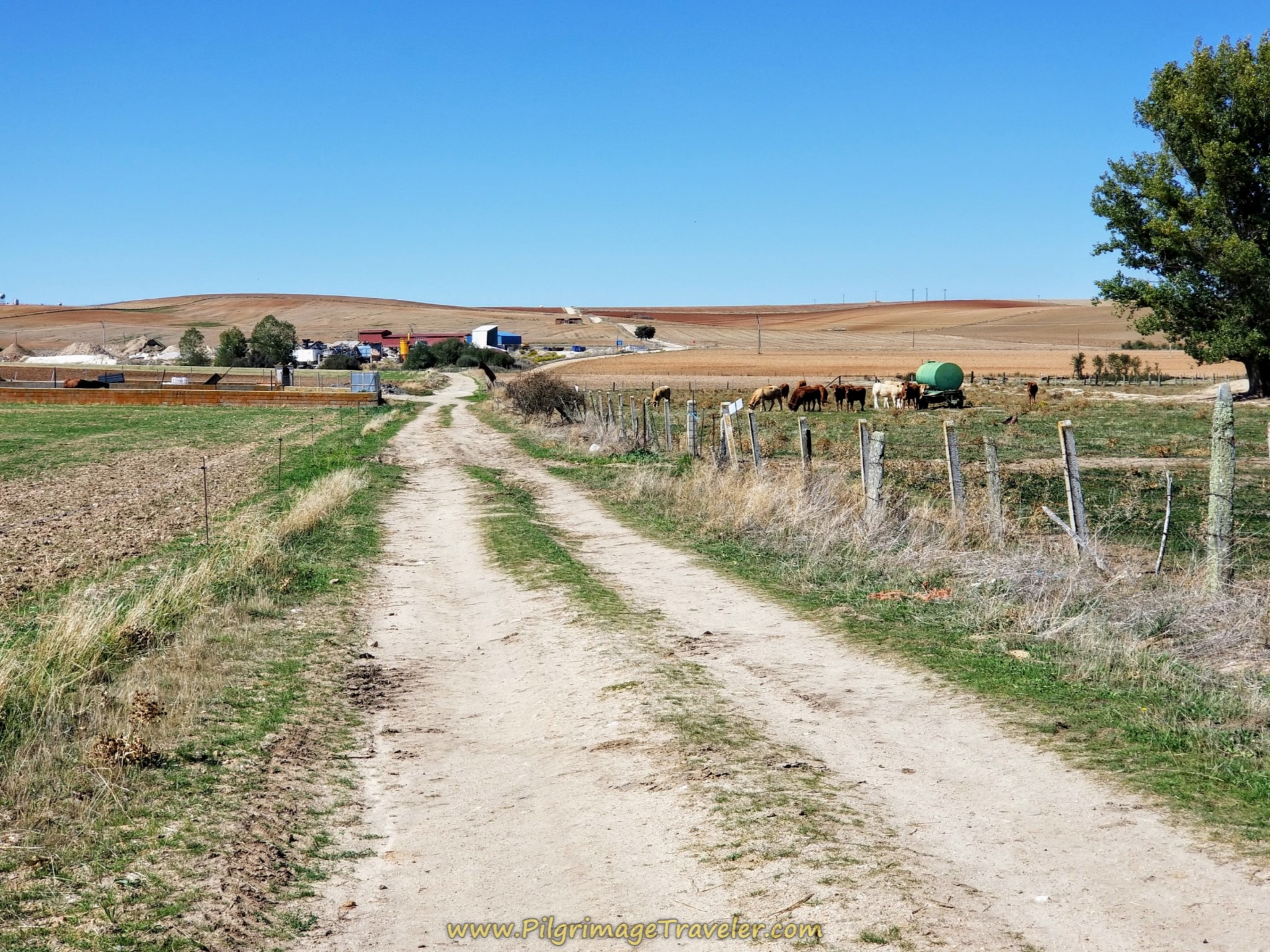
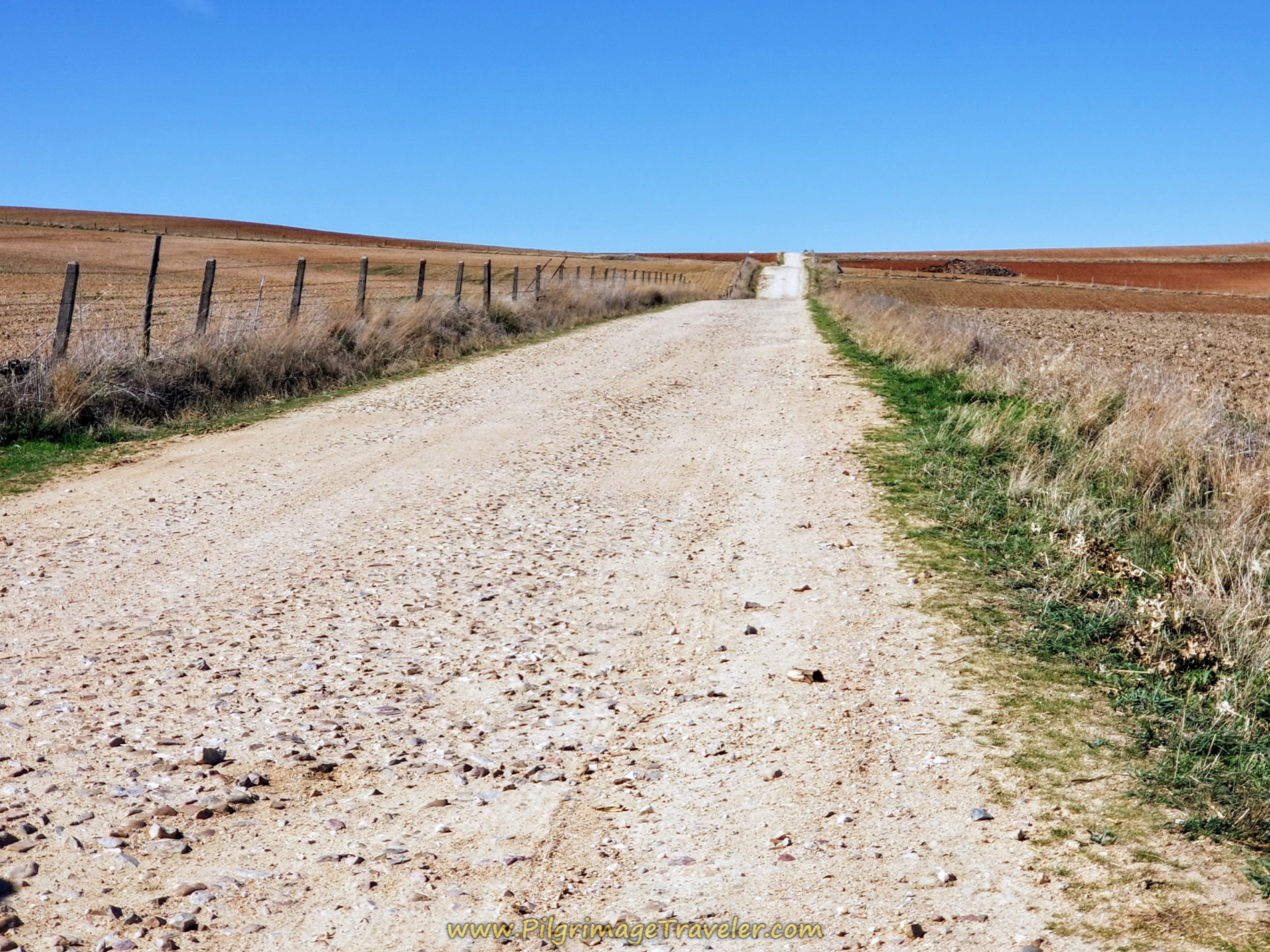
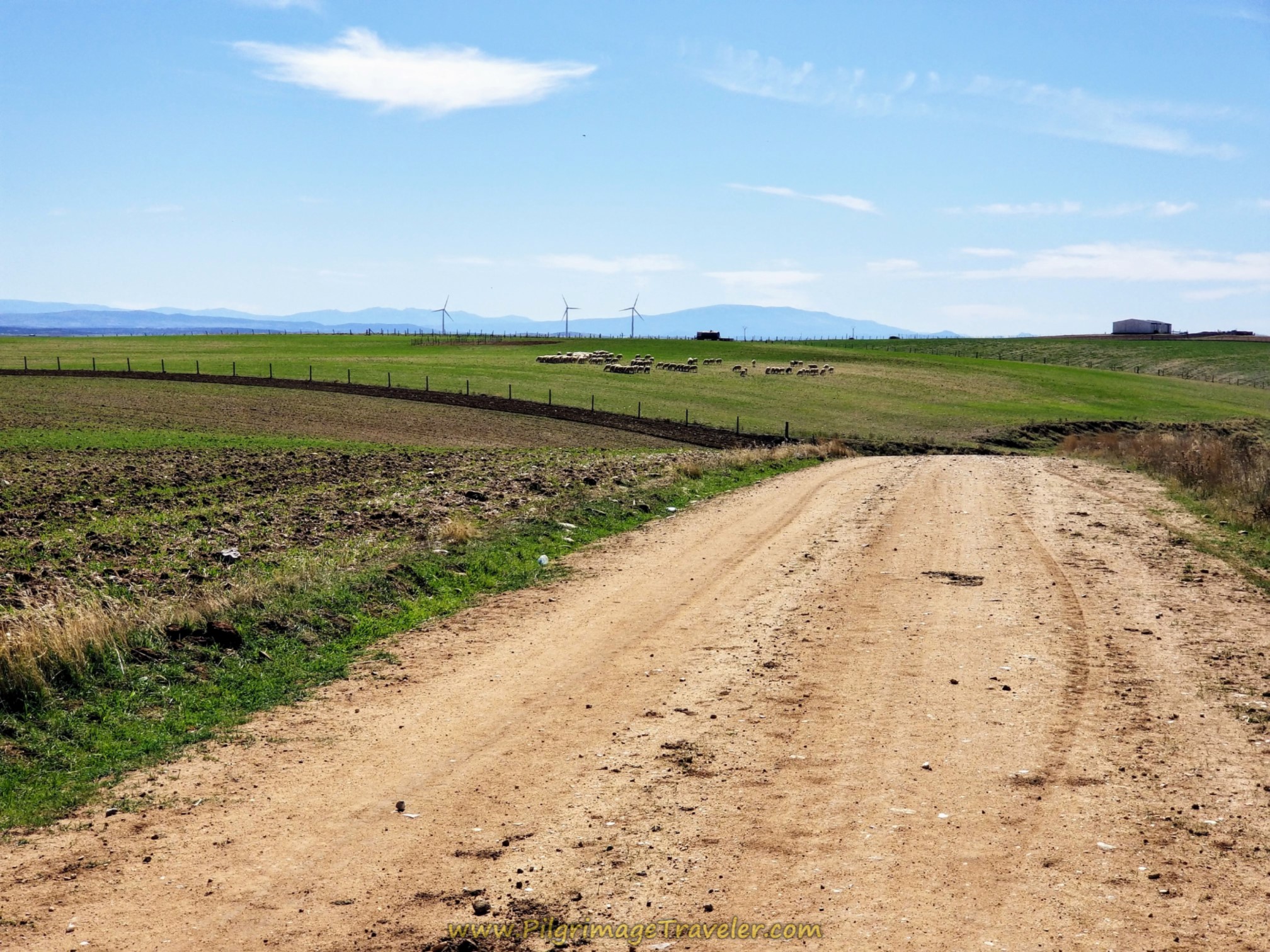
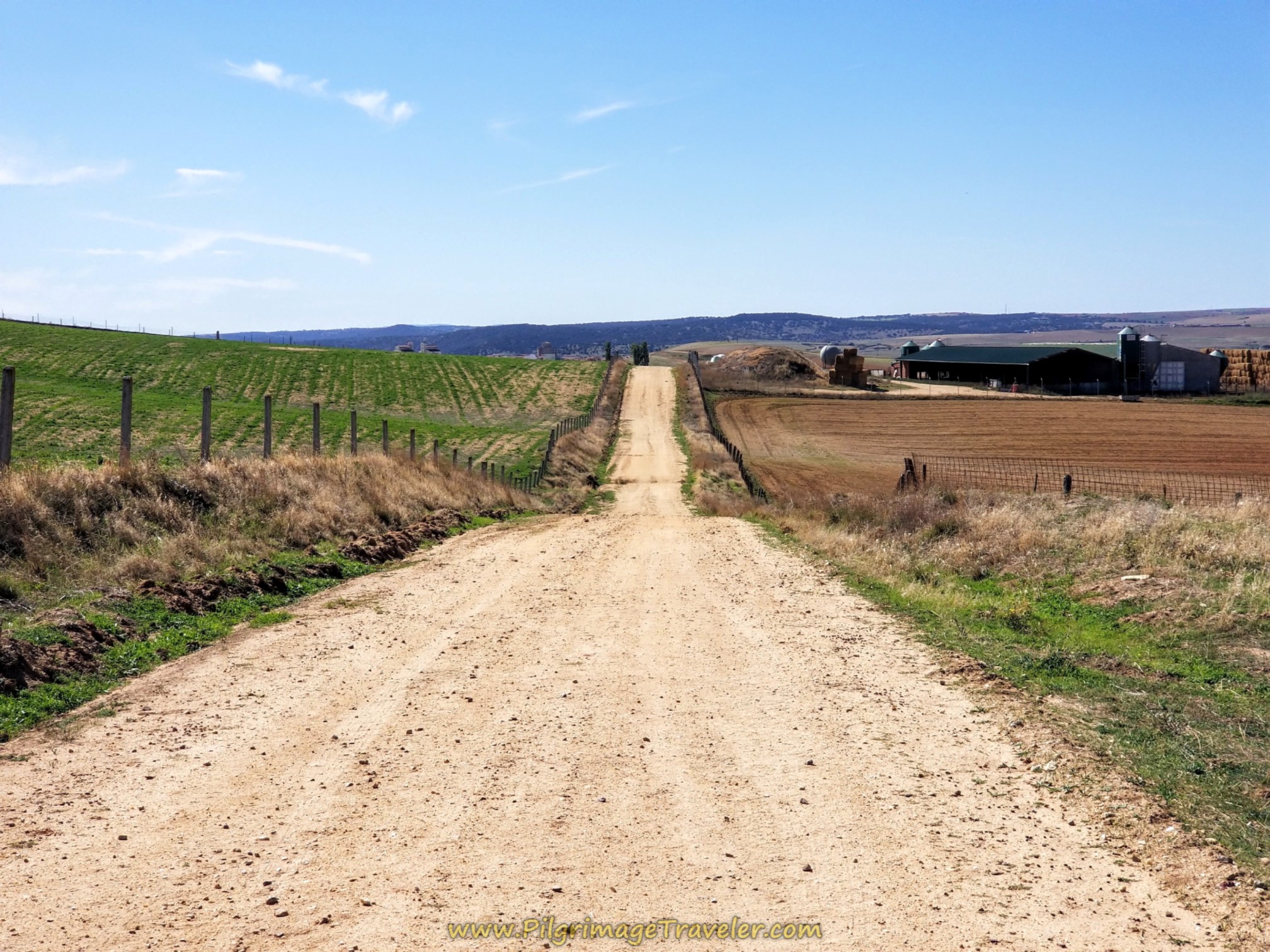
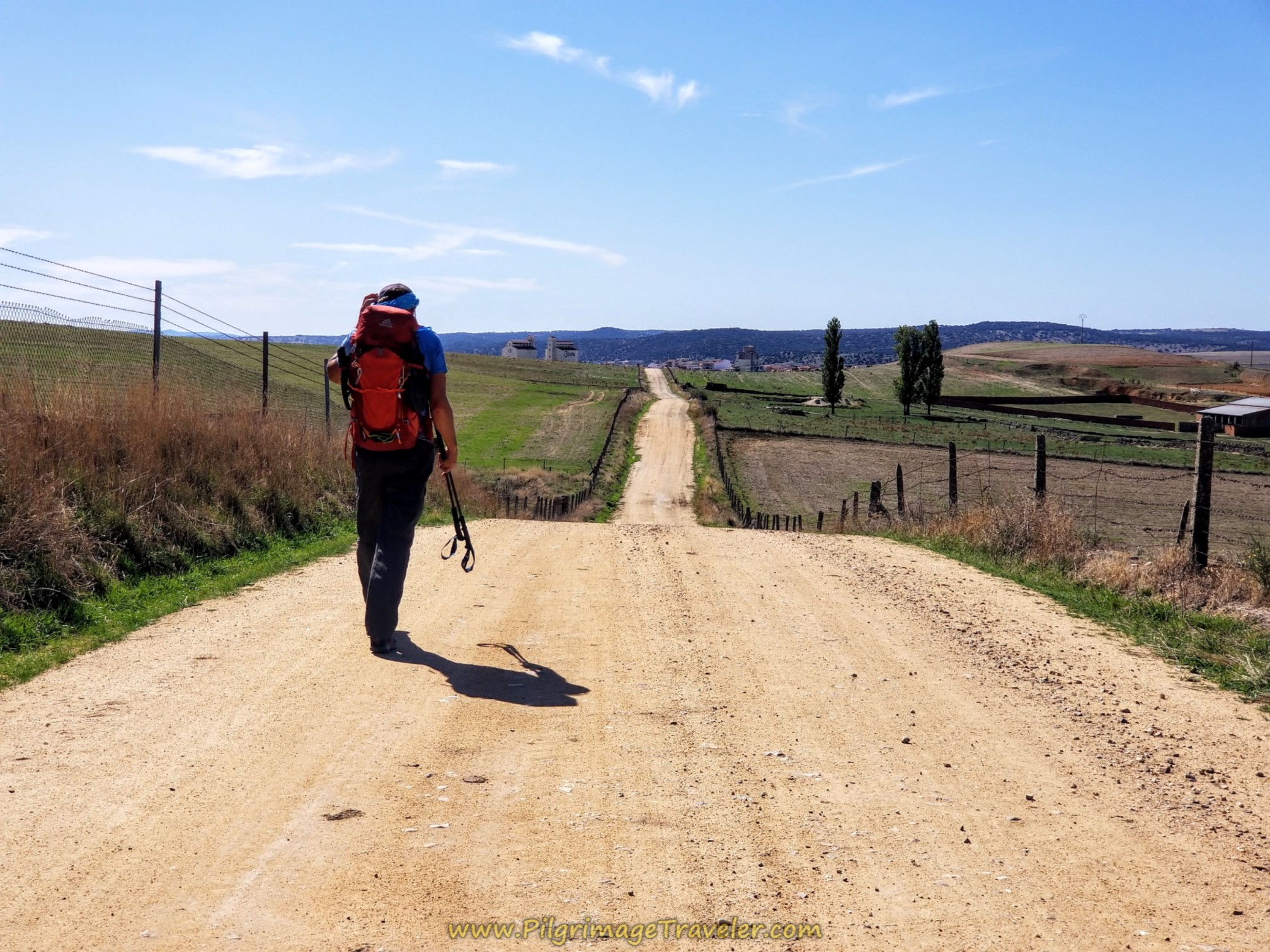
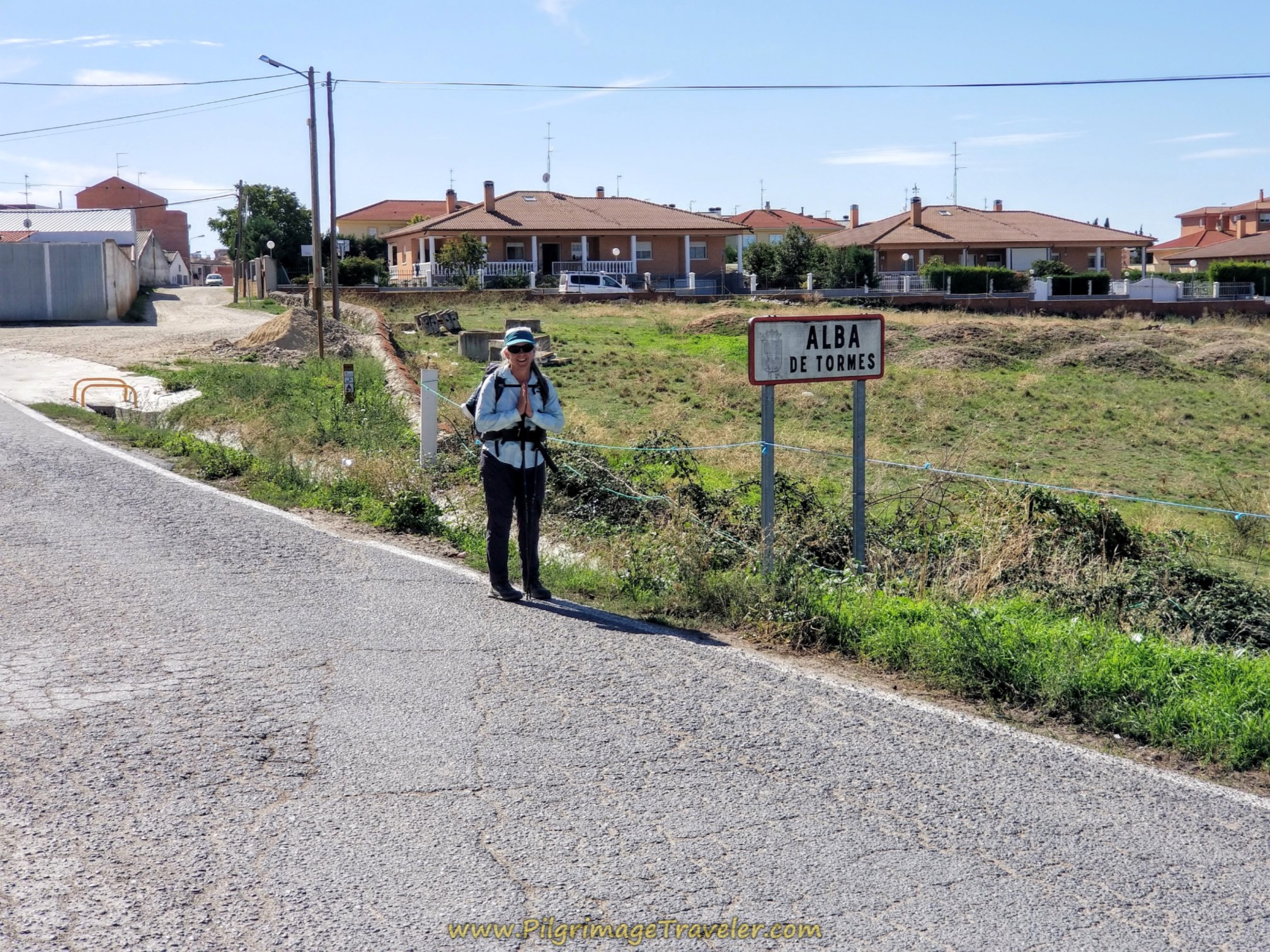

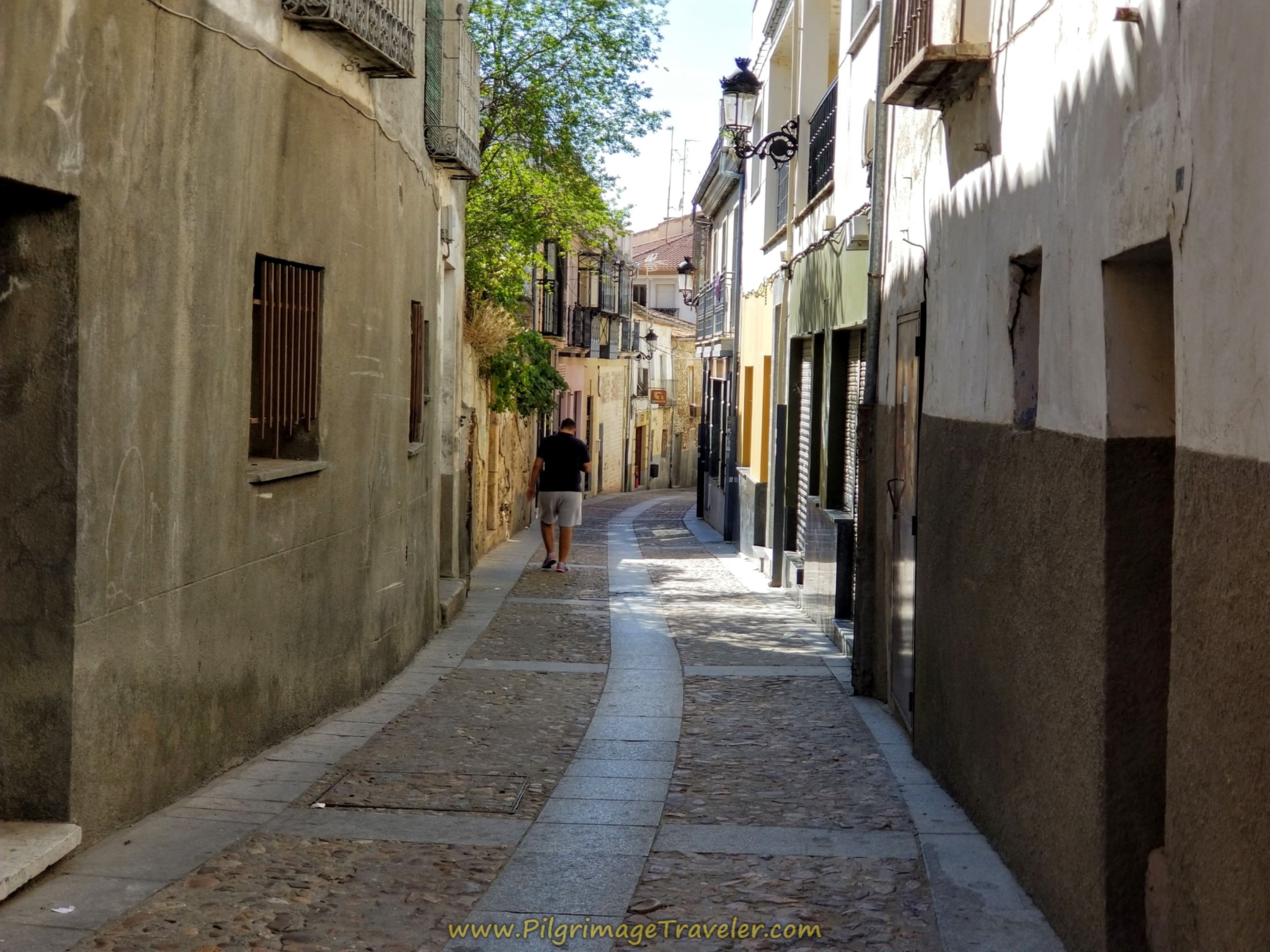
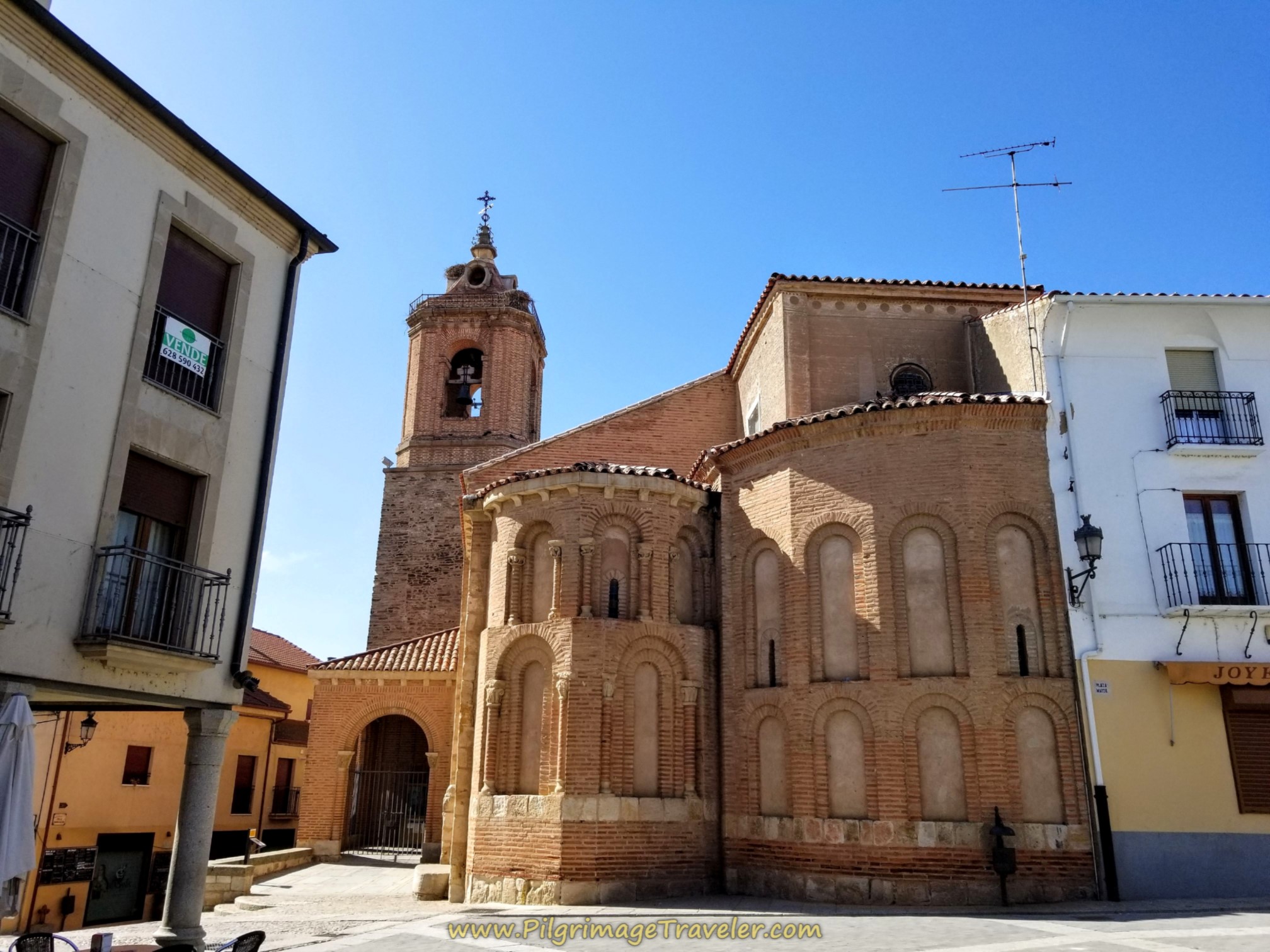

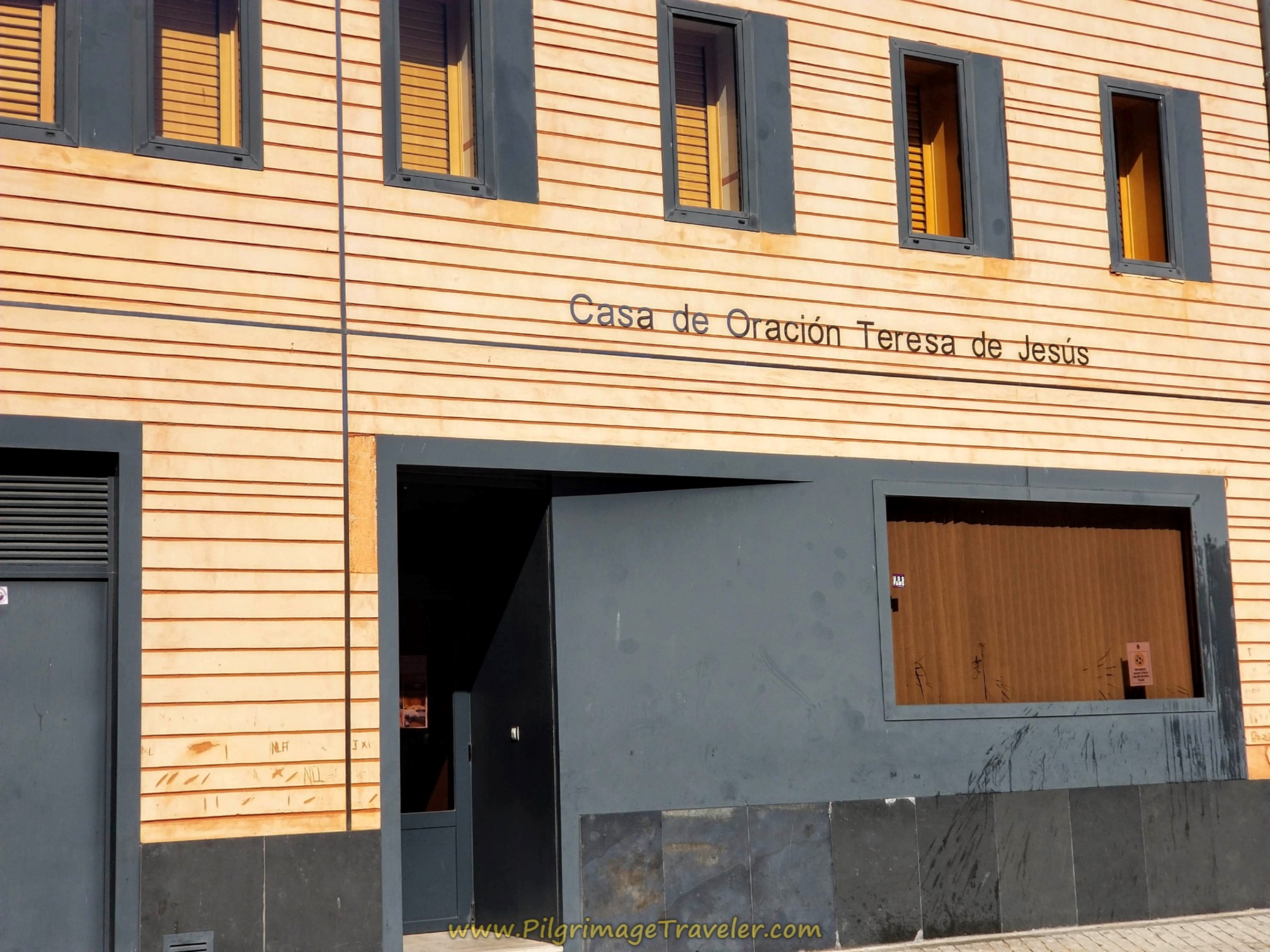
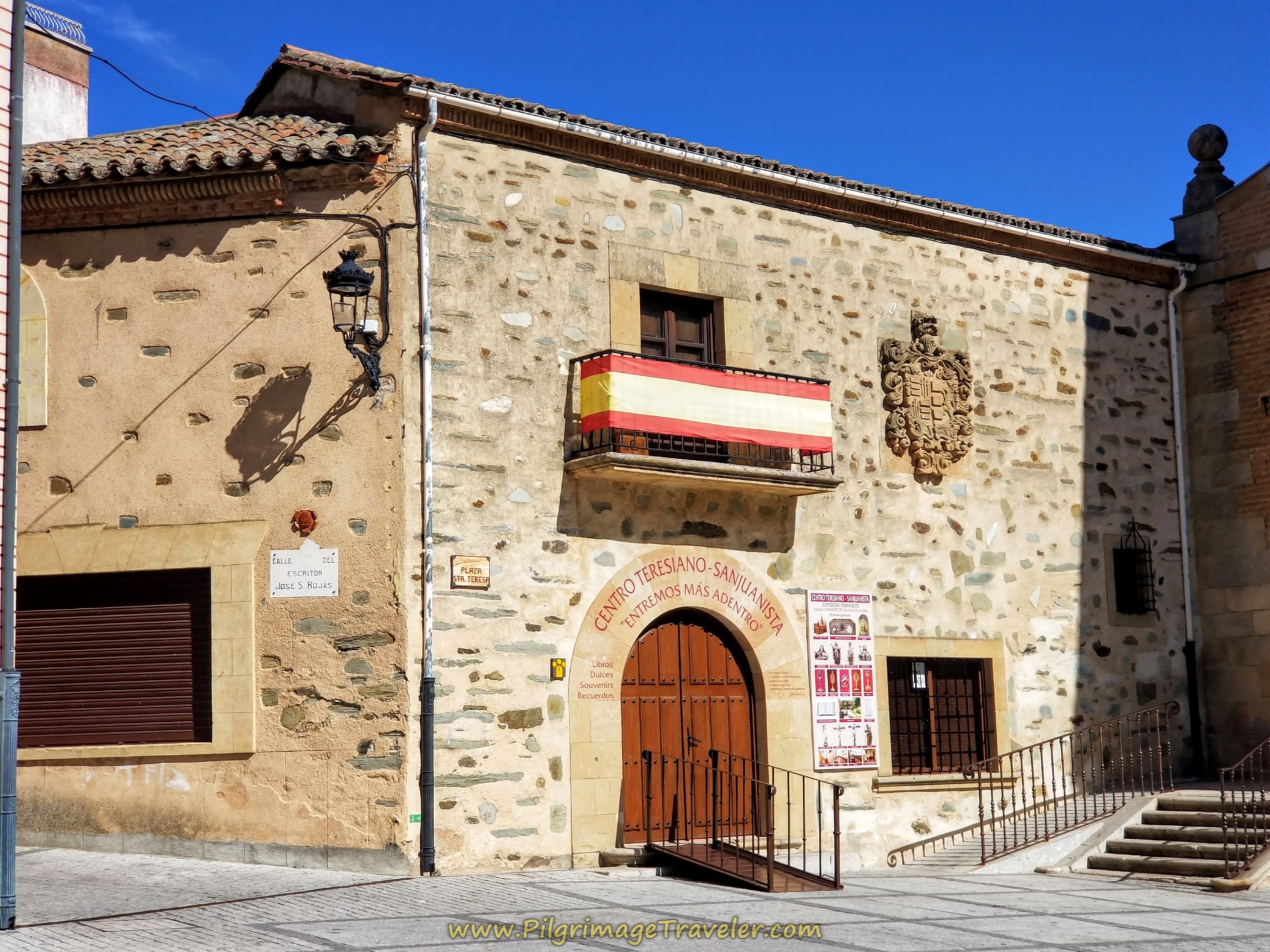
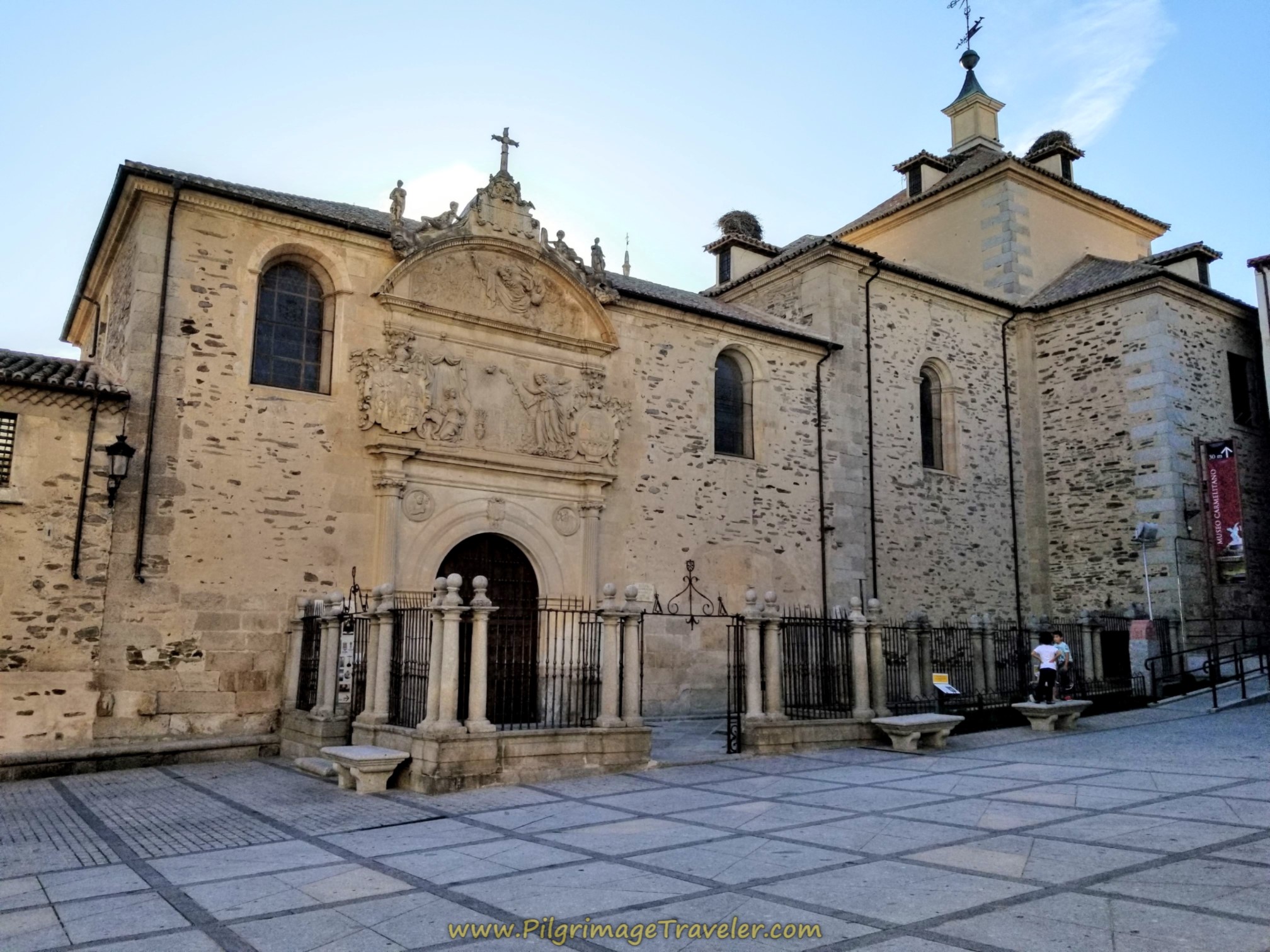

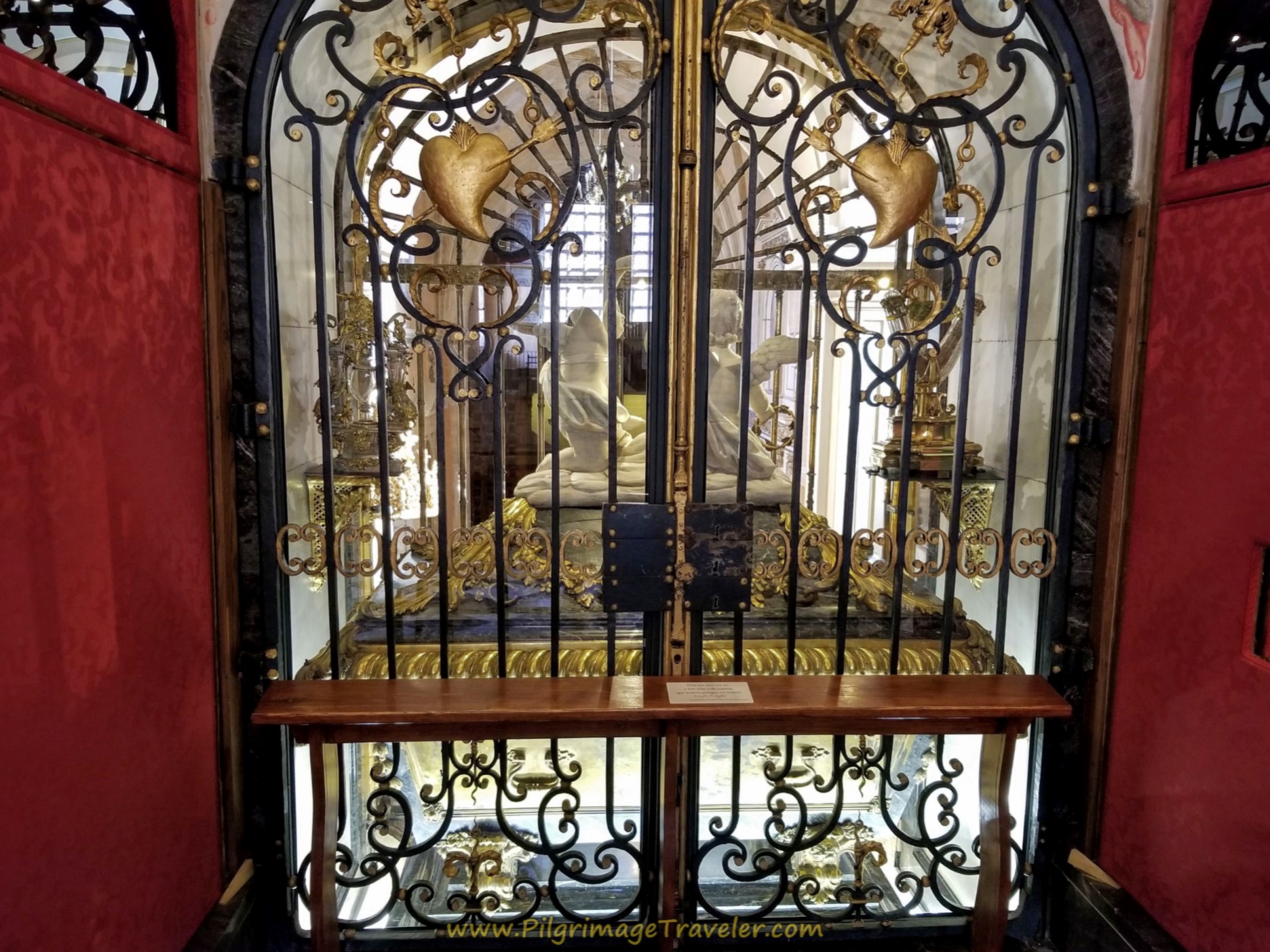

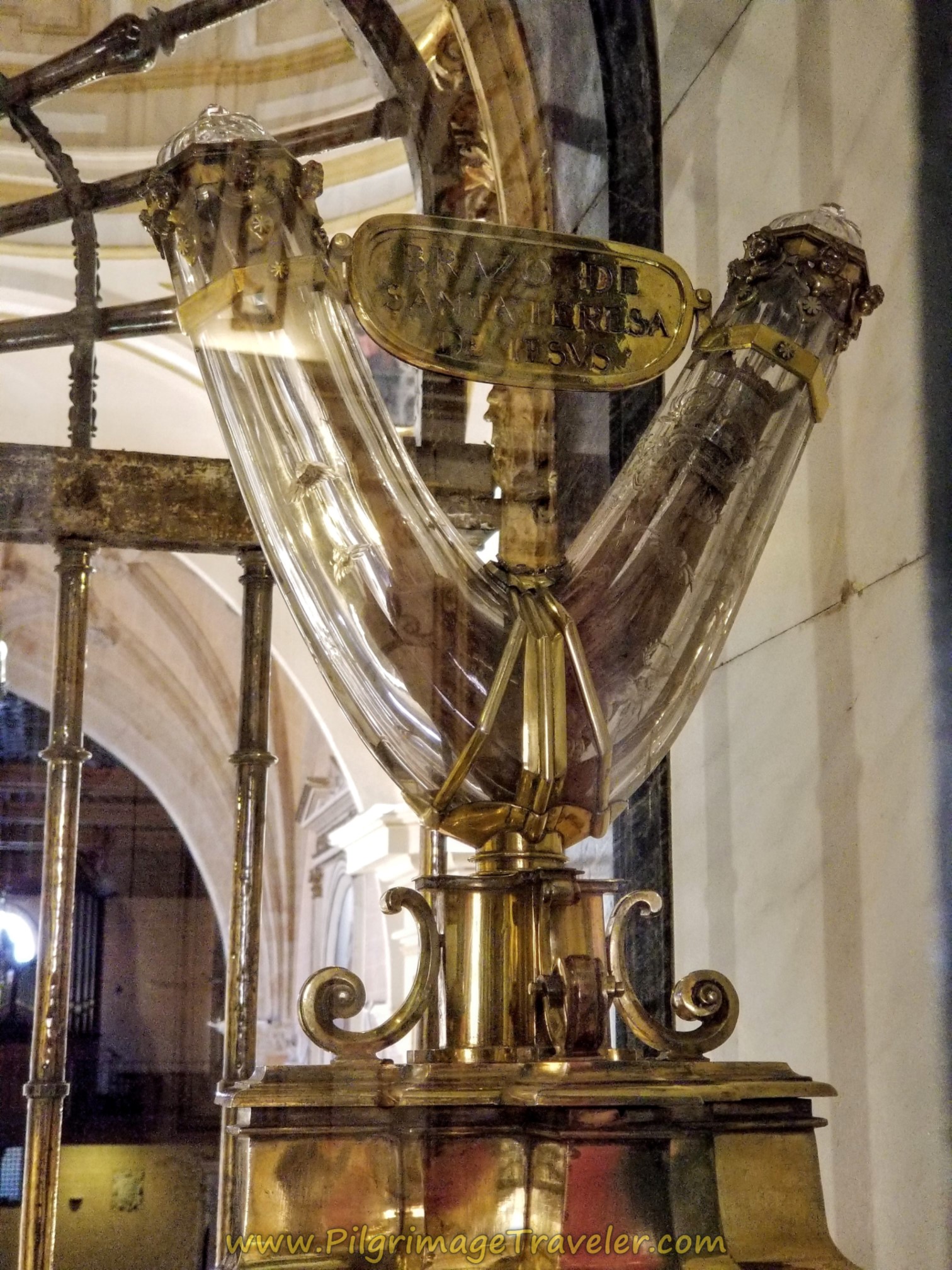
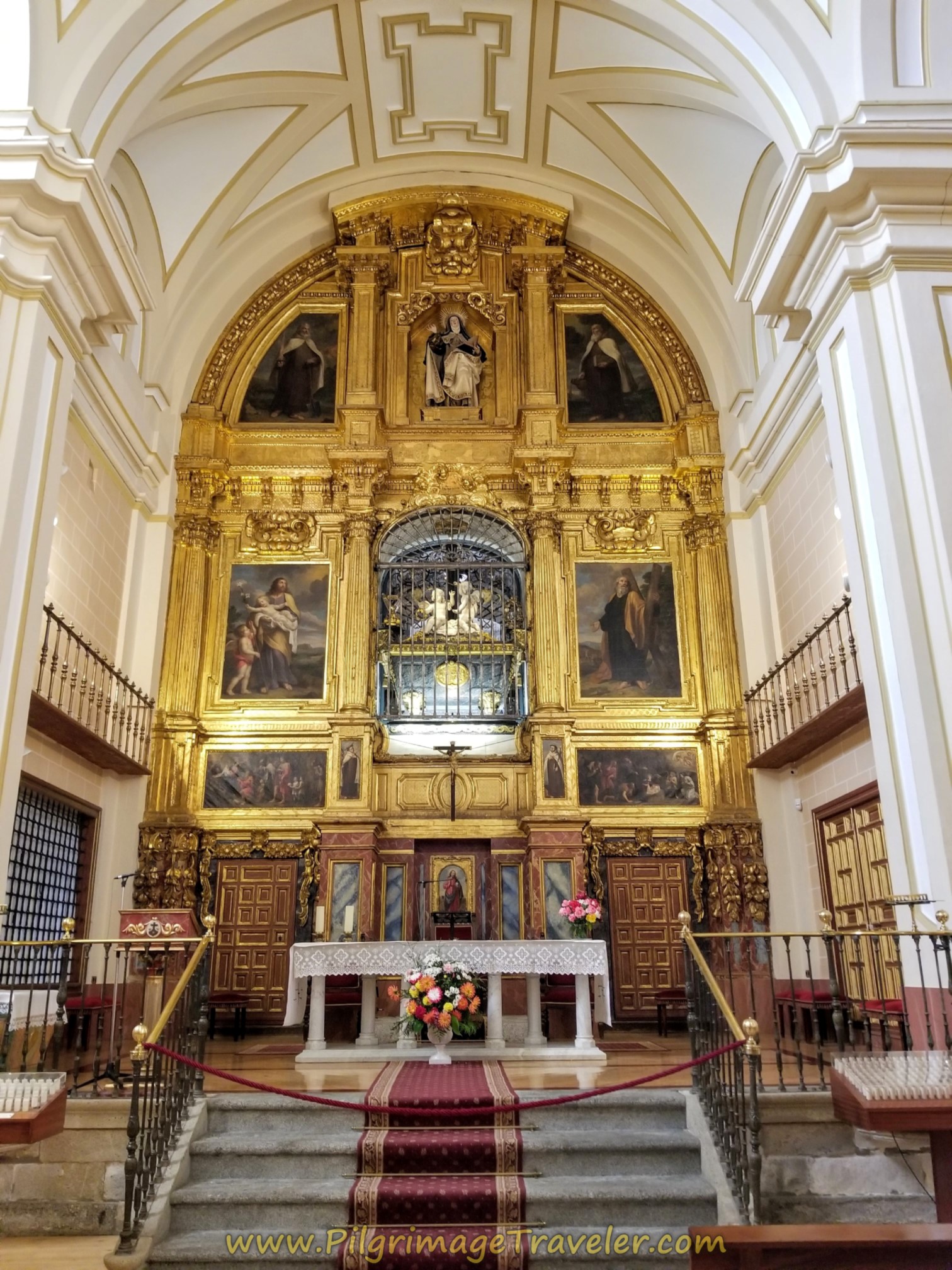
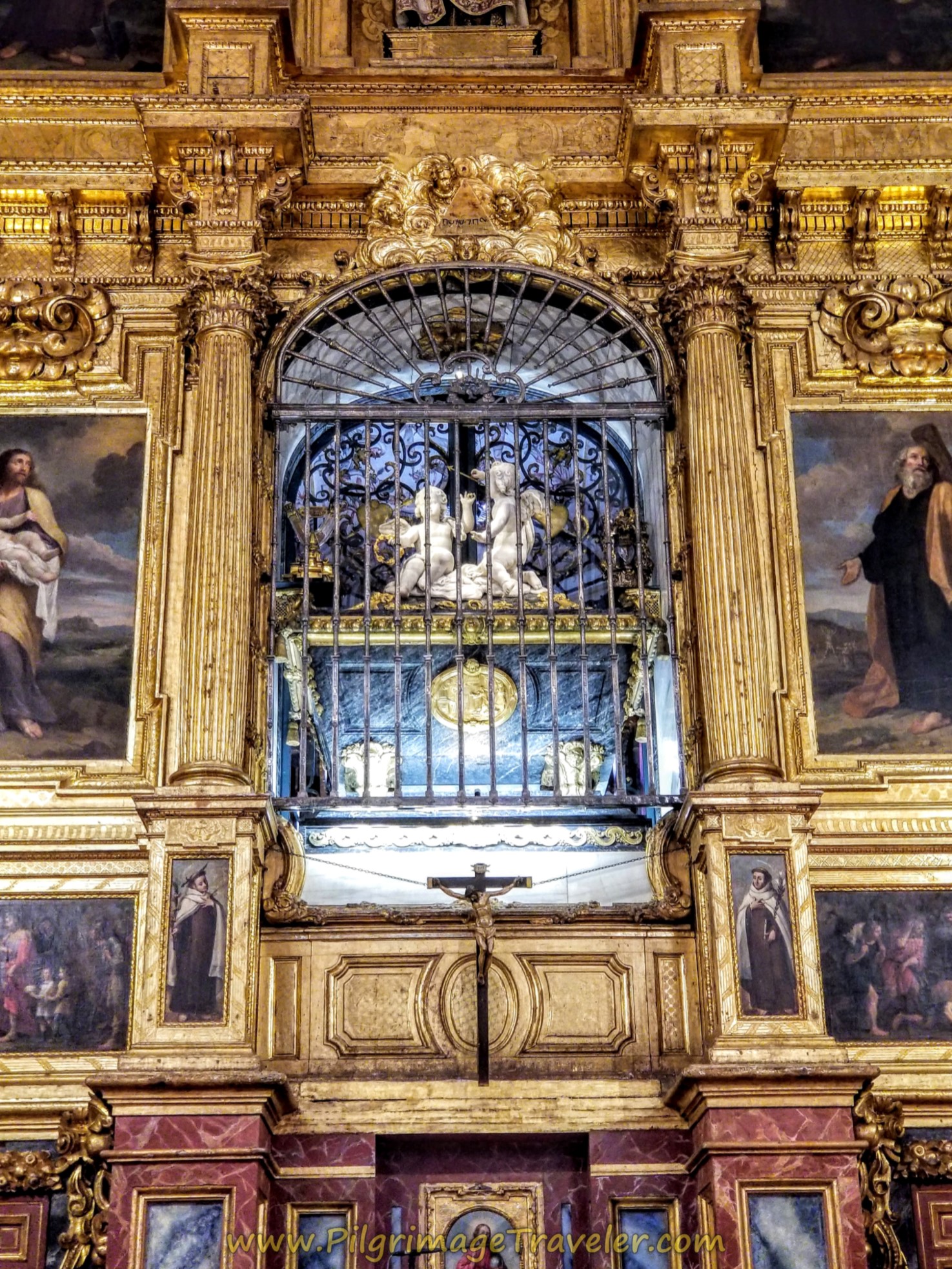

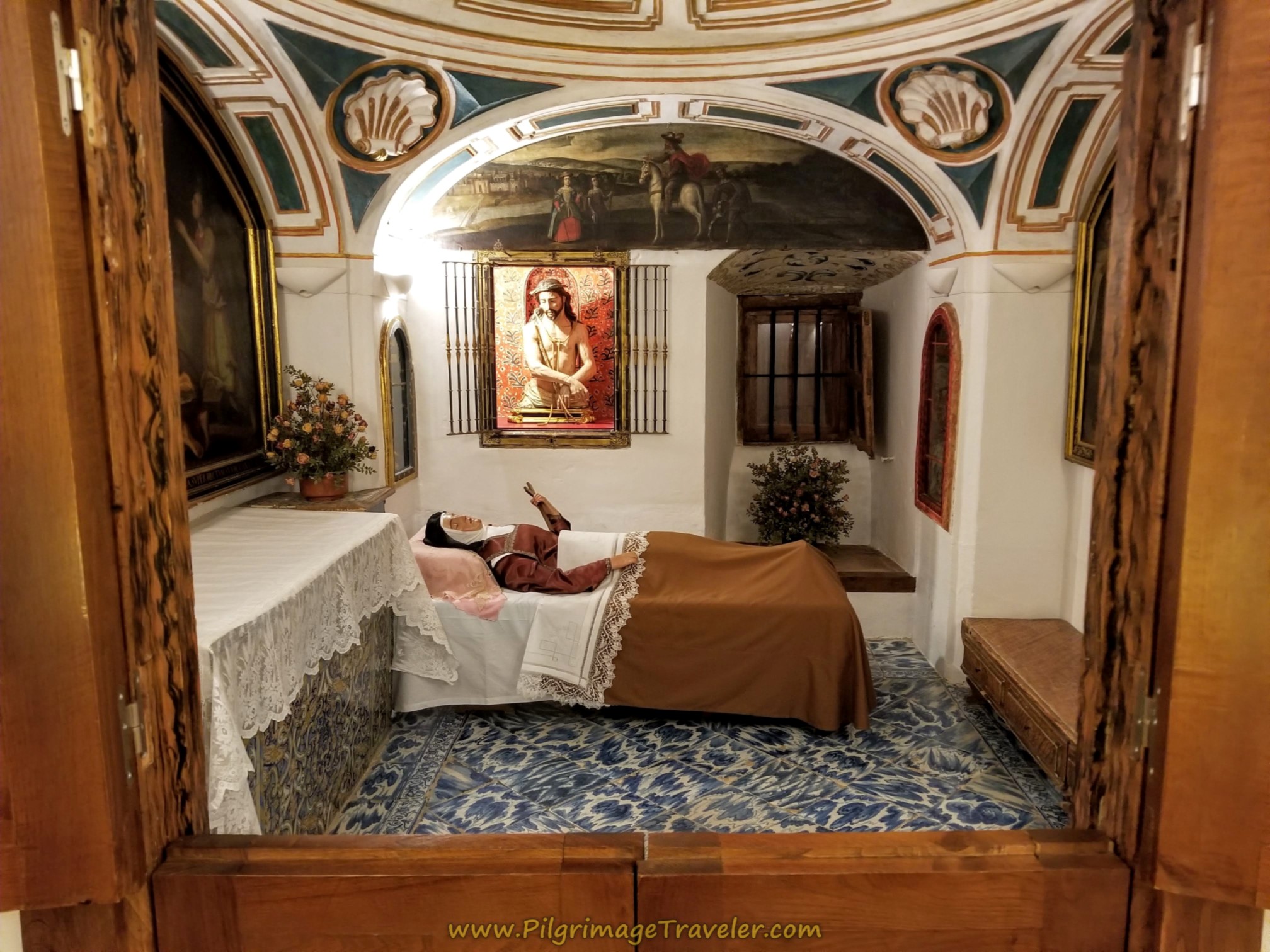
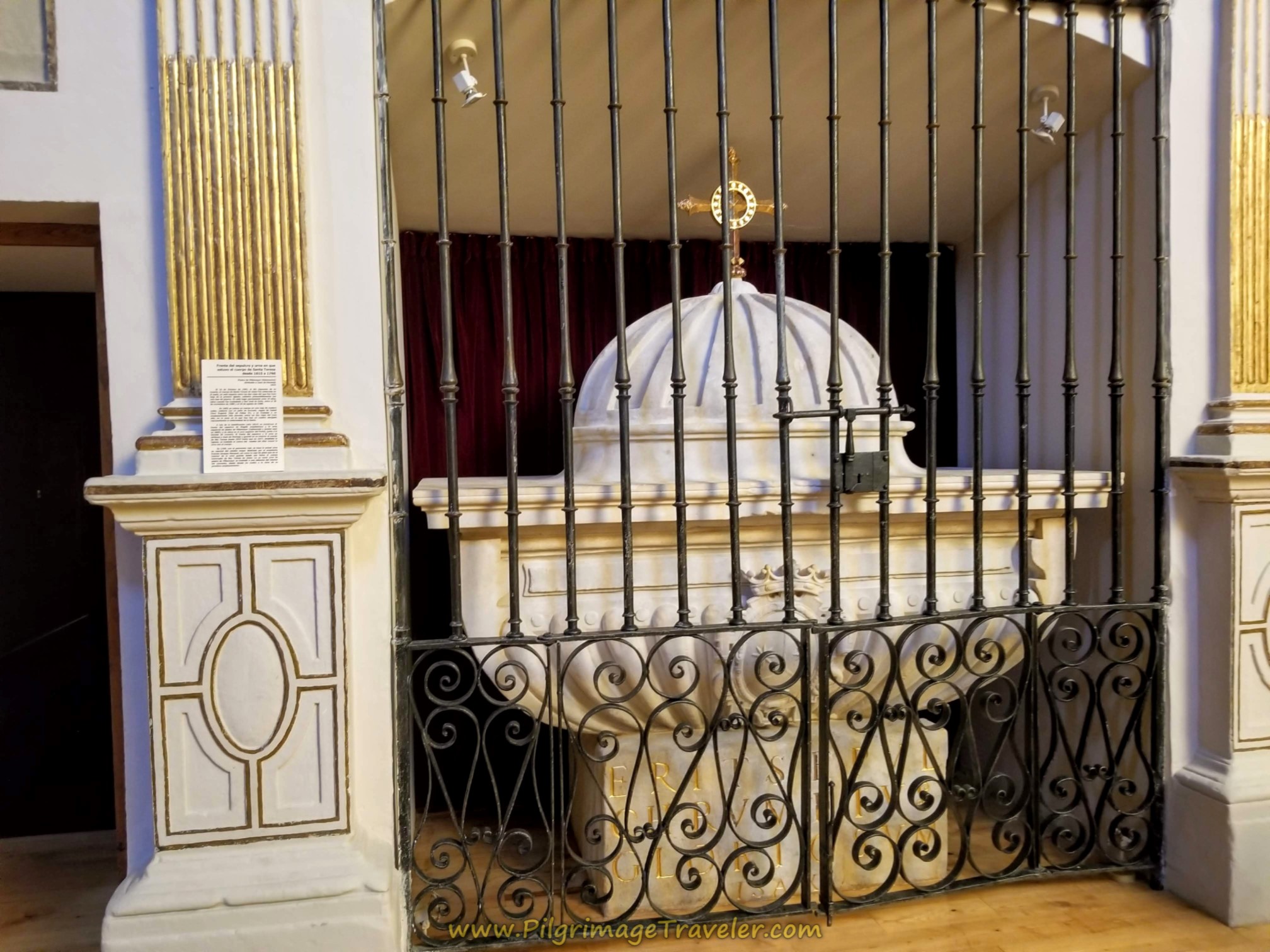
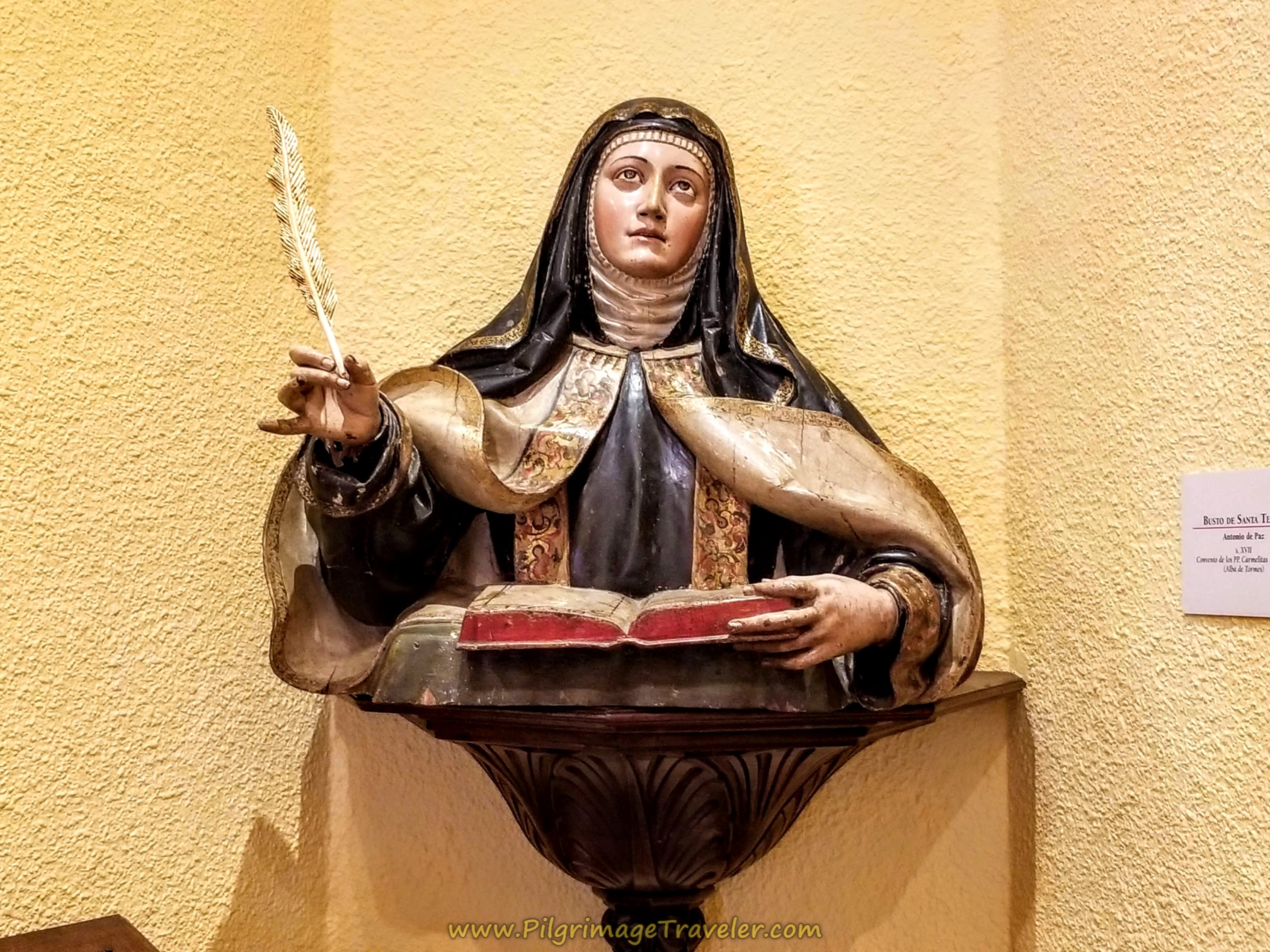
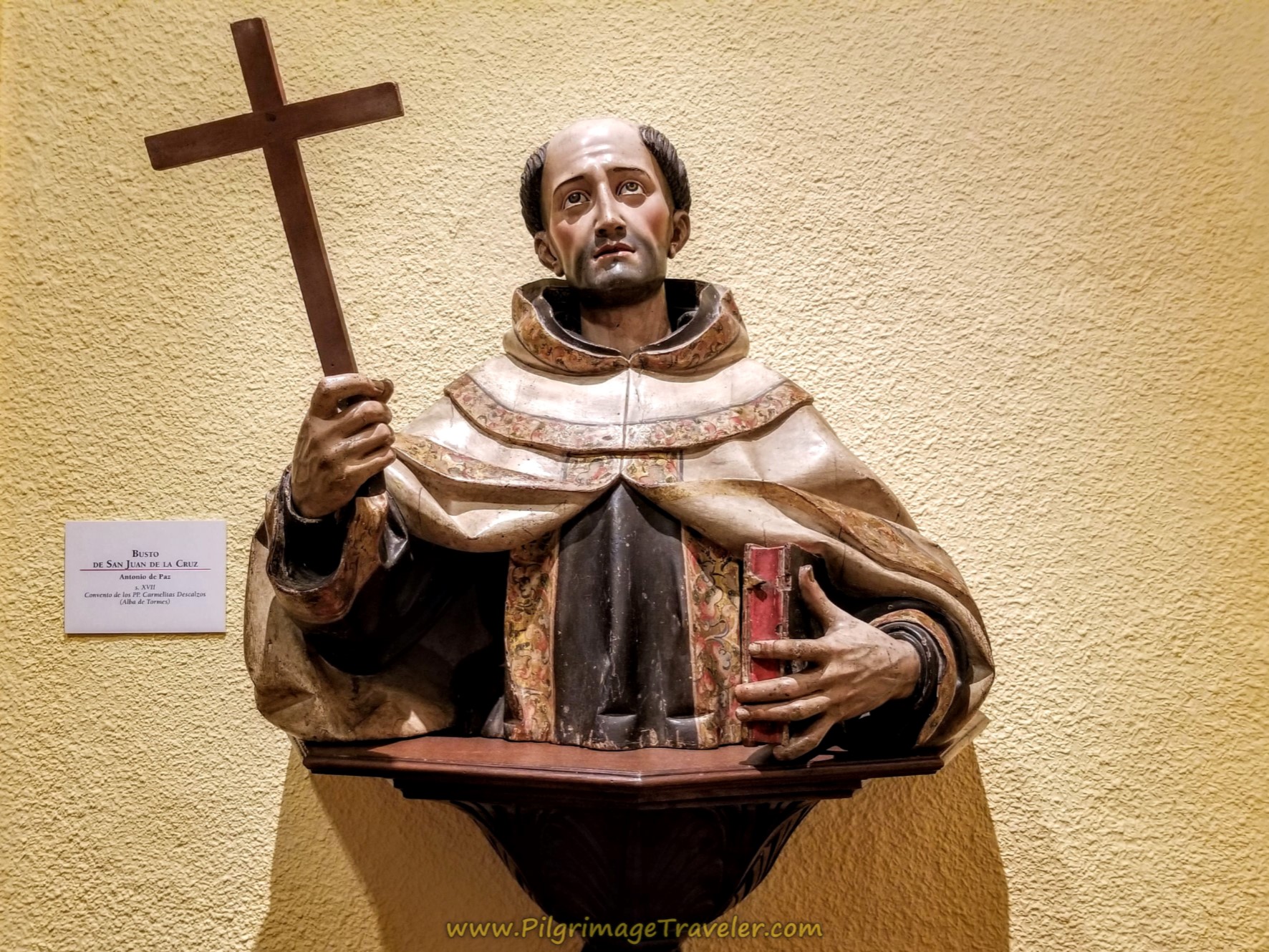
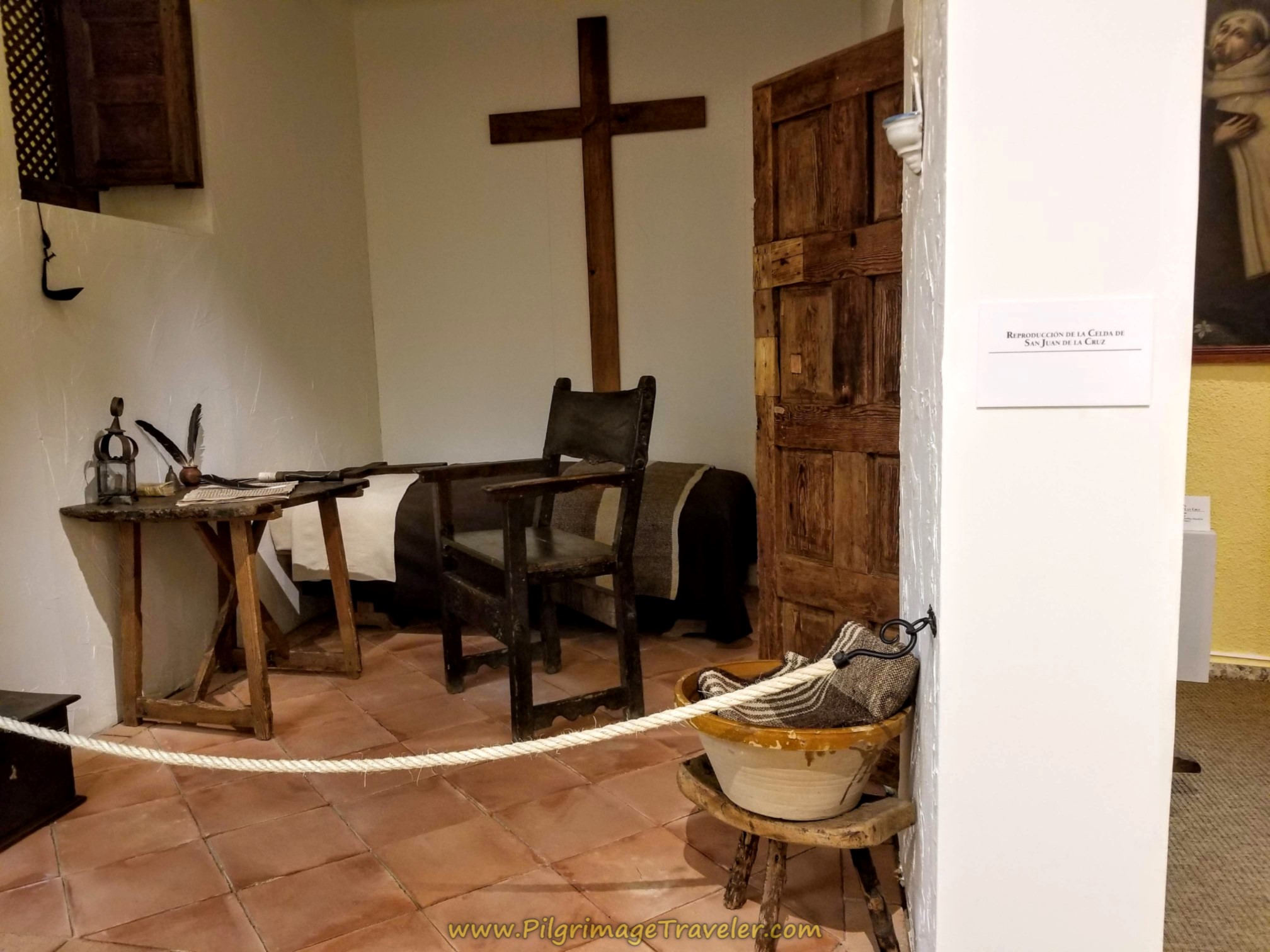
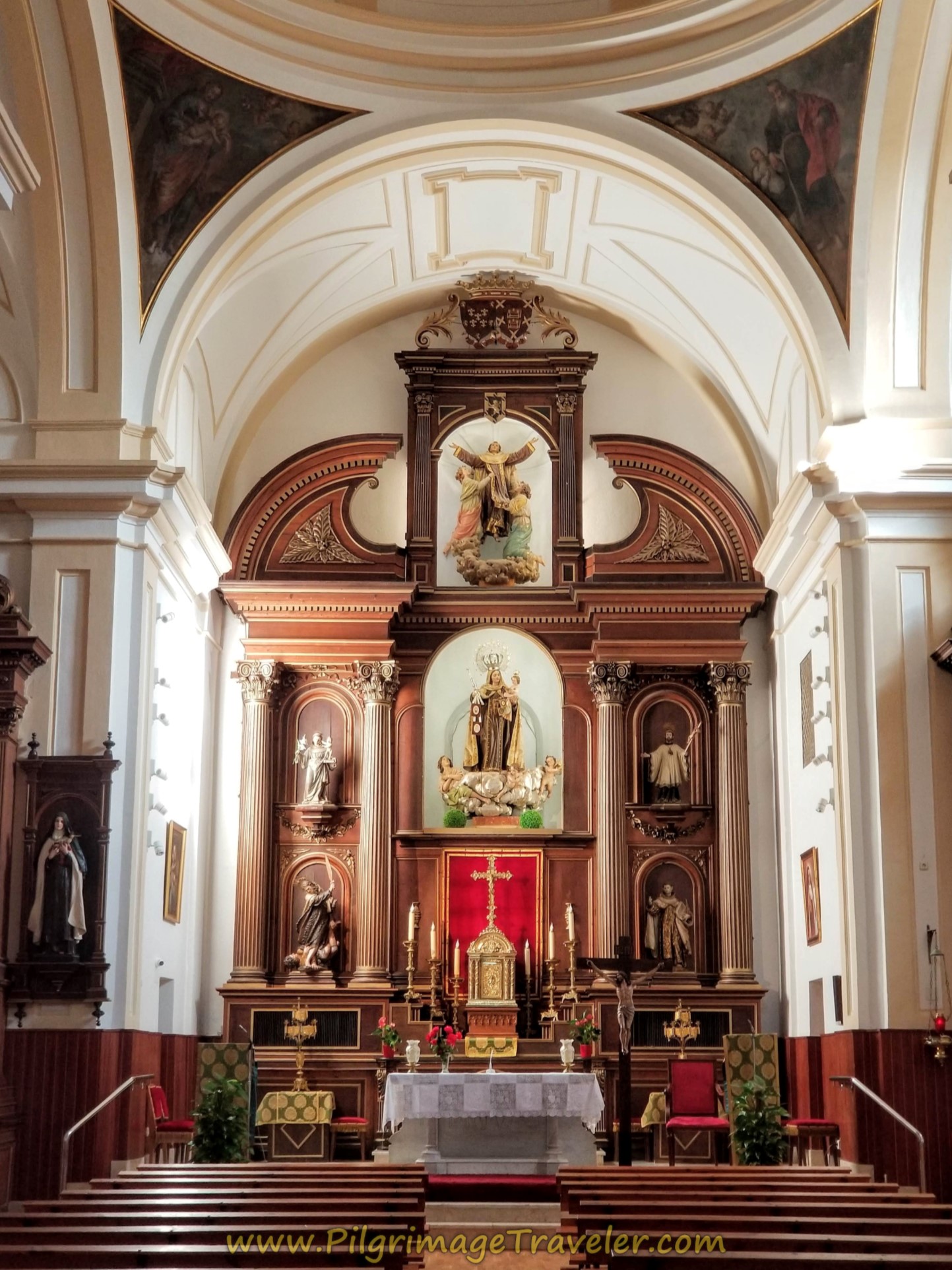
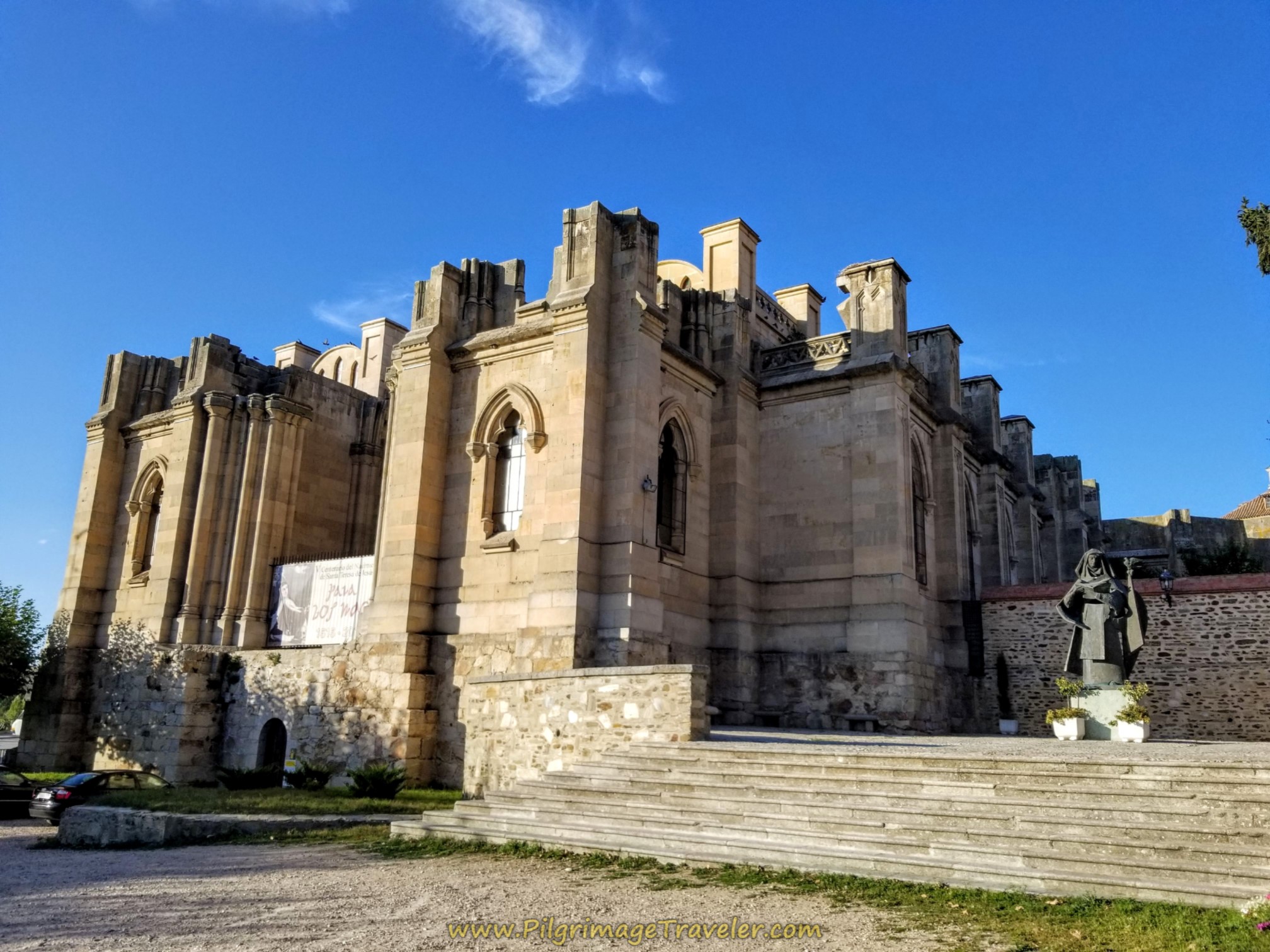
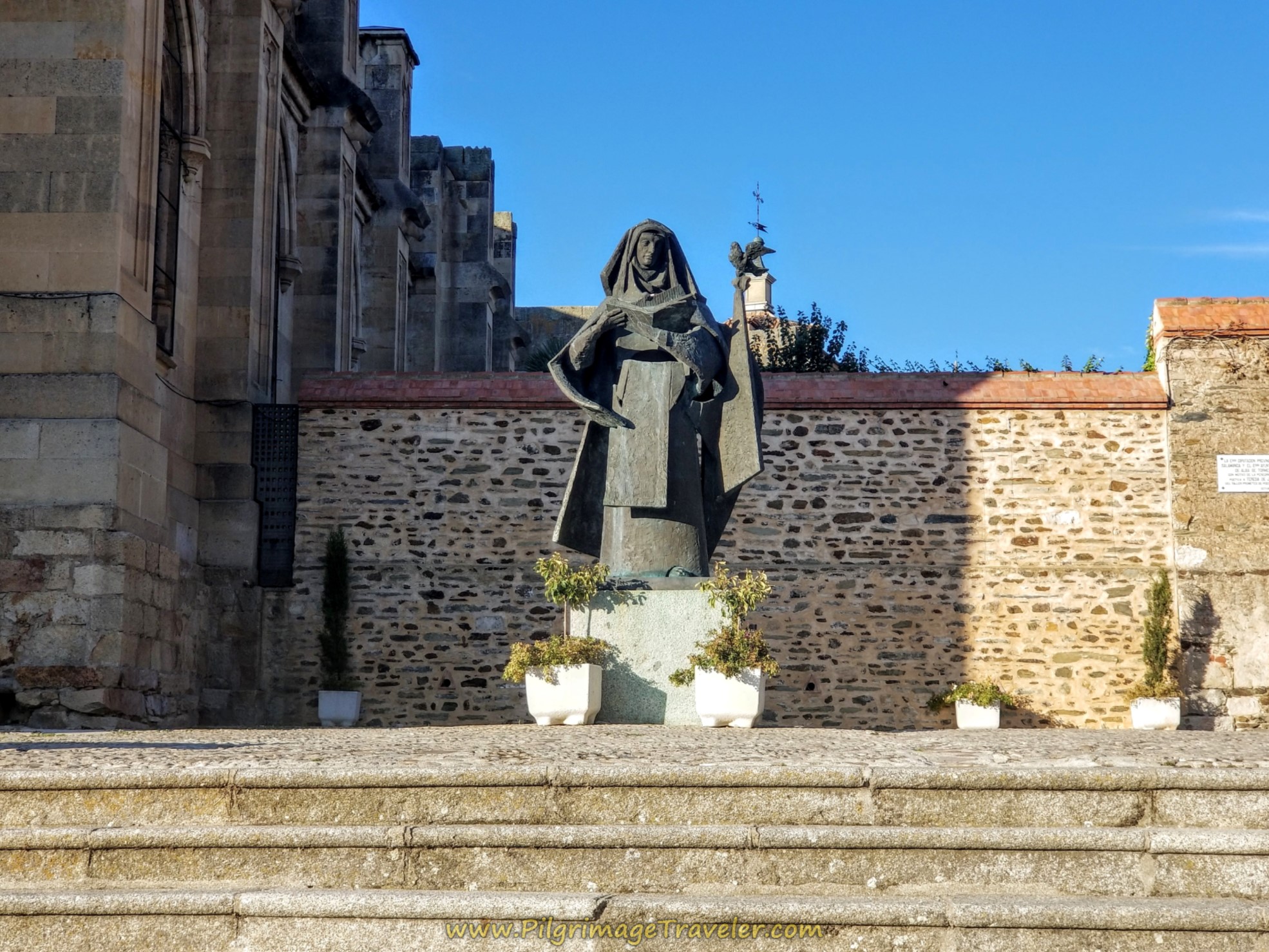
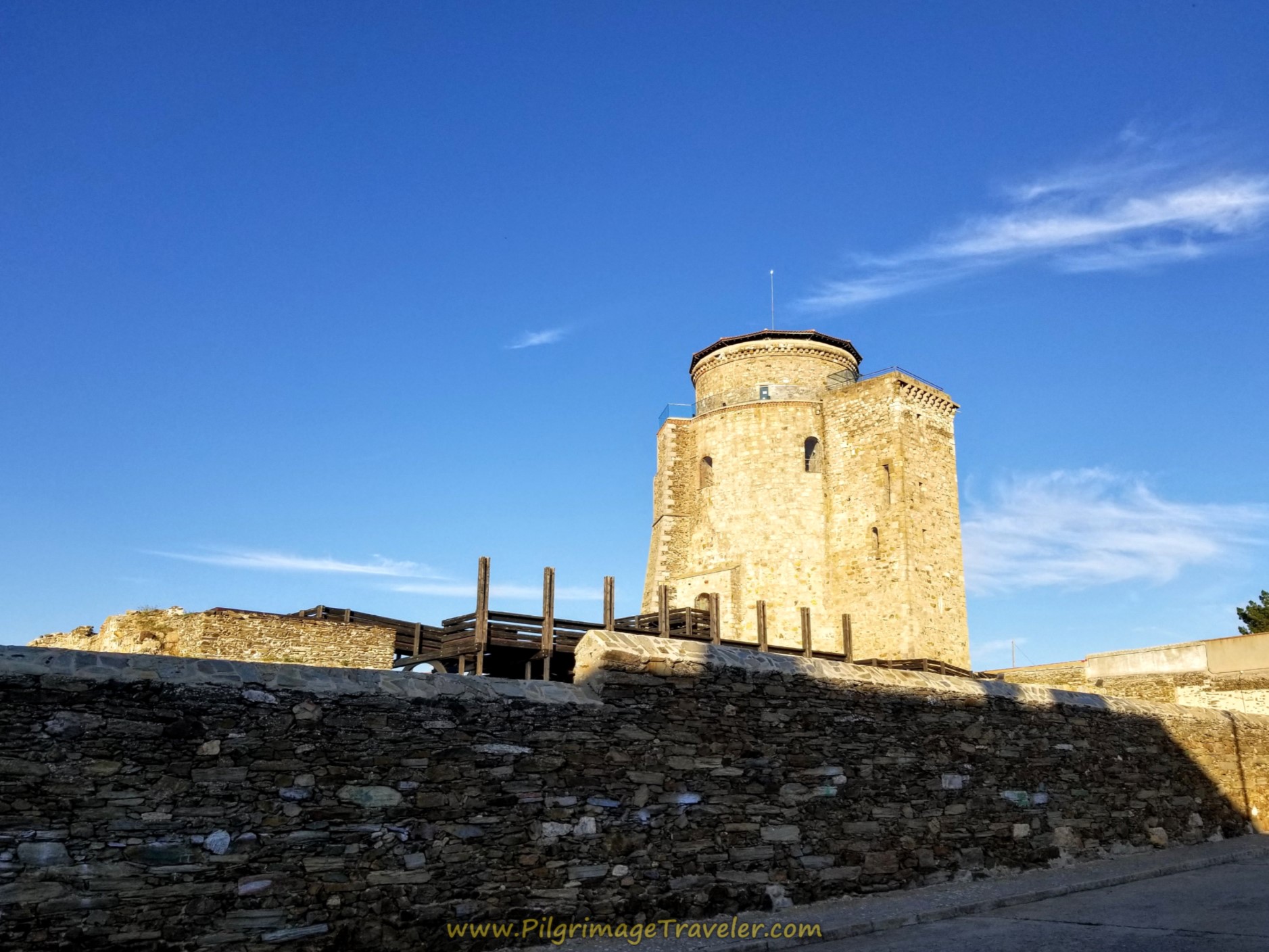
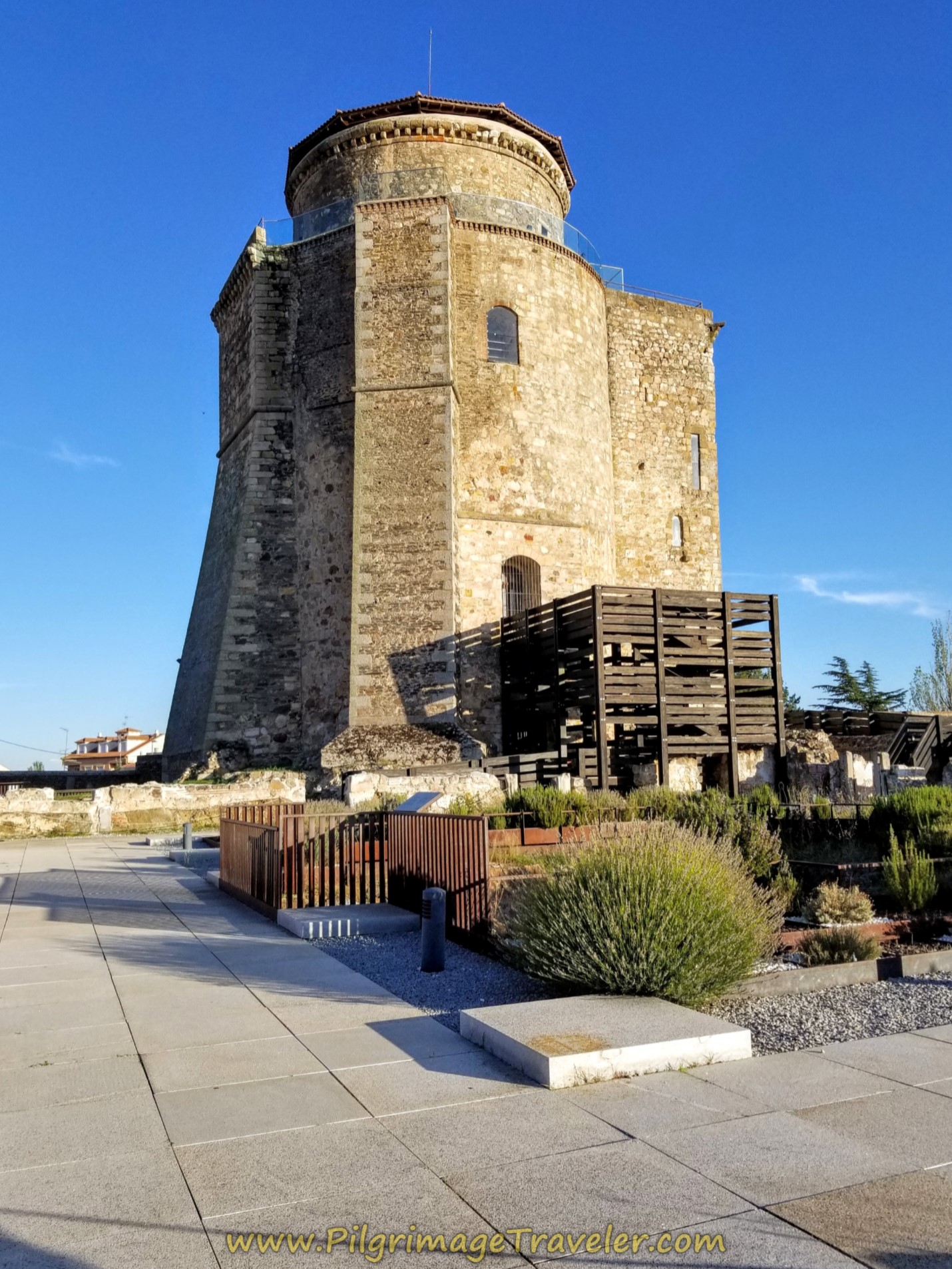
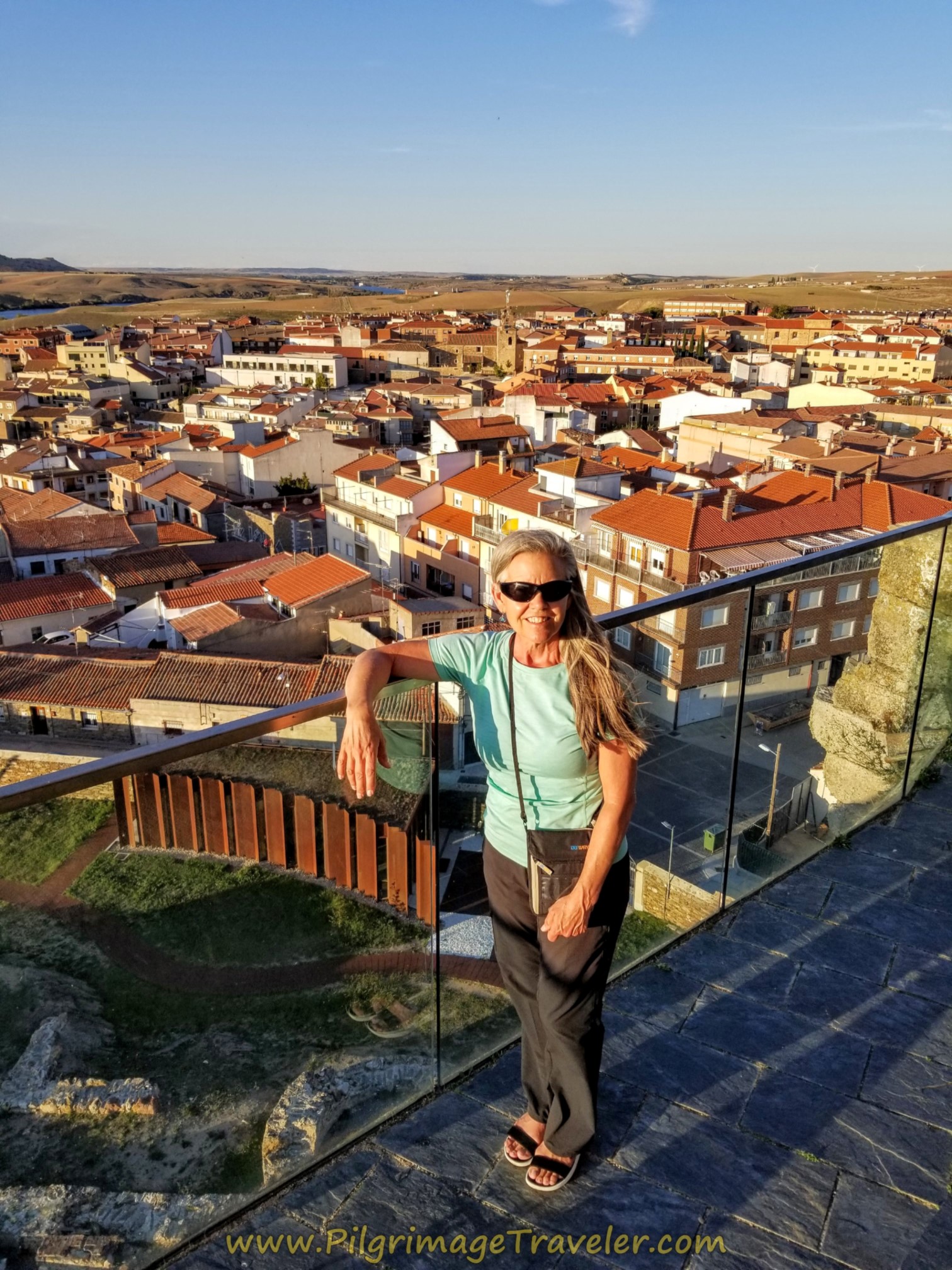
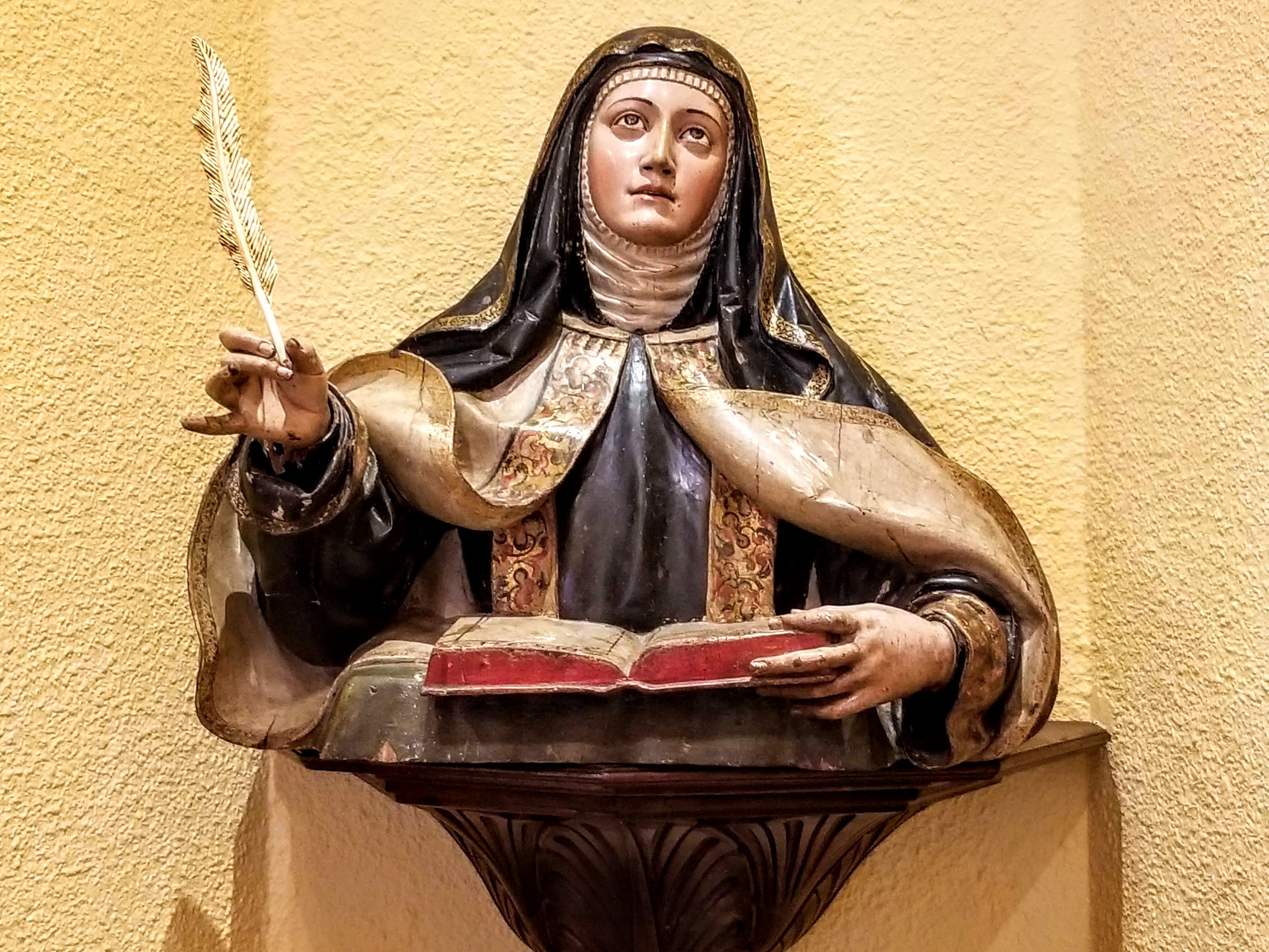
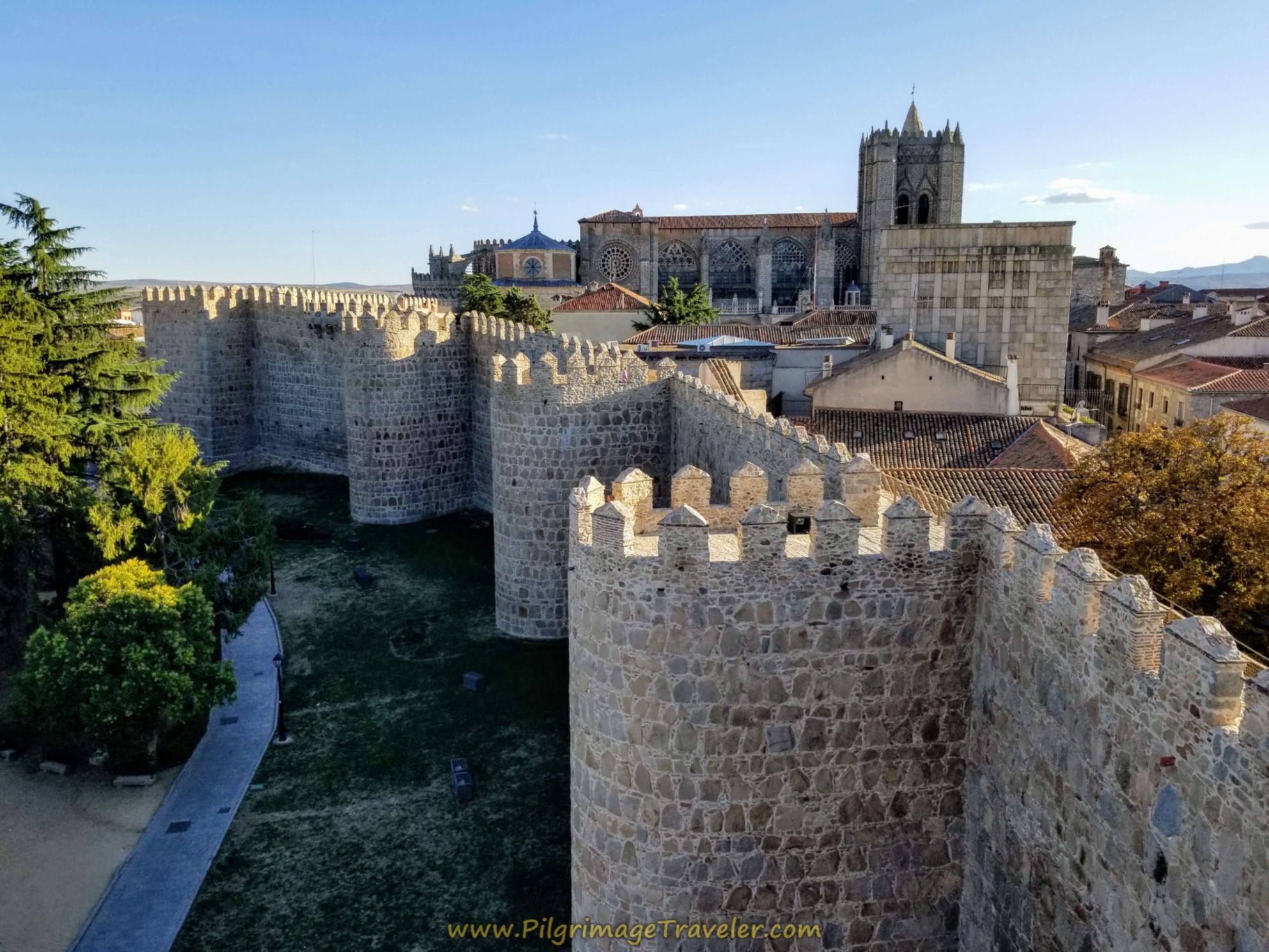
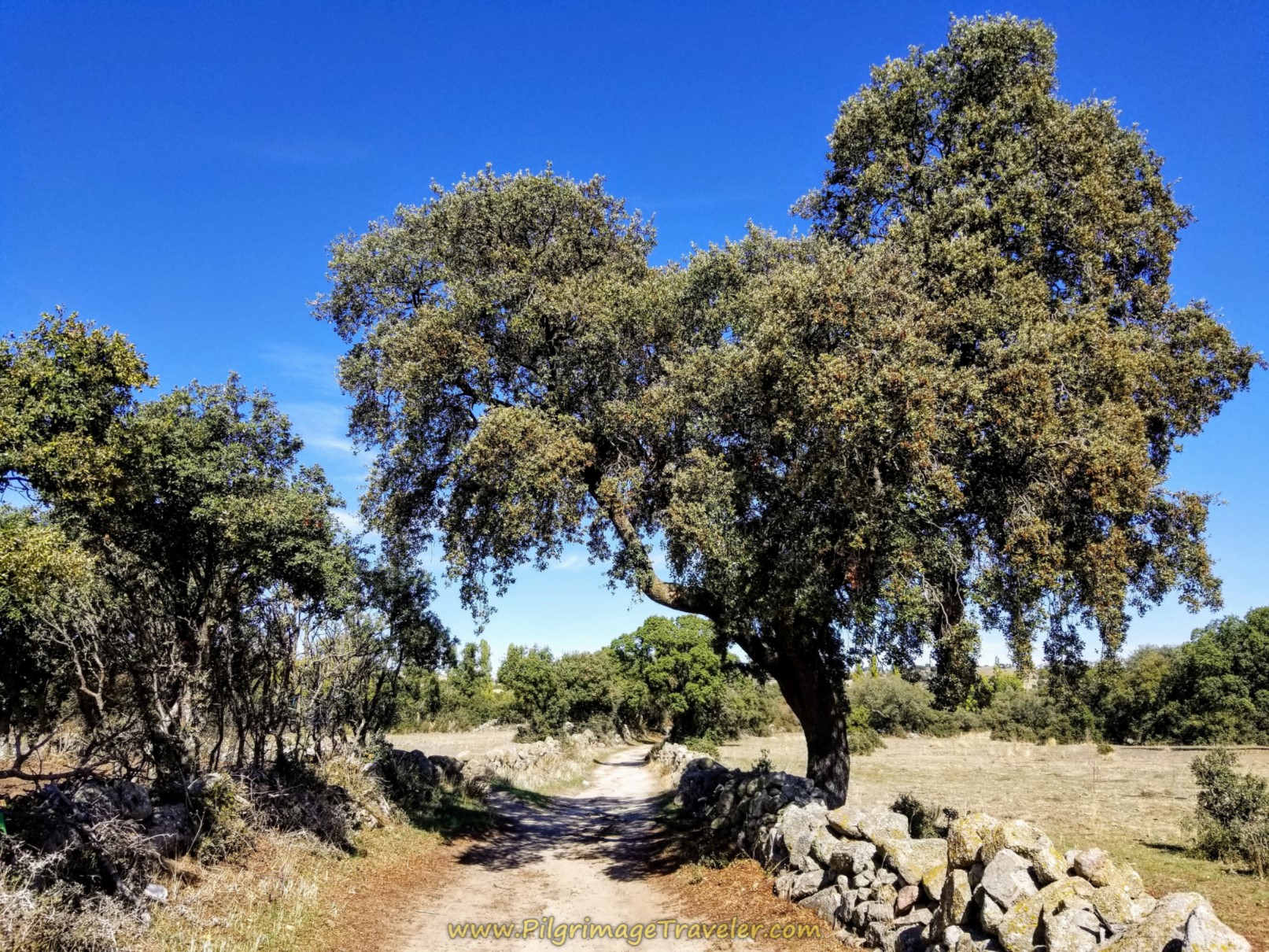
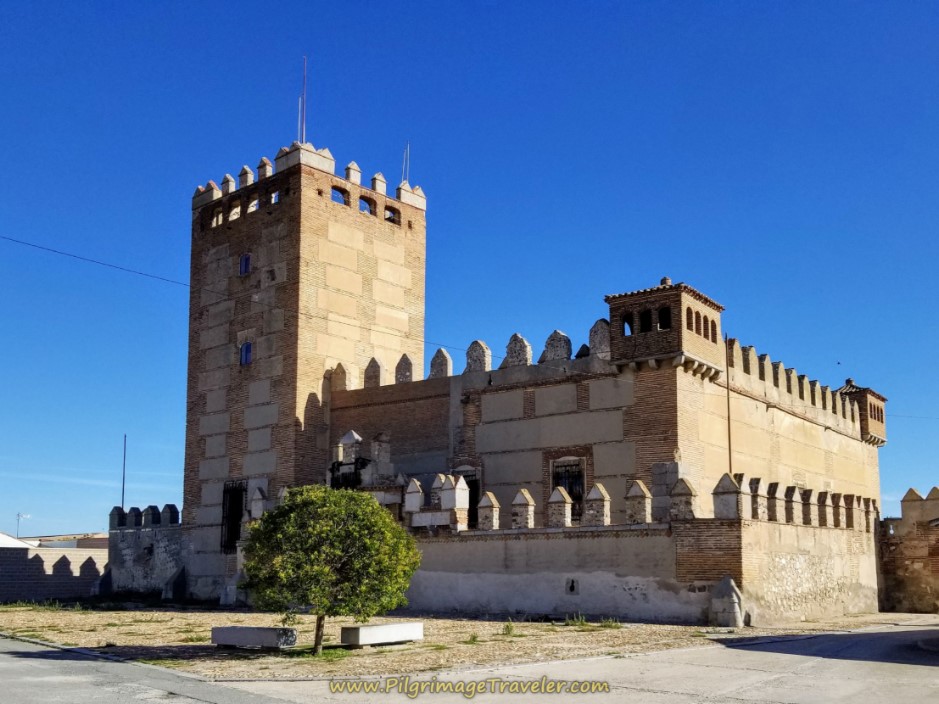
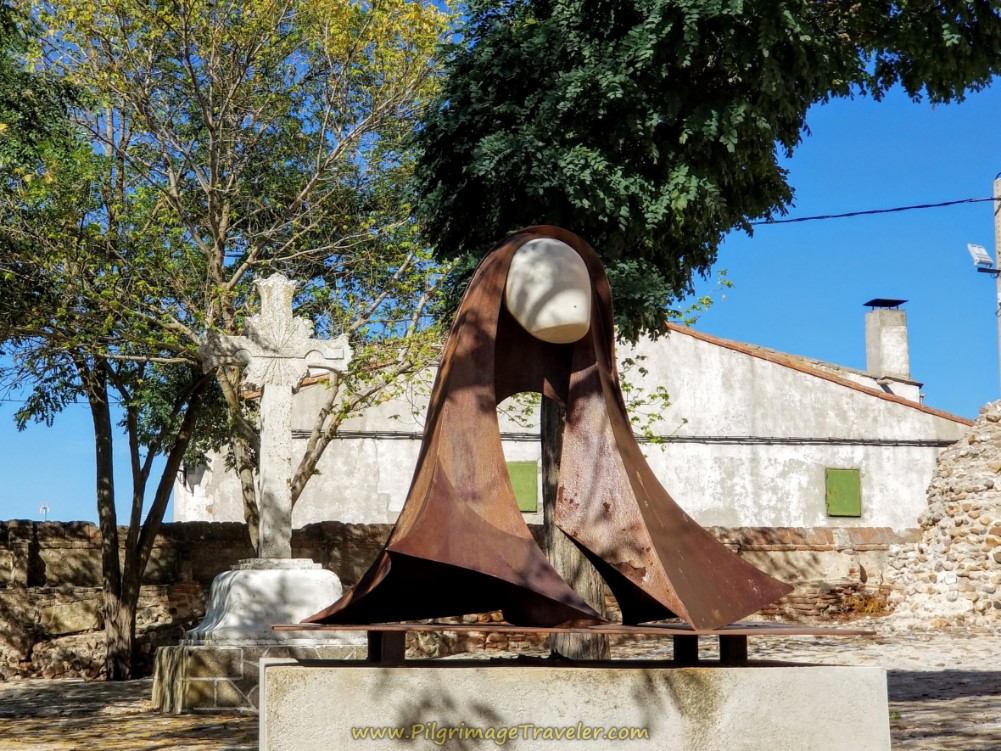
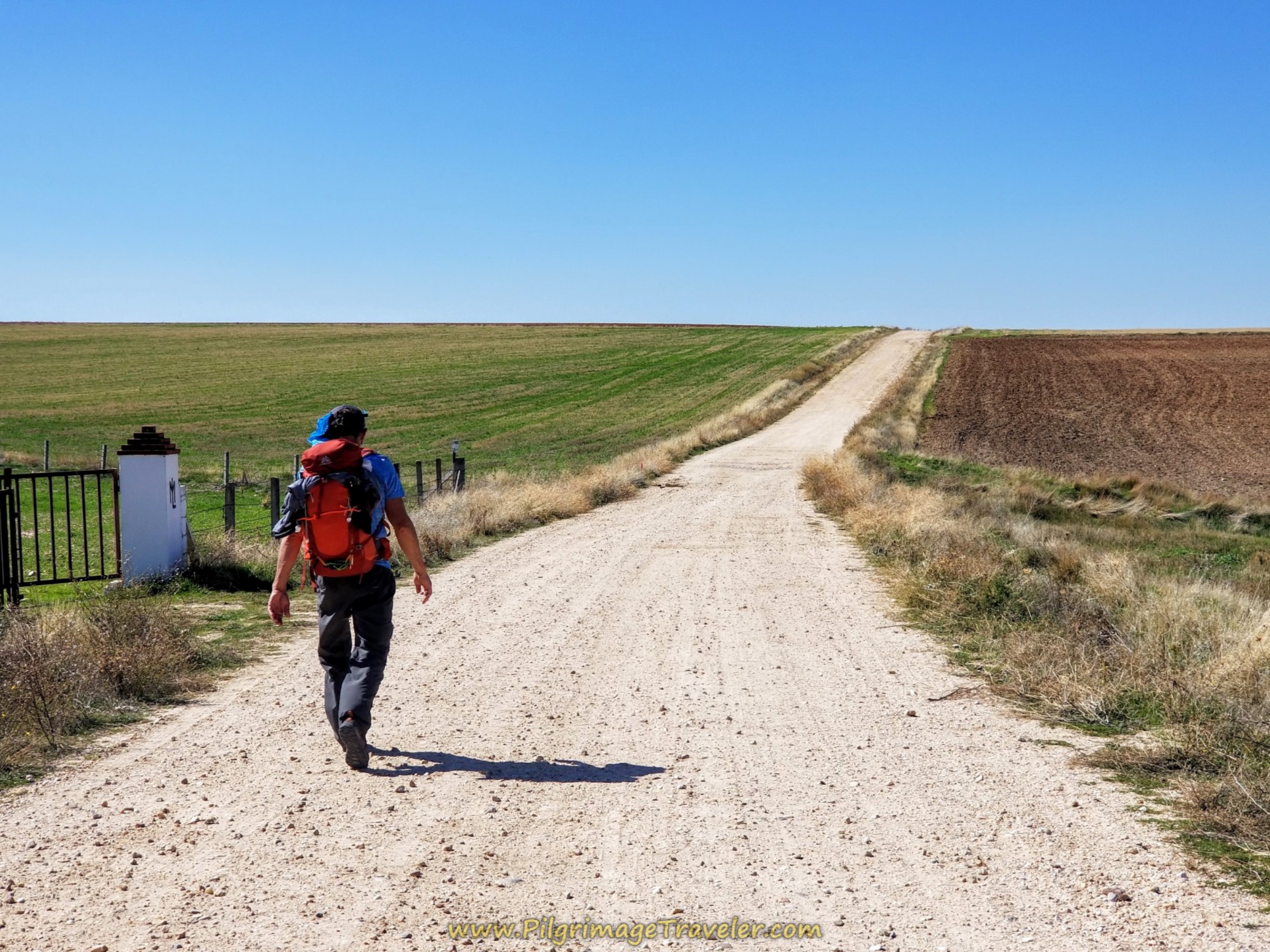
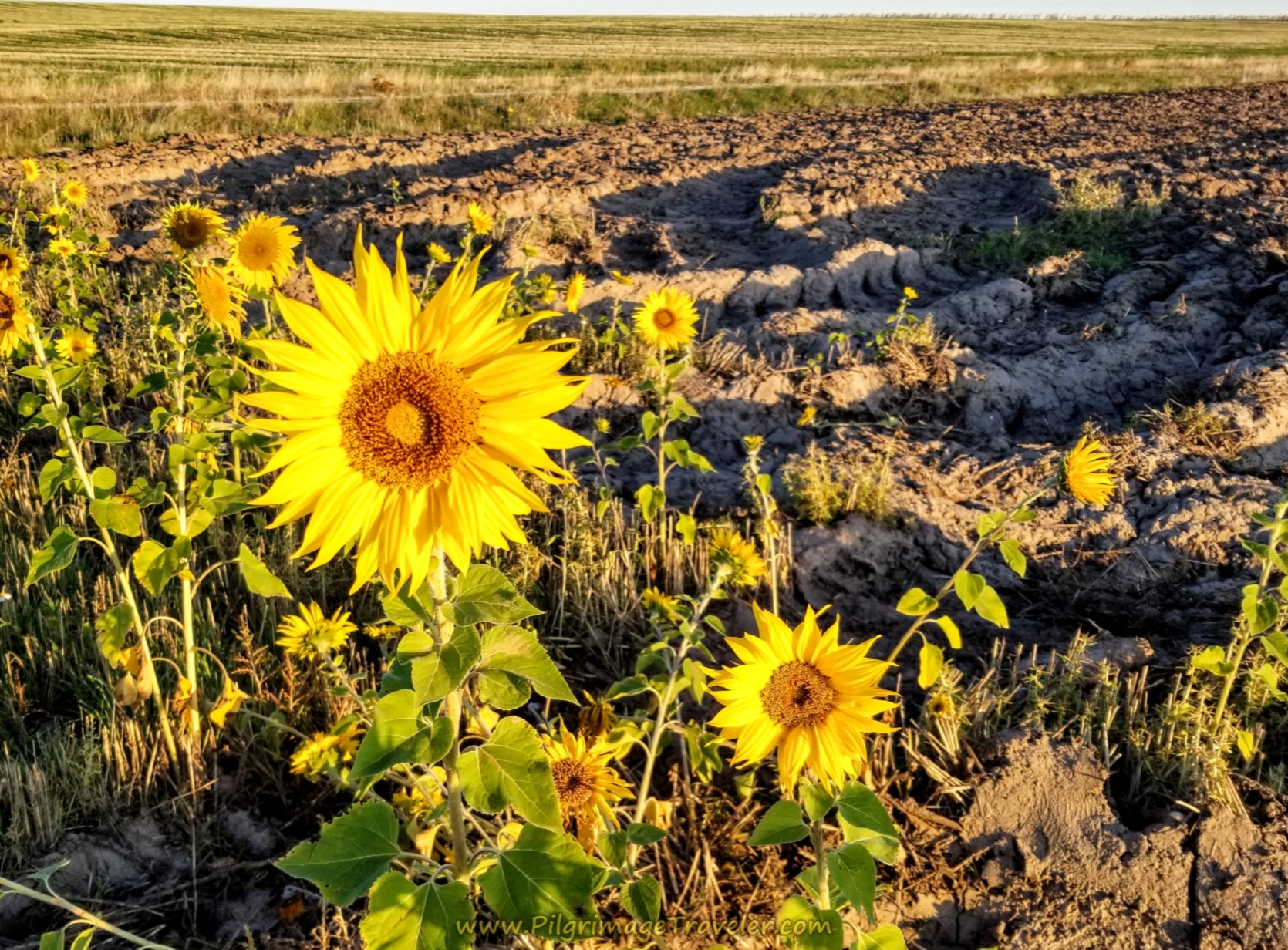
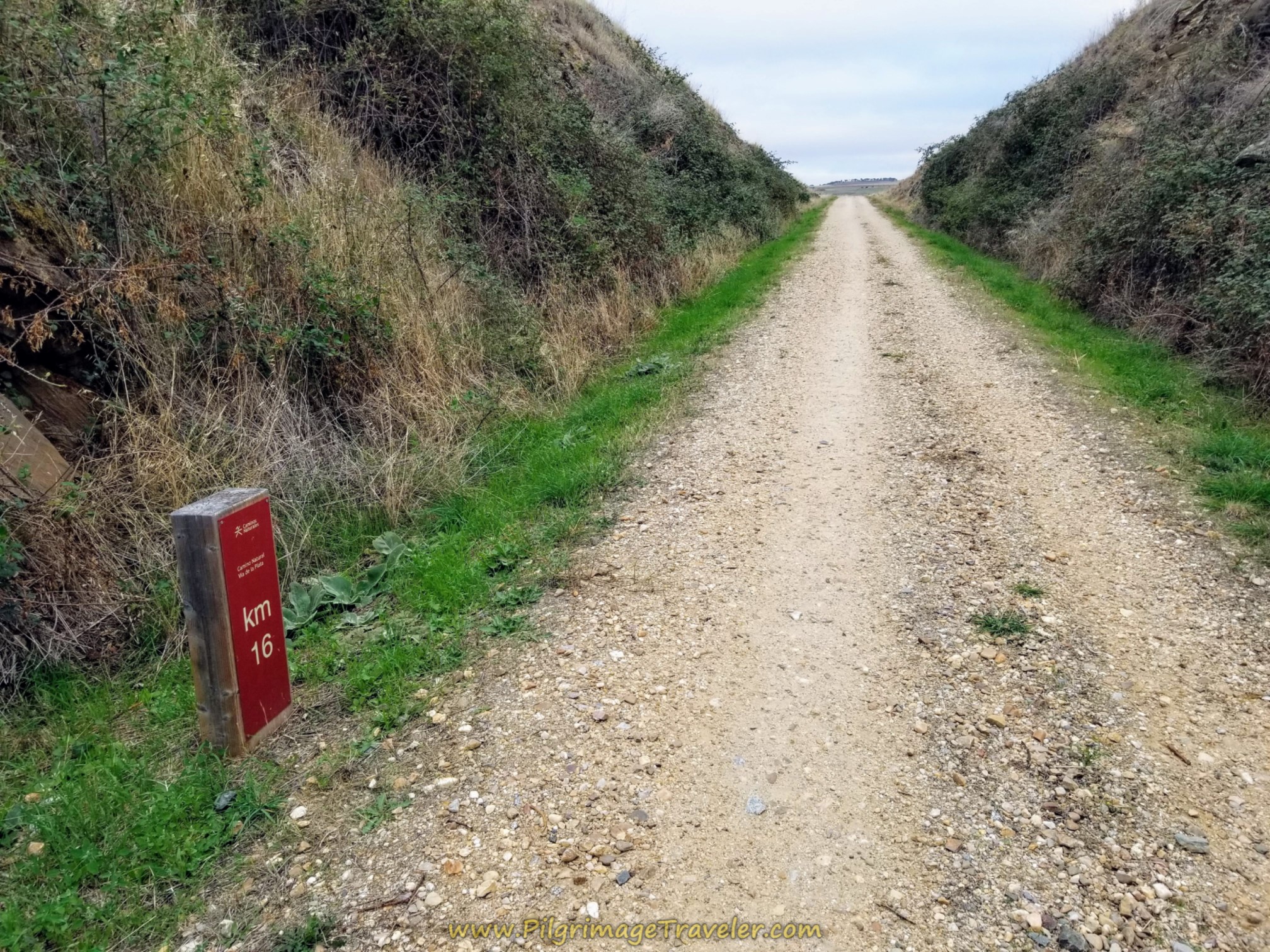
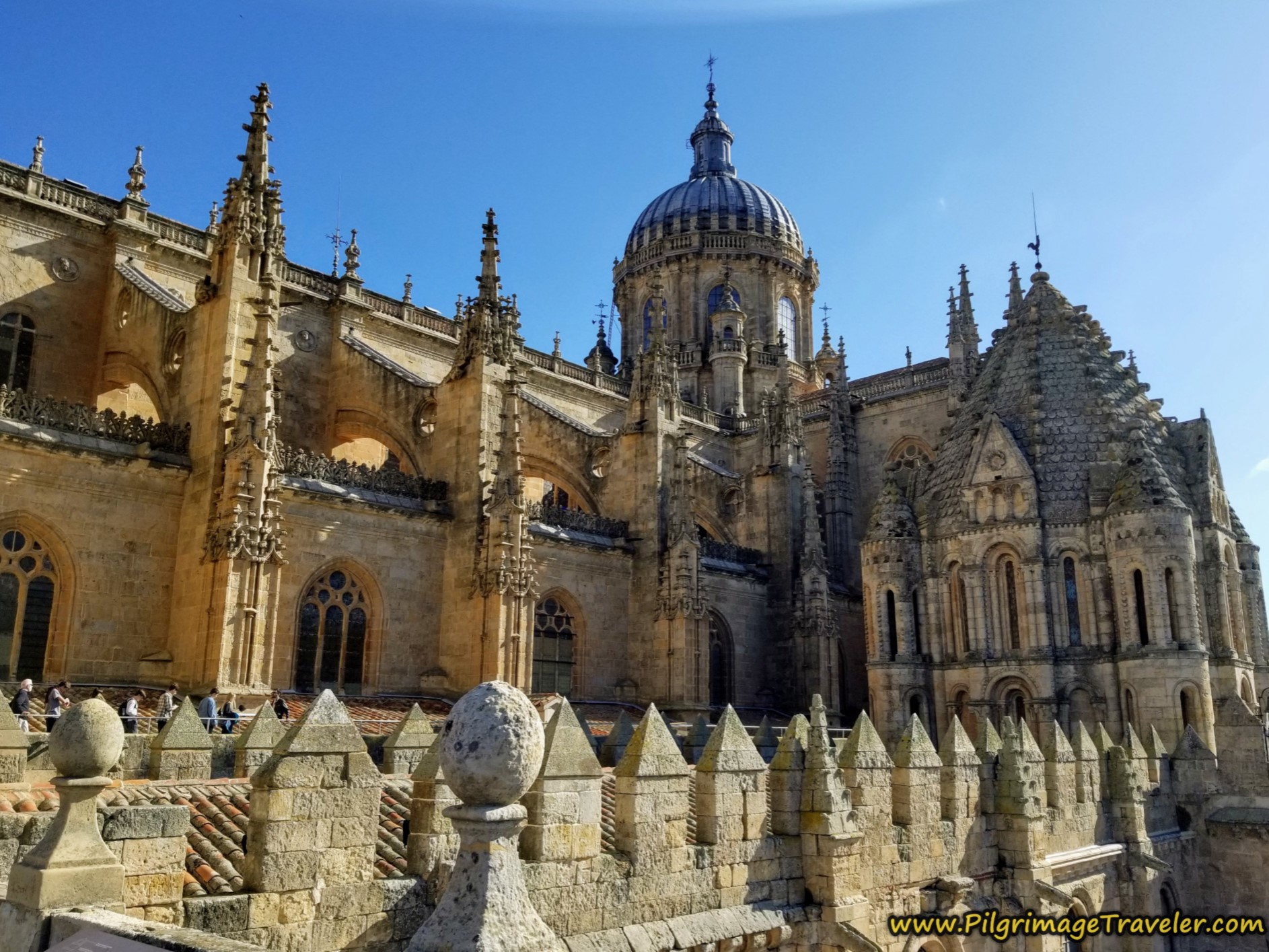
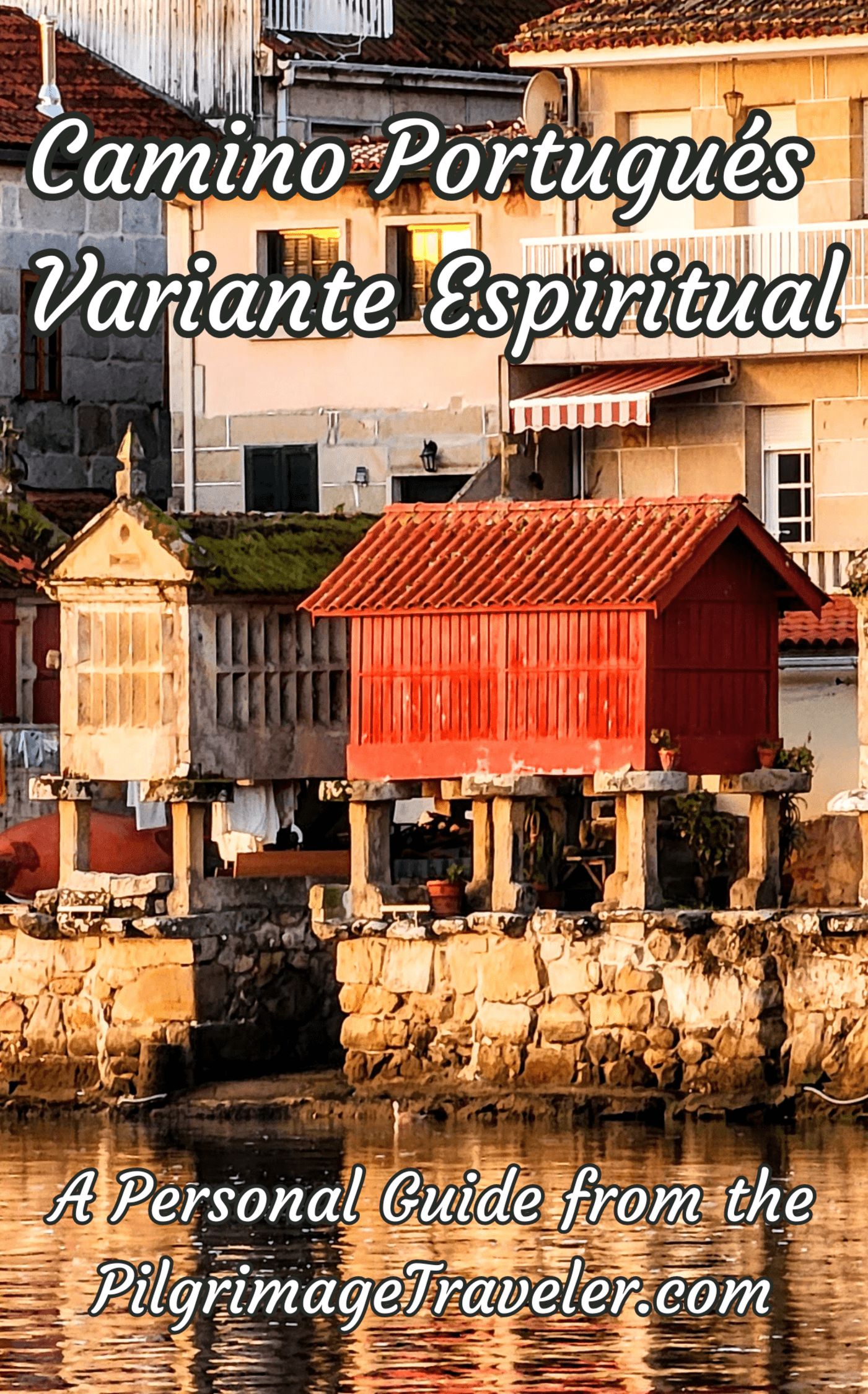
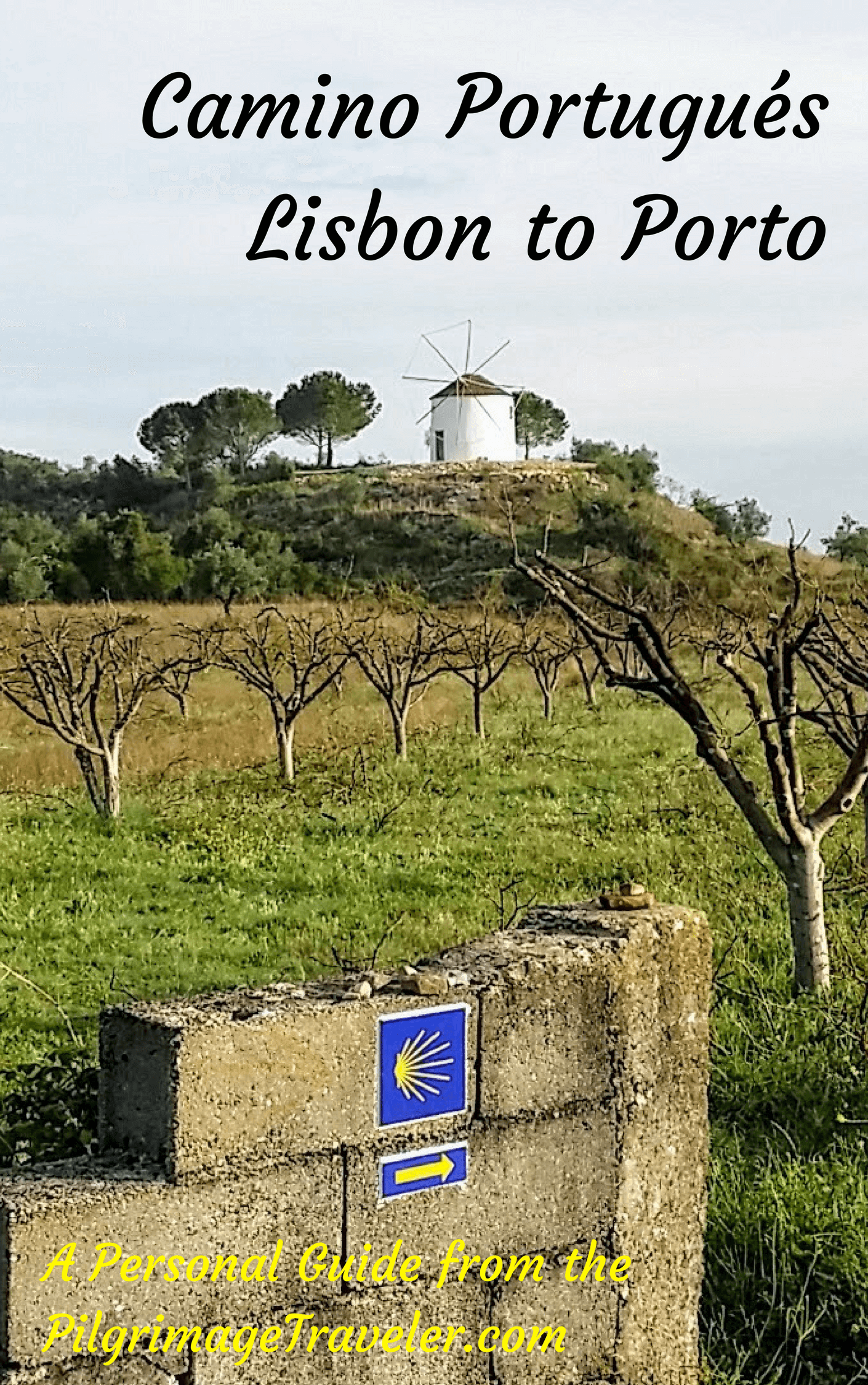
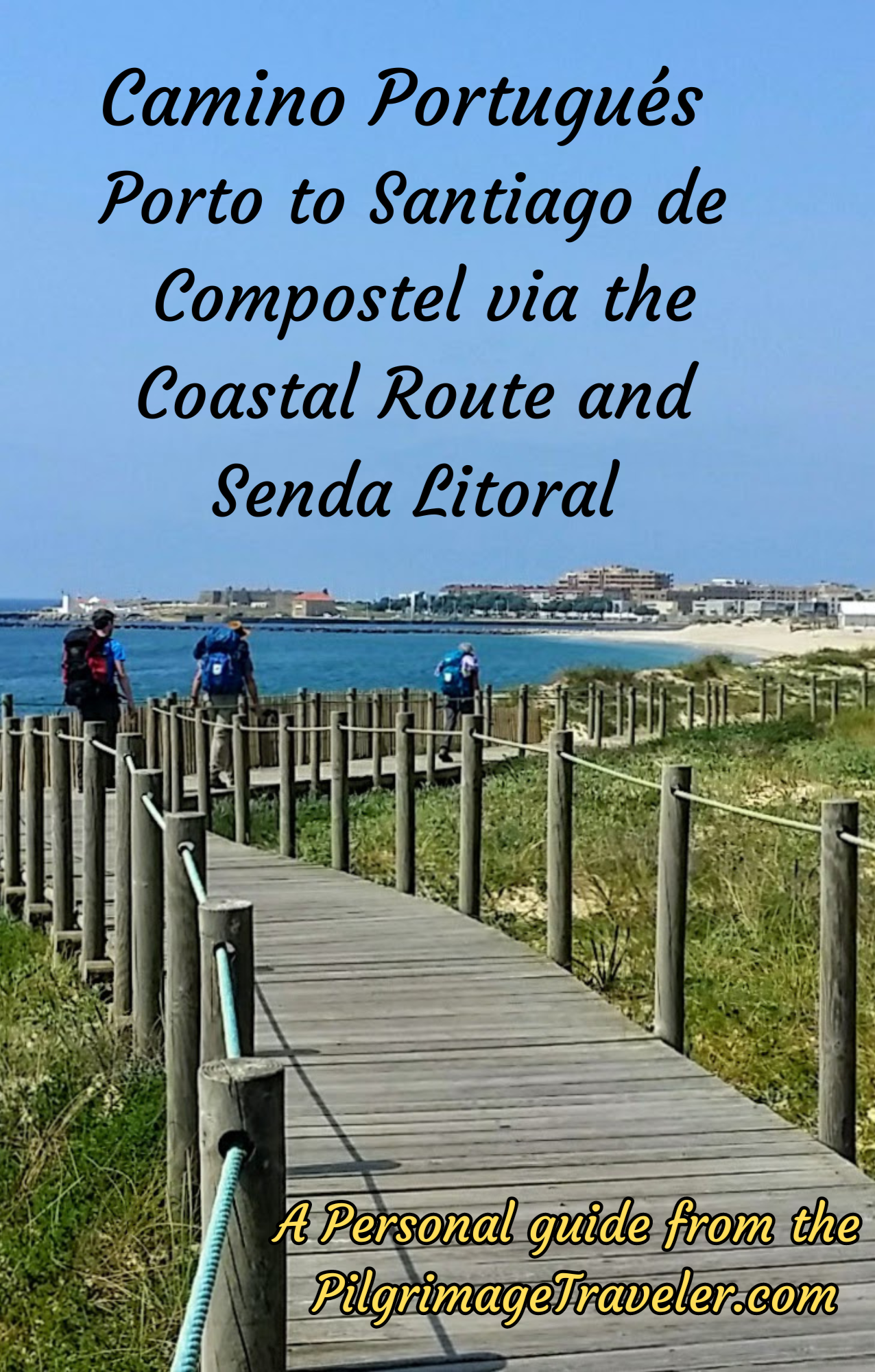
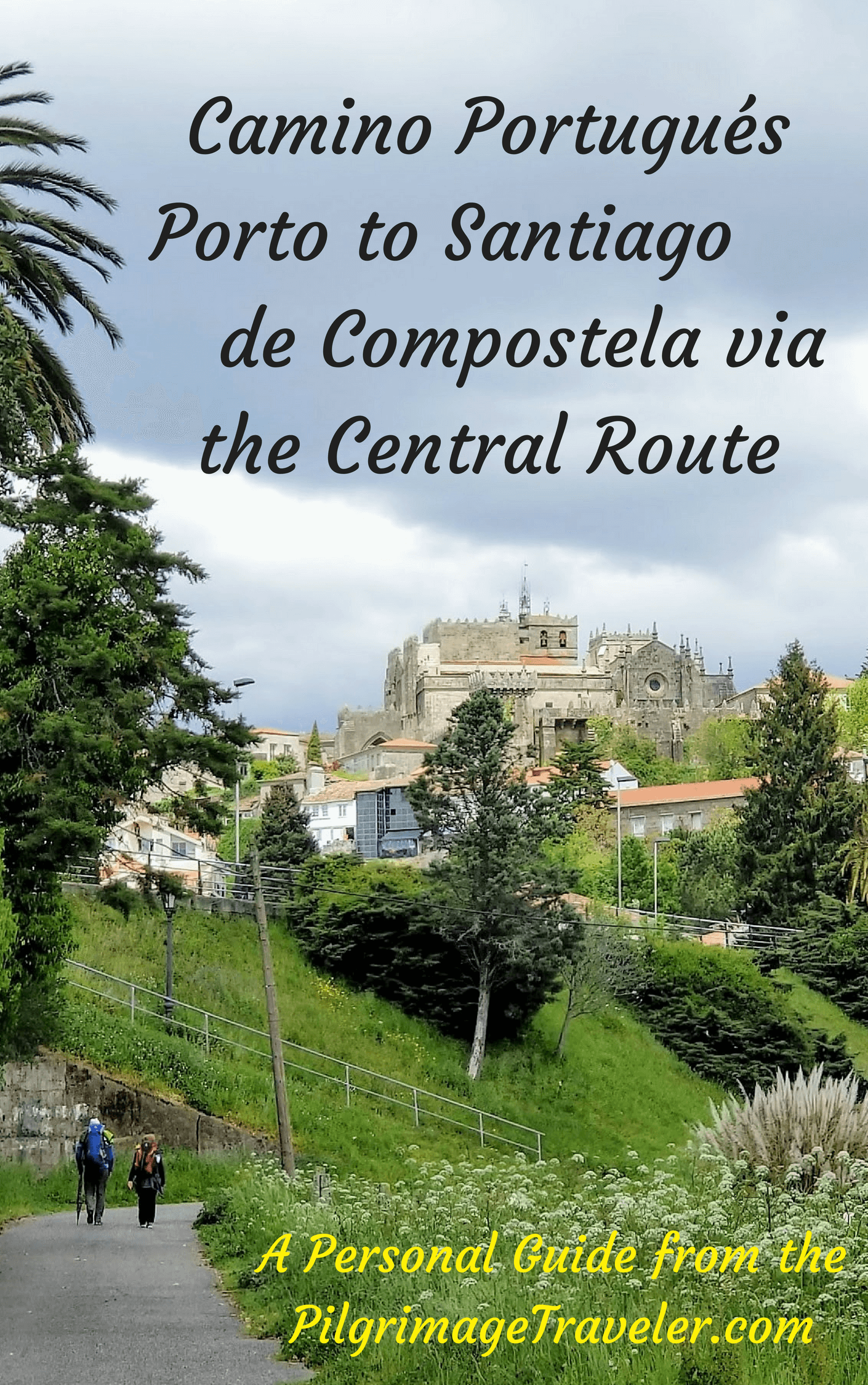
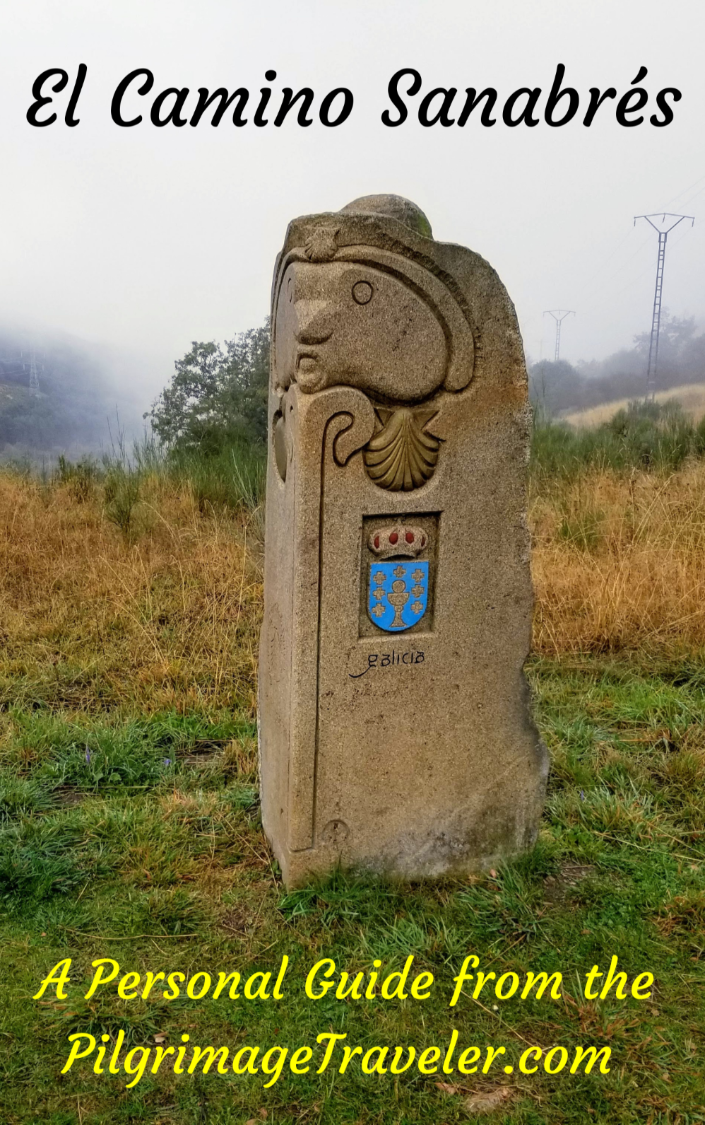
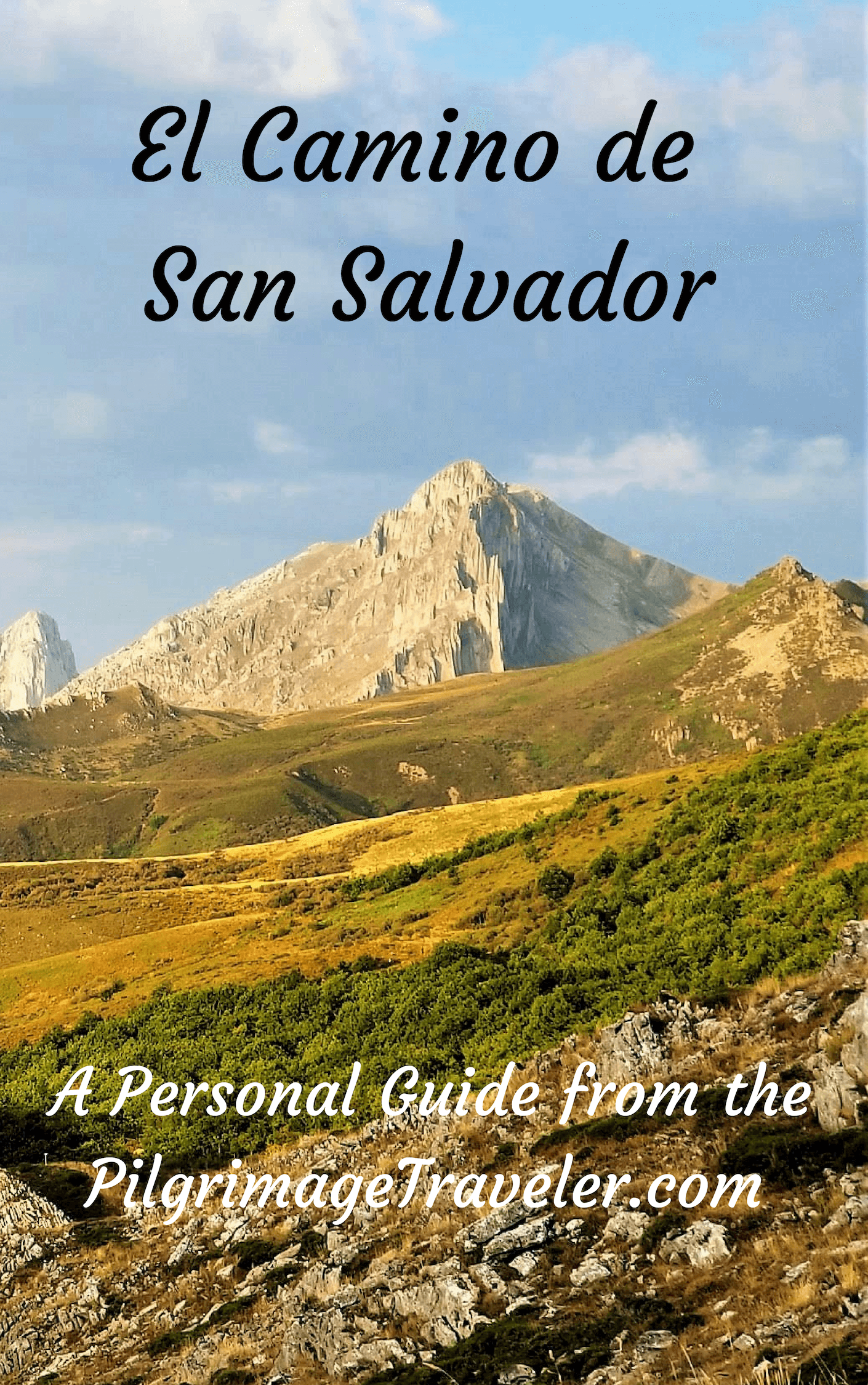
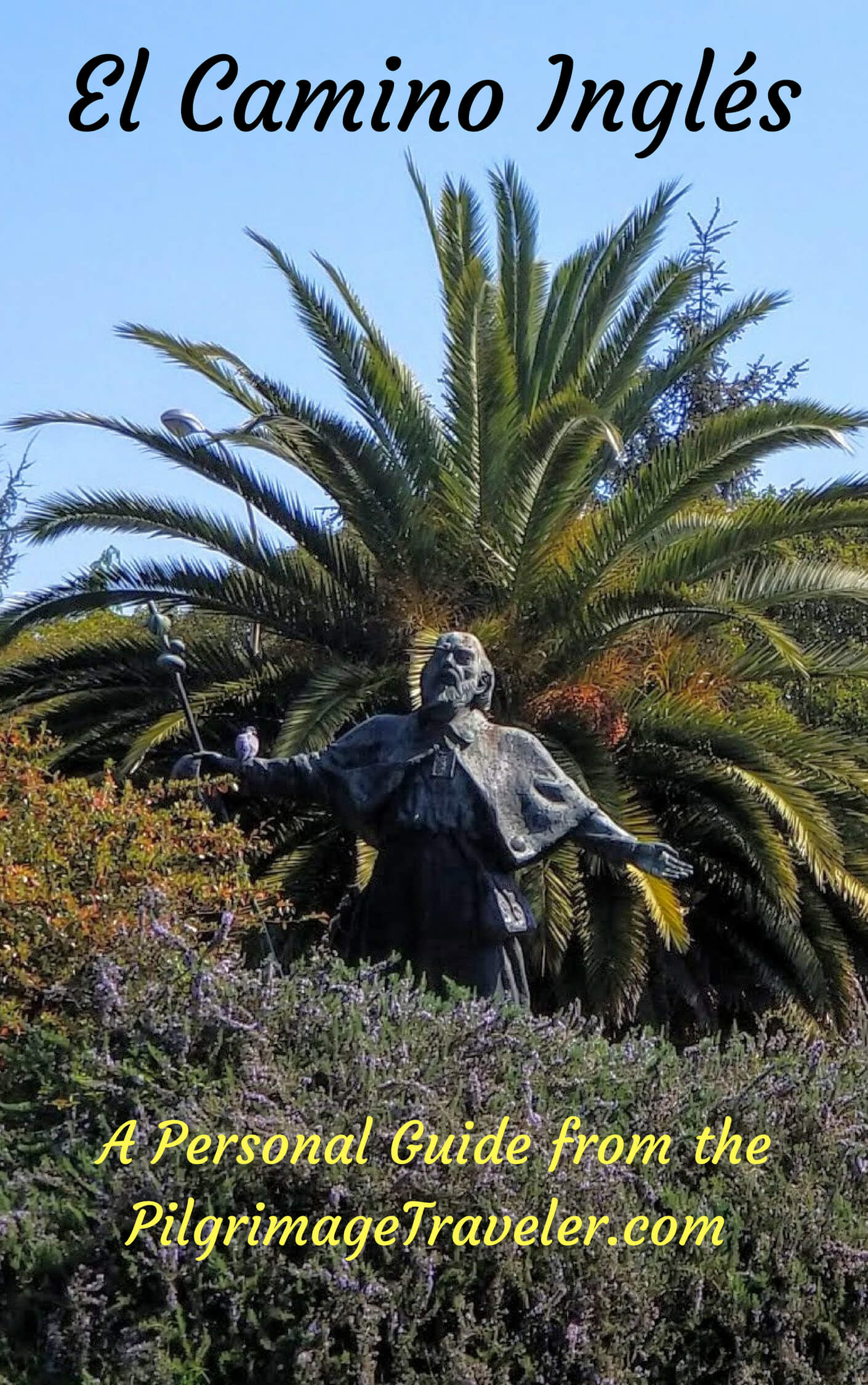
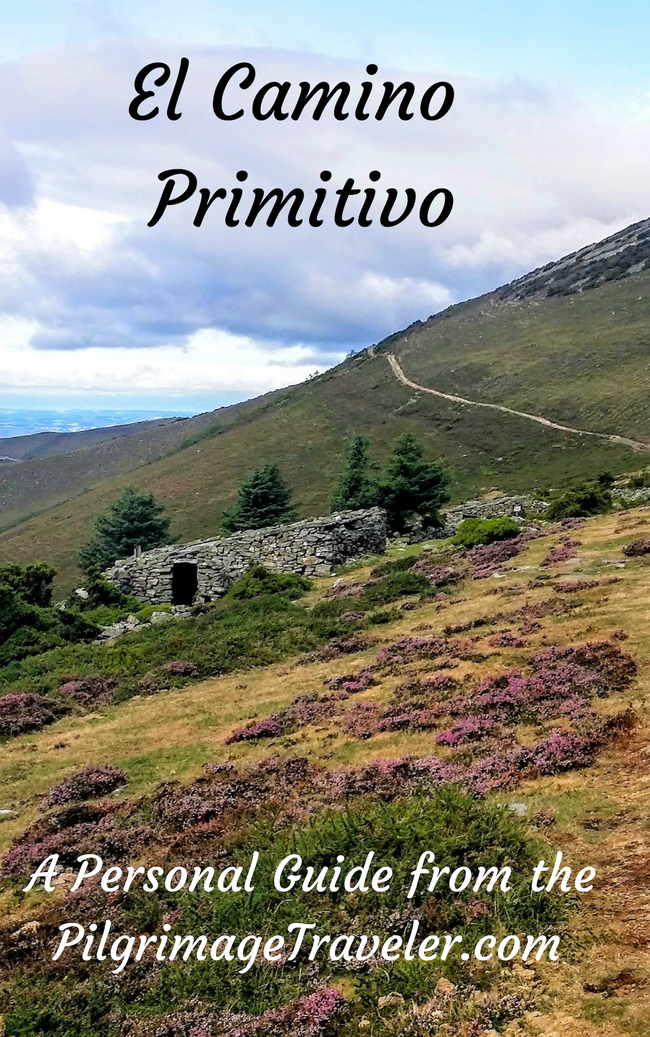
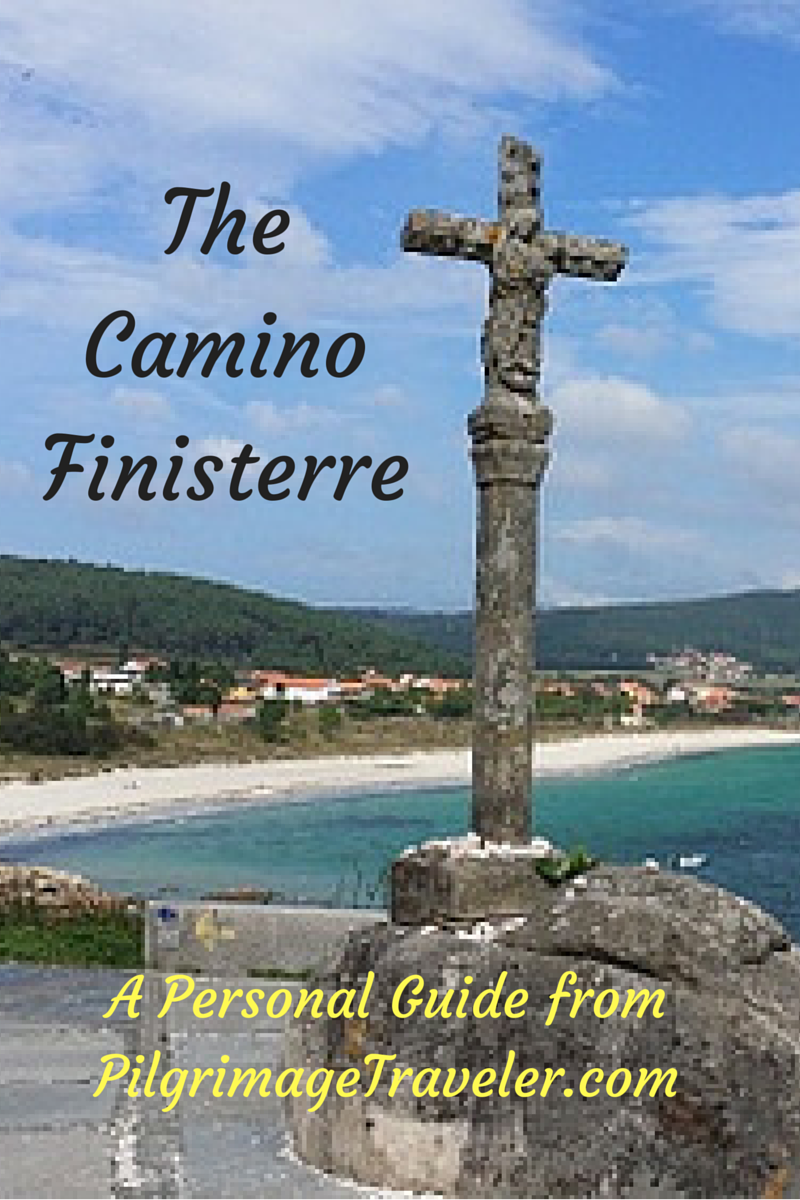
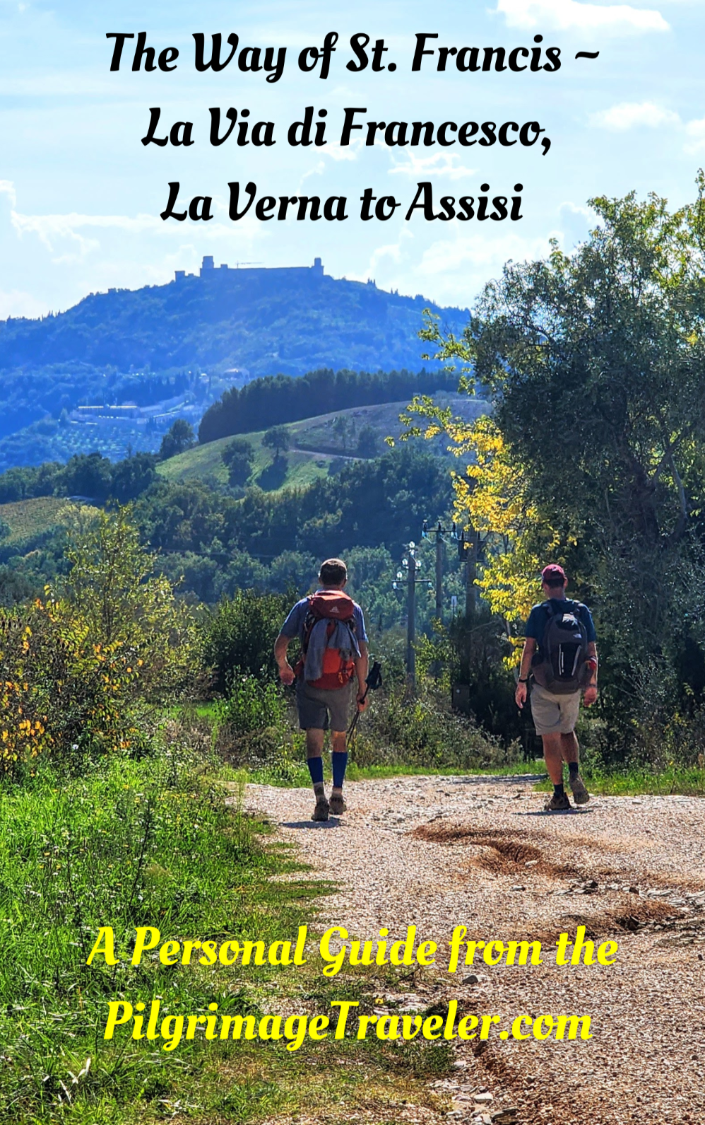

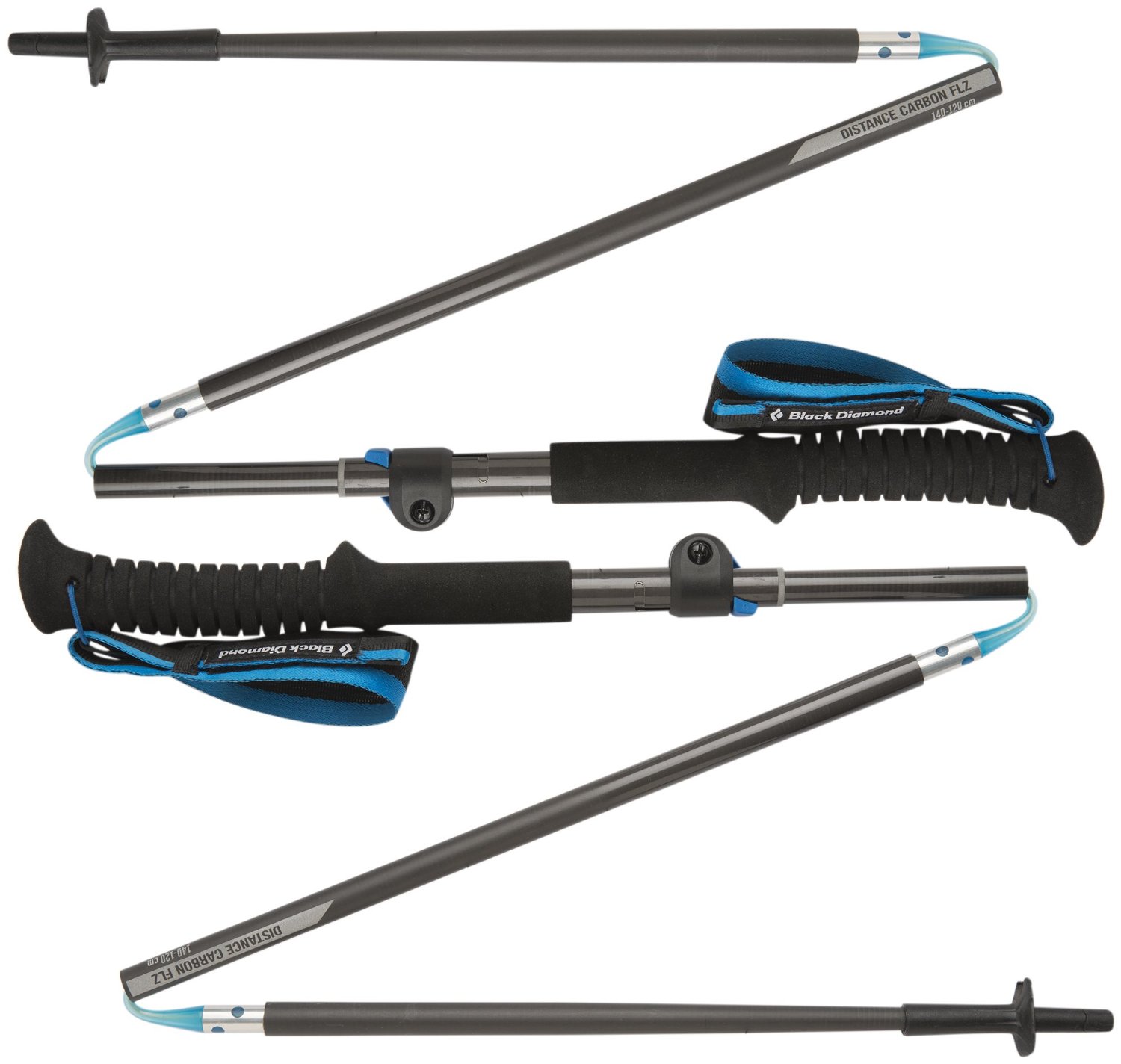


Your Opinion Matters! Comments
Have you had a similar experience, have some advice to give, or have something else you'd like to share? We would love to hear from you! Please leave us a comment in the box below.